The development and operation of an Environmental Monitoring Plan requires a wide range of knowledge concerning all the different environmental components.
VDP works in this field since the early 90s, undertaking multidisciplinary environmental monitoring on various important national projects and gaining considerable experience in the various environmental components that compose a monitoring plan. Thanks to the wide experience in the sector and the use of high precision instrumentation, VDP is also able to support Public and Private entities in the different phases of environmental monitoring campaign.

For proper execution of an environmental monitoring campaign it is essential to have a good knowledge of the area, in order to better define the location of the stations of detection. It is then required to proceed with the obtainment of relevant authorizations to place the instrumentation for surveys.
Each environmental component being monitored needs qualified technicians and experts on the field, able to handle both standard activities (according to the environmental component and the equipment used) and any anomalies that may arise from time to time .
The correct correlation between the recorded data and polluting activities in place is of crucial importance for the interpretation of data collected.
Therefore, it is basic to link the monitoring to the relative phase of the investigation.
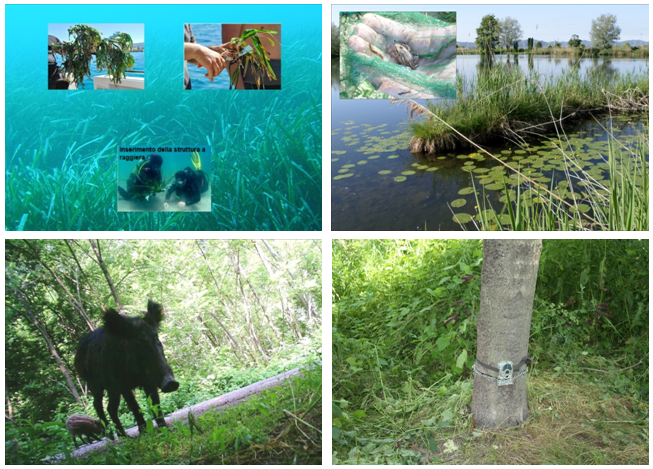
The overall process of monitoring is generally divided into three phases described below:
- Ante-operam Monitoring : this step aims to provide a snapshot of the status quo, before any change related to works occurs for its development, and it ends before the activation of construction site.
- Monitoring during construction phase: it covers the period of construction of the project, from the opening of construction sites up to their complete dismantling and restoration of sites. This is the phase with the greatest variability as it is closely linked to the advancement of works.
- Post-operam Monitoring: this stage is divided into pre-operation and operation phase of the work, and should absolutely not start before the complete dismantling and restoration of sites. The monitoring duration can last several years after the completion of the Work and is variable depending on the specific environmental component being monitored.
After construction site activities and the removal of equipment used, is performed the processing and display of the monitored data and is drafted a Report according to a format defined from time to time with the Client .
The reporting activity also requires a deep professional knowledge in order to correctly analyze data.
VDP is able to offer total support to both its public and private clients, in the implementation of Environmental Monitoring Plans, from the earliest stages up to the editing of the final reports.
In order to organize this typology of services, VDP can employ a large set of instruments, is capable to manage environmental monitoring networks and can continuously collect, store and transmit environmental data even for prolonged periods. The provided instrumentation allows high performances and remarkable versatility which are both extremely important given the complex analytical problems to face.
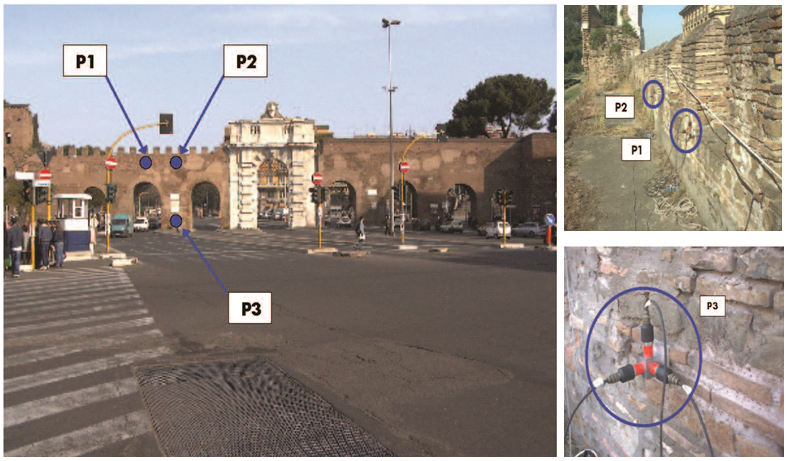
VDP performs monitoring activities in different environmental media and with diverse purposes of investigation; in the case of projects regarding infrastructures, the monitoring is carried out during the three stages of pre-construction, in-progress and post-construction.
The key services of the Company in the Environmental Monitoring field are listed below:
• Aquatic system : ground- and surface water;
• Aquatic system: ecosystem;
• Air Quality;
• Noise Pollution;
• Vibrations;
• Electromagnetic fields;
• Non-ionizing radiation;
• Soil and Subsoil;
• Fauna and Vegetation;
• Landscape;
• Waste disposal;
• Traffic and road conditions;
• Social Environment;
• Public health.
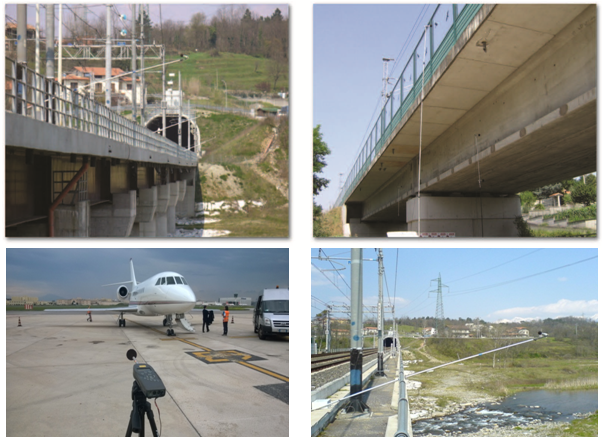
Moreover, in recent years VDP has gained important experience regarding the management of monitored data through information systems. In fact it is becoming quite frequent the implementation of digital information systems to manage and share the data of the different environmental components.
In this context, it is simple to notice how, for several years, VDP has been able to manage the largest part of its projects using dedicated Information Systems directly developed for the specific work.
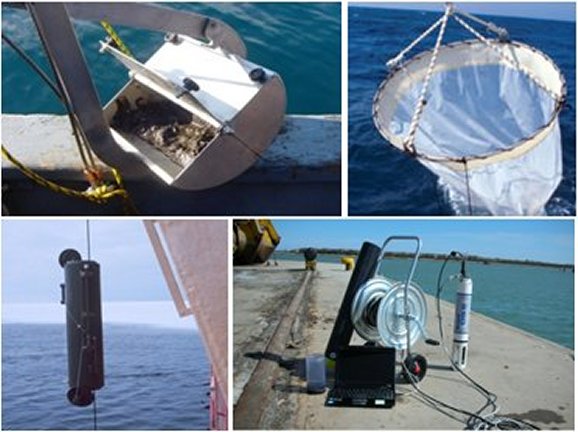
The necessity of environmental monitoring can arise from different situations depending on the typology of monitored activities and their localization.
The ultimate objective of a monitoring plan is the evaluation of the environmental consequences connected to the construction and operation of a work. This can be achieved with the implementation of periodic controls, through detection and measurement of specific biological, chemical and physical parameters that characterize the various environmental components.
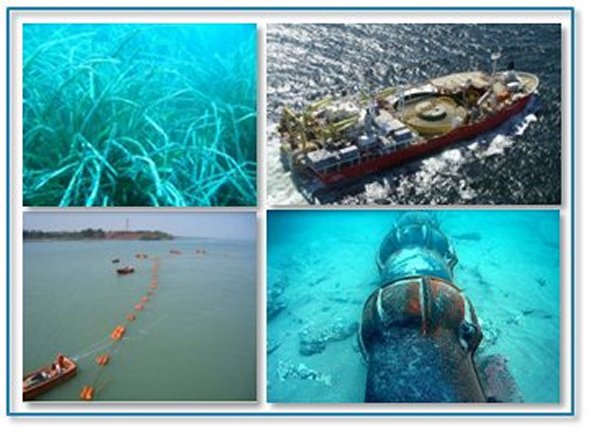
The exact measurement goals are closely related to the monitoring phase, as briefly explained below:
• Pre-activity monitoring aims to:
- Define appropriate environmental indicators to be monitored and whose evolution should be mentioned in the survey report;
- Serve as a basis for predicting changes due to the construction and operating stages and for proposing suitable measures to be deployed
• In-progress monitoring aims to:
- Report the occurrence of environmental emergencies in order to select the most correct means able to prevent irreversible harmful impacts on the quality of the environment;
- Ensure the monitoring of specific situations in order to adjust the work implementation to particular environmental necessities;
- Verify the effectiveness of the potential mitigation measures.
• Post-activity monitoring aims to:
- Confirm the environmental impacts caused by the activity;
- Ascertain the actual effectiveness of the mitigation measures;
- Determine whether further measurements are needed in order to contain unforeseen impacts.
The generic objectives of Environmental Monitoring Plans can be summarized as follows:
• Test the compliance with the hypothesis made in the Environmental Impact Study (EIS). This monitoring regards only the construction and operational phases;
• Link the diverse monitored stages in order to observe and understand the evolution of the environmental conditions;
• Ensure the complete control of the environmental situation during the construction stage;
• Verify the accuracy of the implemented mitigation measures, and therefore their effectiveness;
• Provide criteria for verification and control of monitoring procedures;
• Perform, during construction and operation, the appropriate verification procedures concerning the compliance with the obligatory requirements and recommendations prescribed by the legislation.
-
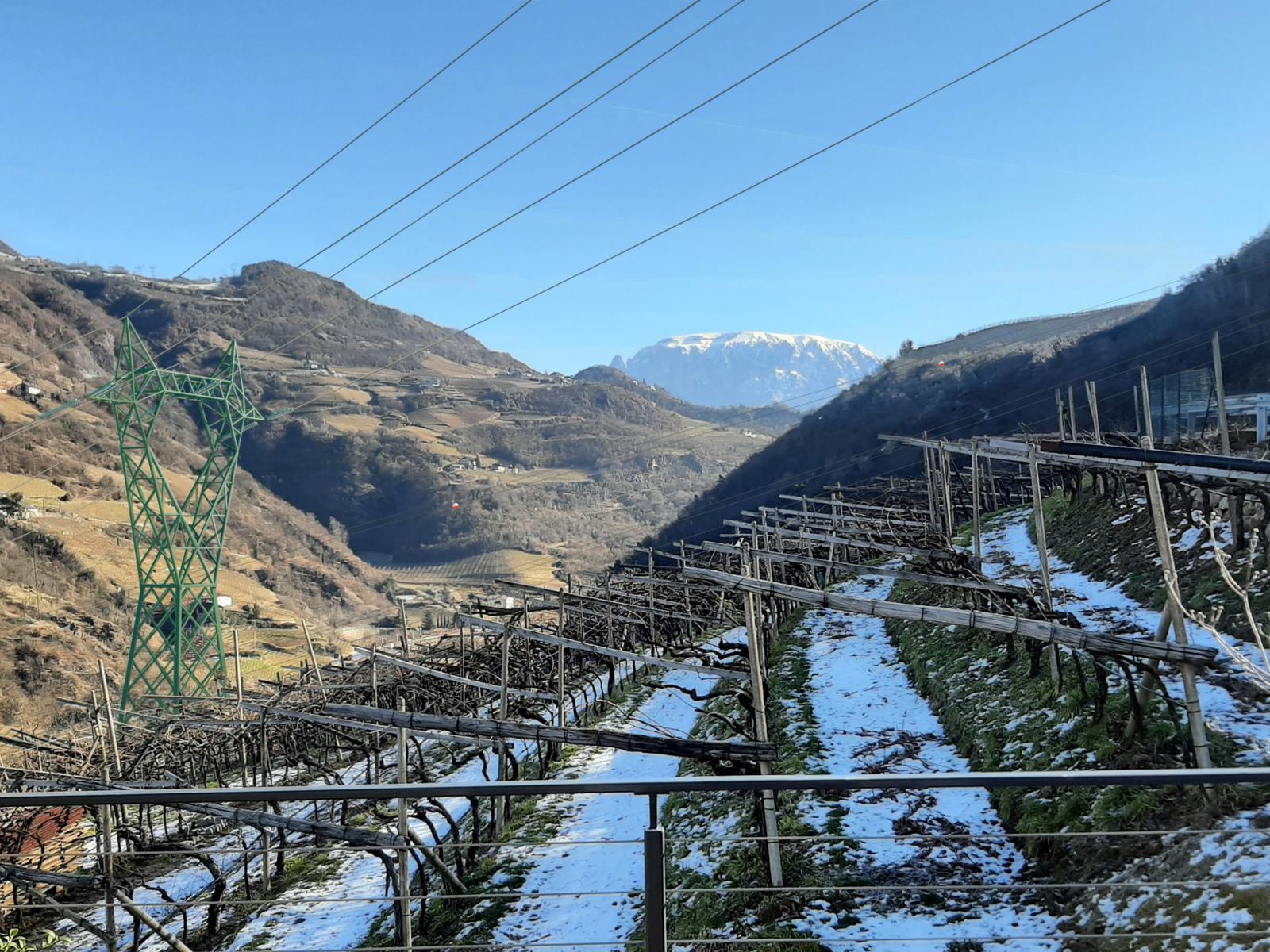 Rearrangement of the NTG in the Eisack Valley – TERNASettore: Energy Infrastructures
Rearrangement of the NTG in the Eisack Valley – TERNASettore: Energy Infrastructures -
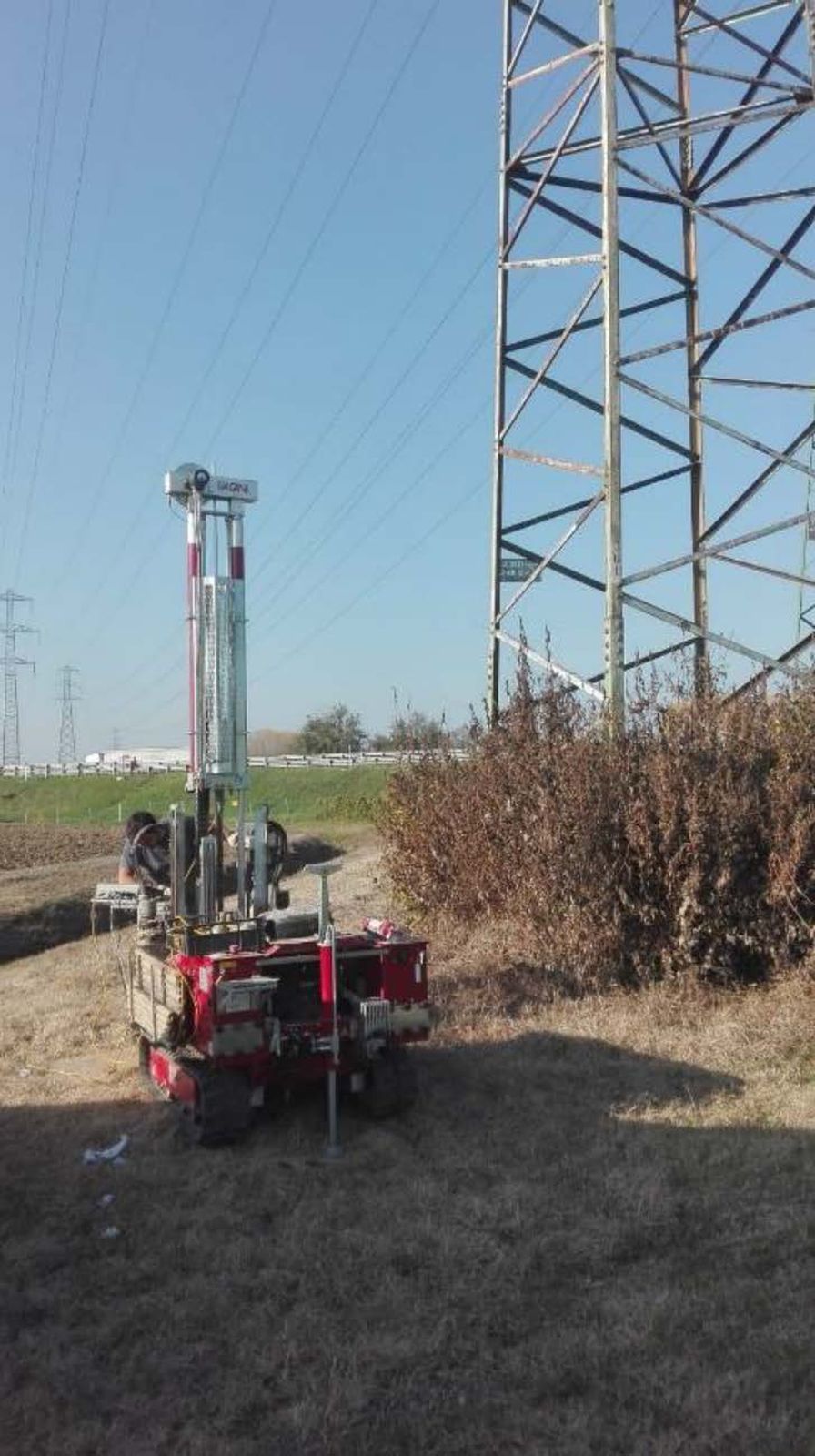 Geology framework agreement – TernaSettore: Energy Infrastructures
Geology framework agreement – TernaSettore: Energy Infrastructures -
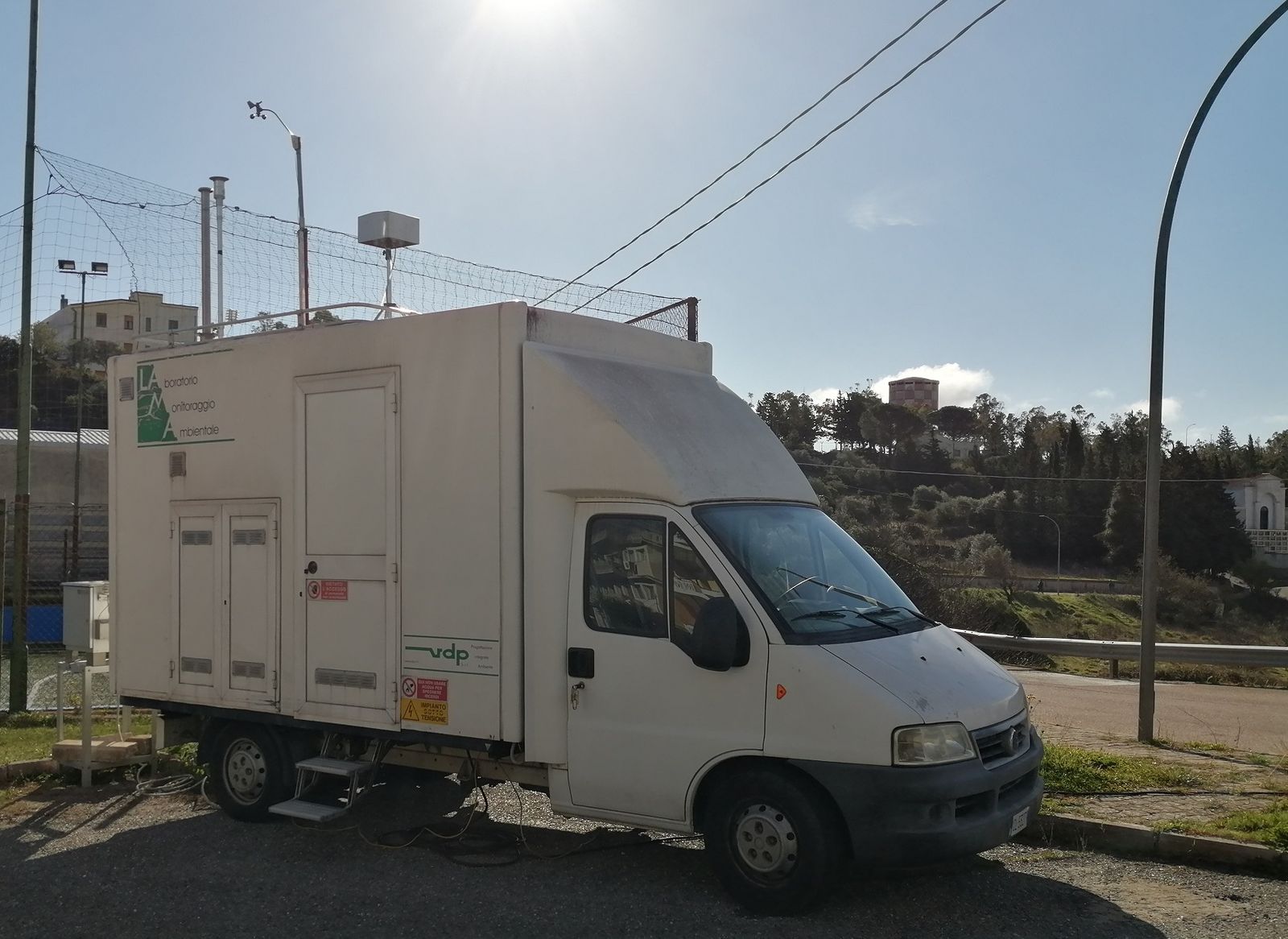 VARIANTE DI ANCONA – Environmental MonitoringSettore: Roads & Highways
VARIANTE DI ANCONA – Environmental MonitoringSettore: Roads & Highways -
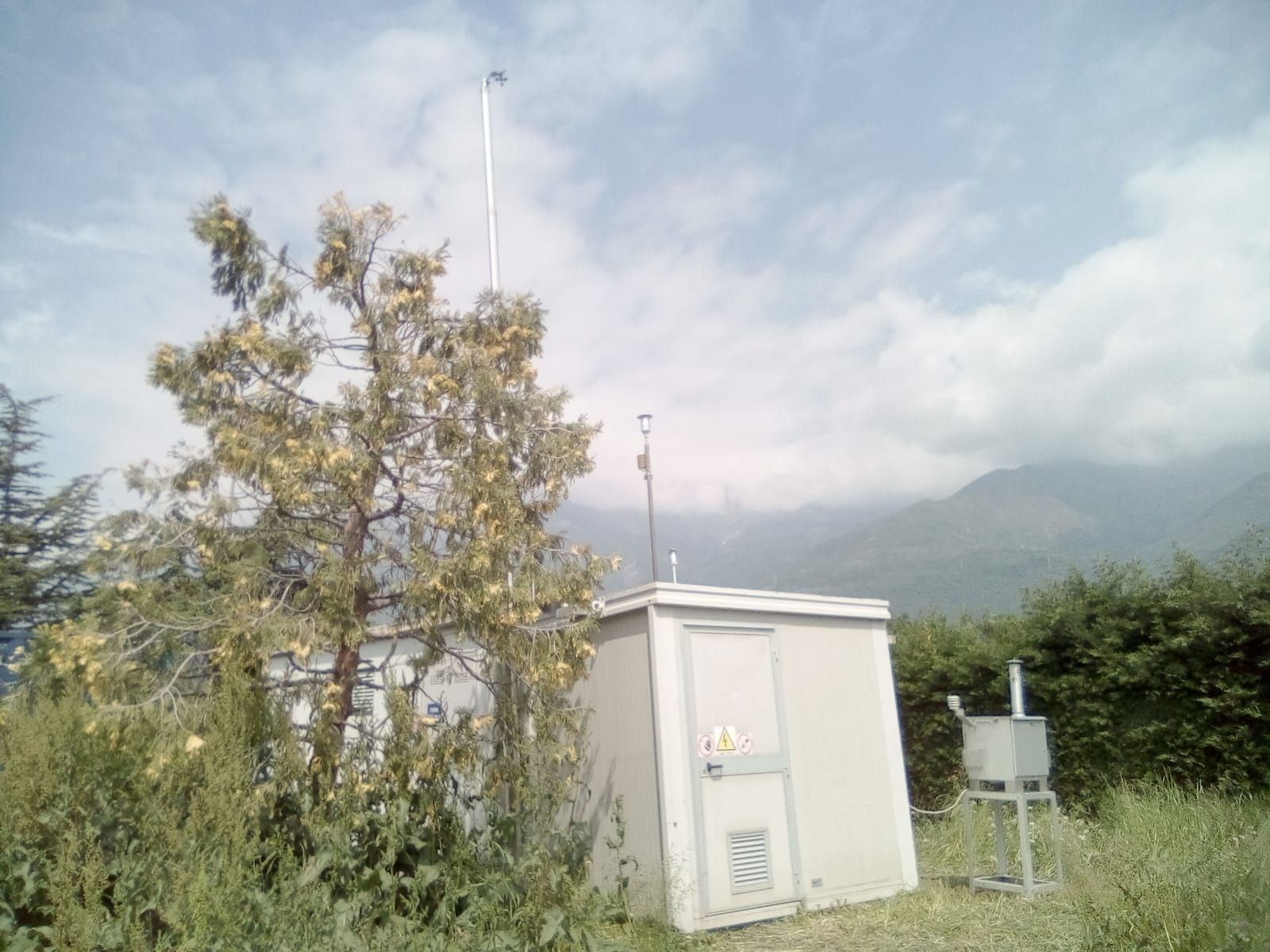 Relocation of the Susa off-motorway service stationSettore: Roads & Highways
Relocation of the Susa off-motorway service stationSettore: Roads & Highways -
 Framework Contract for the Brescia-Padua MotorwaySettore: Roads & Highways
Framework Contract for the Brescia-Padua MotorwaySettore: Roads & Highways -
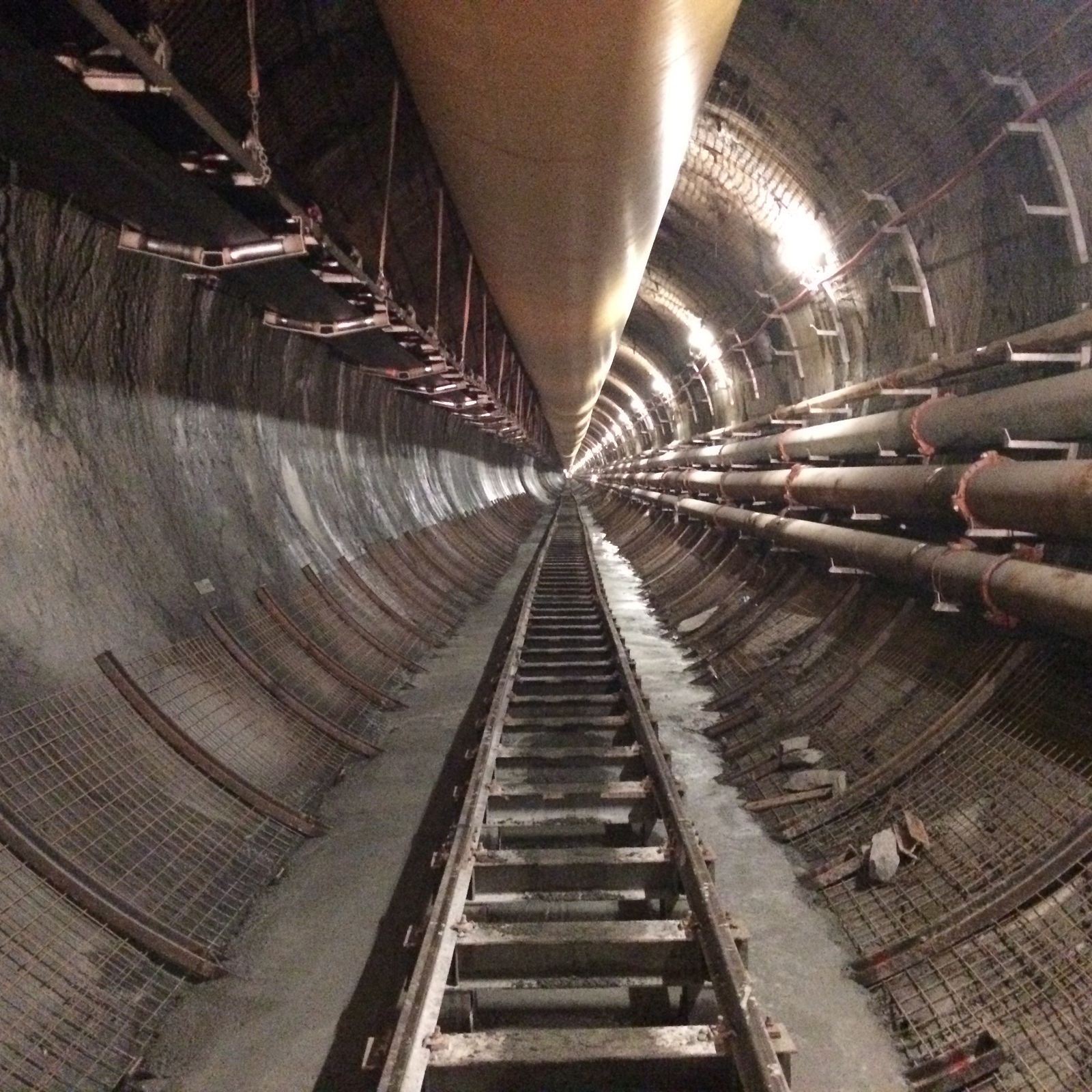 TELT – interchange niches La Maddalena TunnelSettore: Railways & Station
TELT – interchange niches La Maddalena TunnelSettore: Railways & Station -
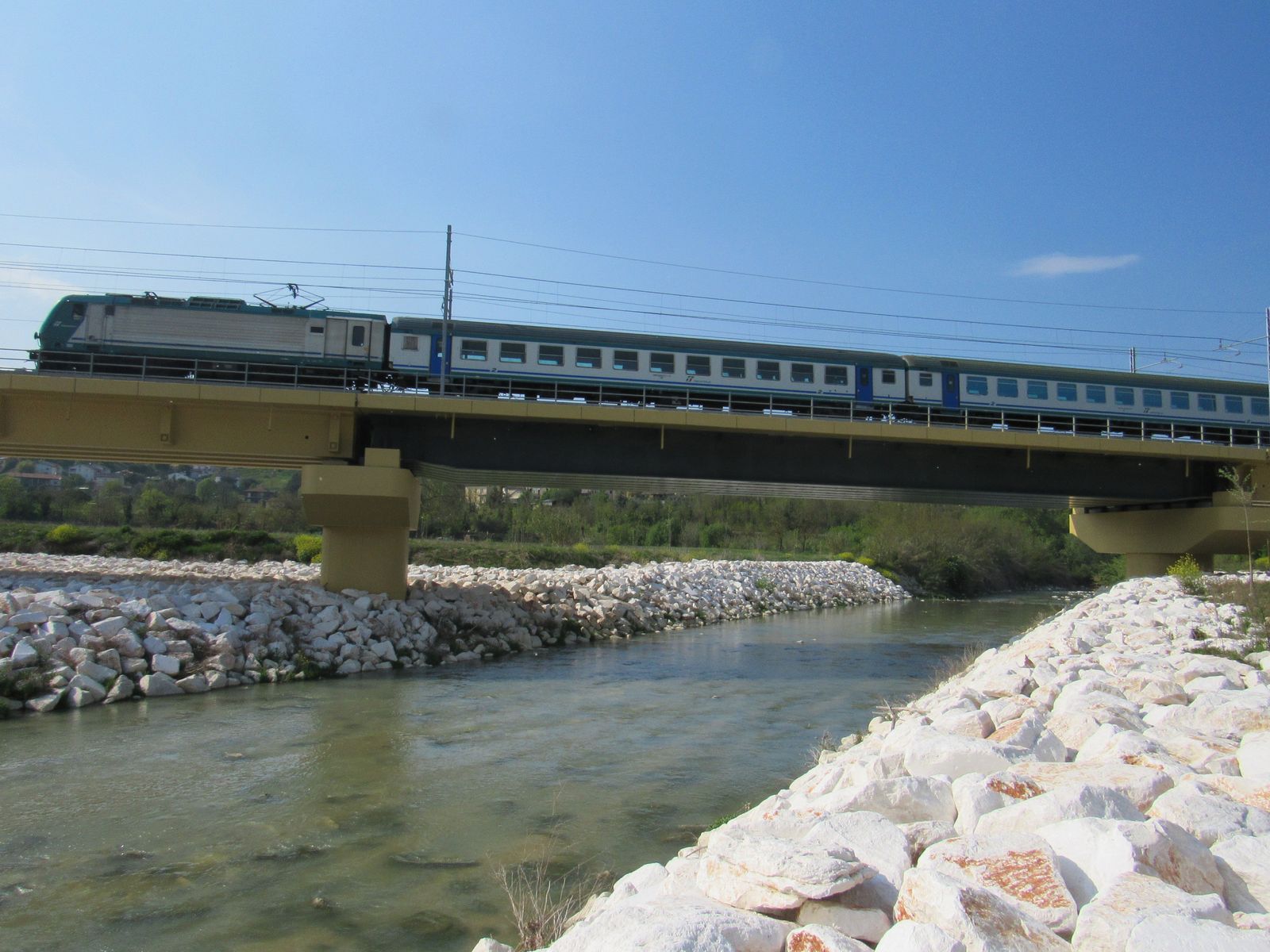 Framework Agr. environmental and social assessmentSettore: Railways & Station
Framework Agr. environmental and social assessmentSettore: Railways & Station -
Mitigazione acustica Autostrada Brescia PadovaSettore: Roads & Highways
-
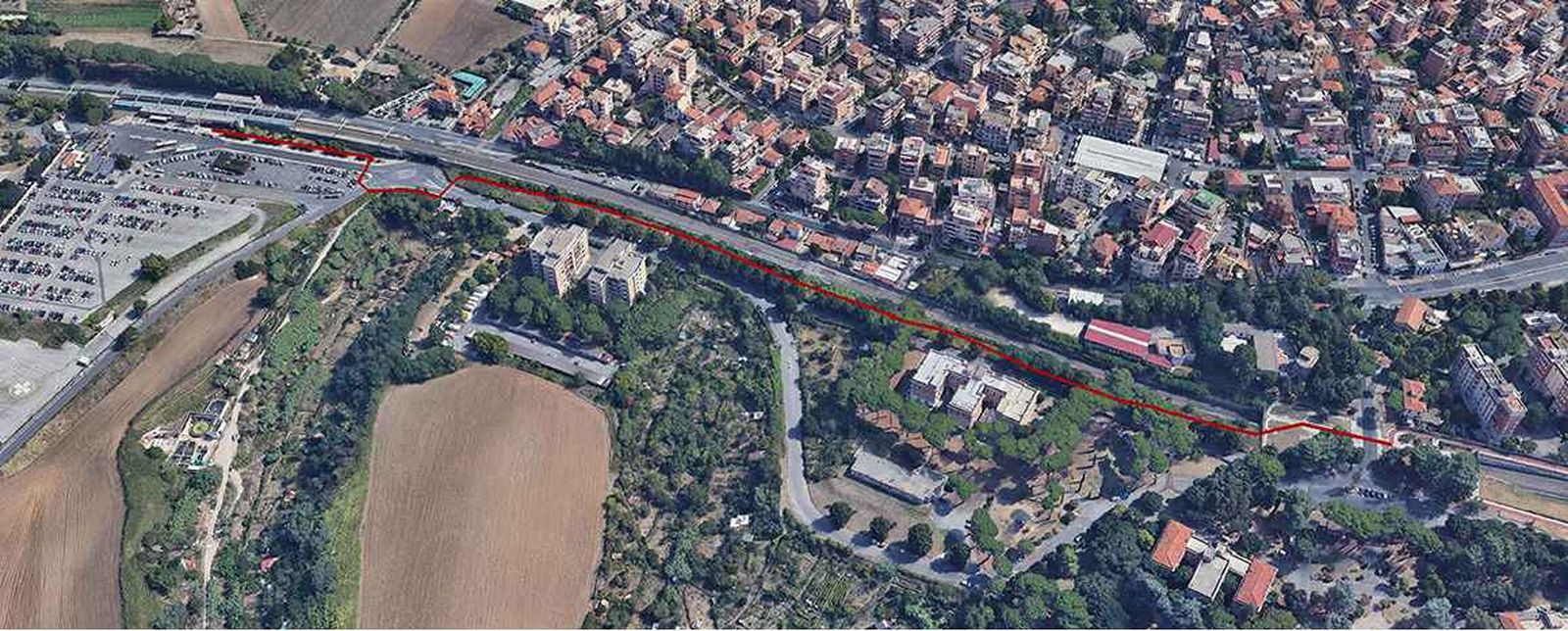 Investigations of tree status in Rome
Investigations of tree status in Rome -
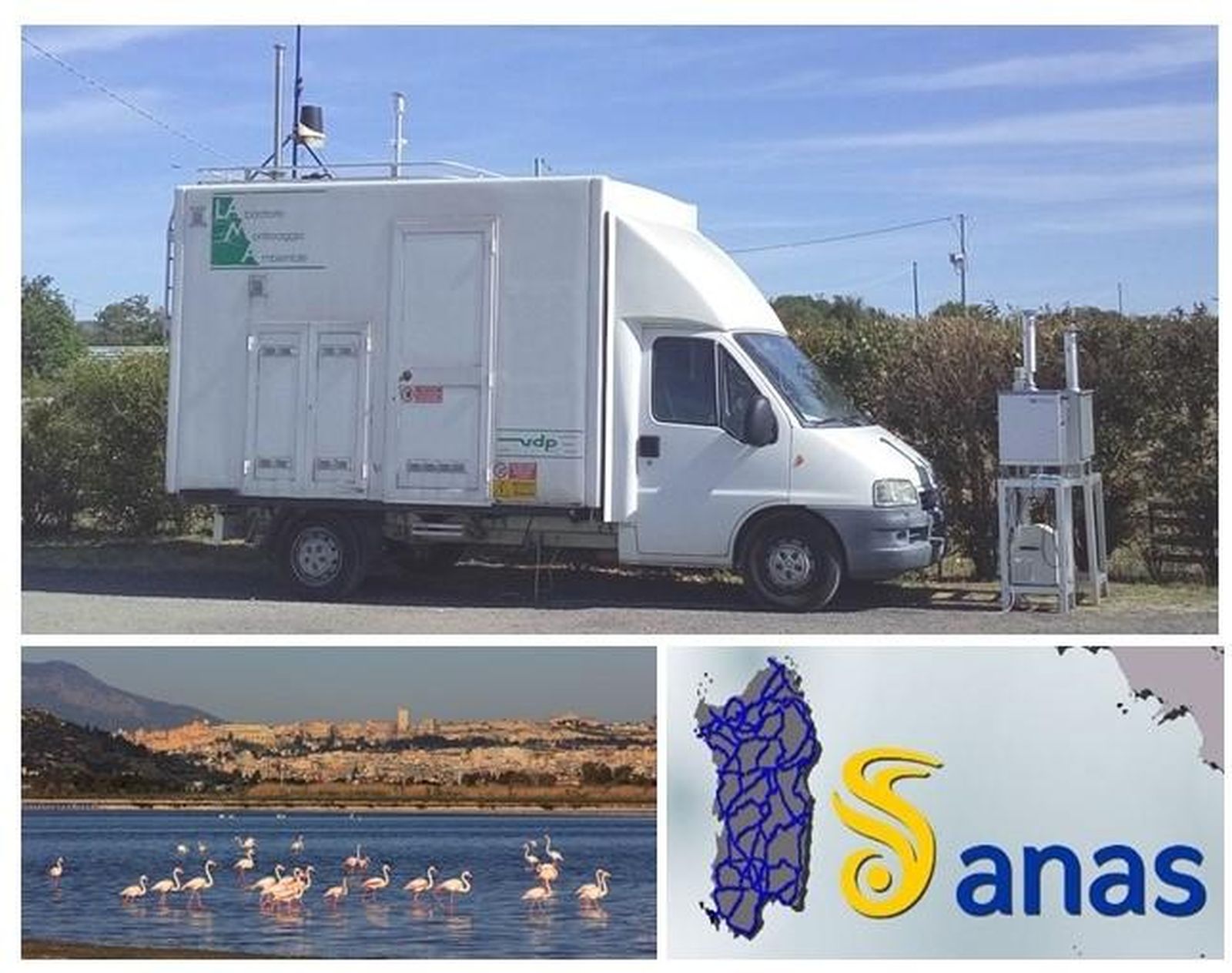 Framework agreement environmental monitoringSettore: Roads & Highways
Framework agreement environmental monitoringSettore: Roads & Highways -
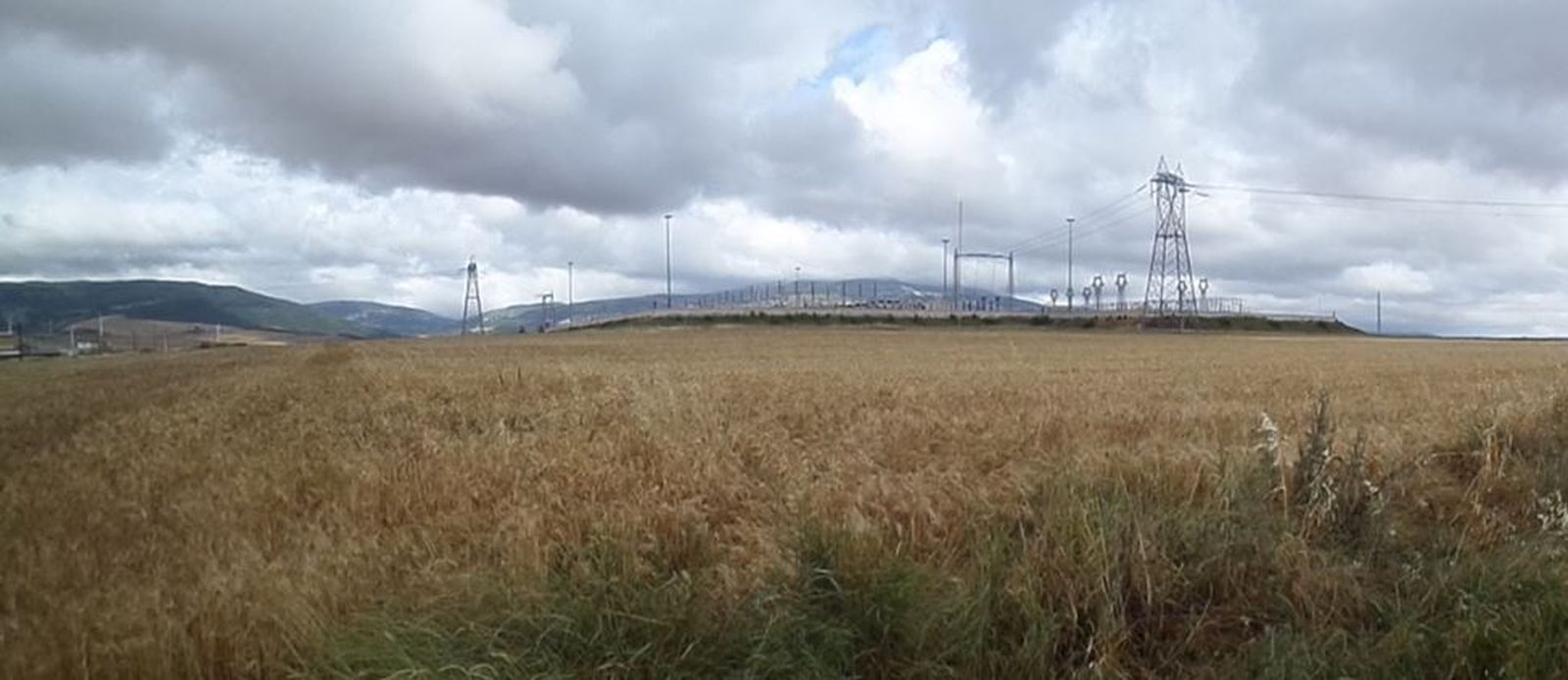 Overhead power line 150 kV “Troia – Celle San Vito” Puglia Region ItalySettore: Energy Infrastructures
Overhead power line 150 kV “Troia – Celle San Vito” Puglia Region ItalySettore: Energy Infrastructures -
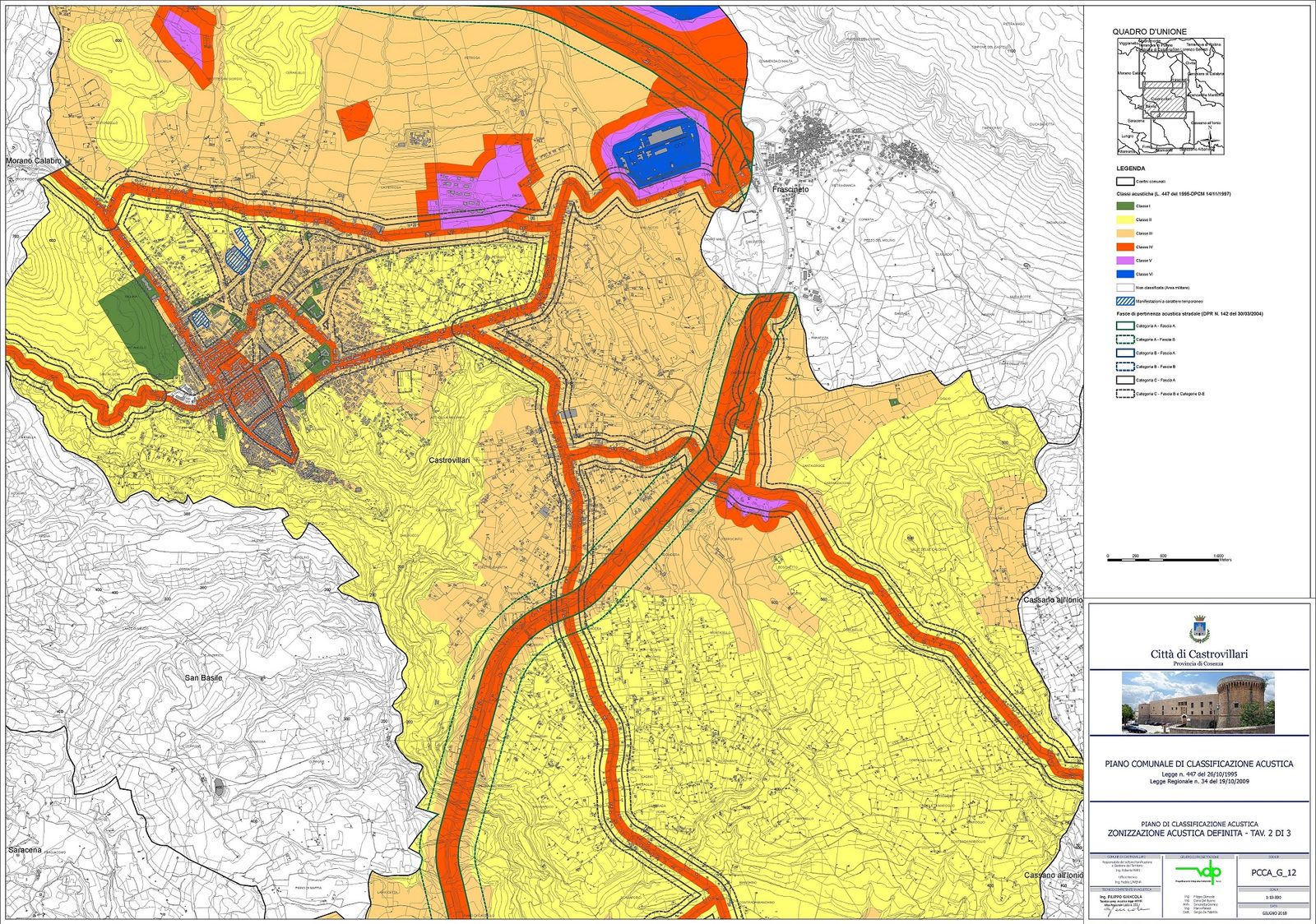 Municipality of Castrovillari – Acoustic zoningSettore: Public Administrations
Municipality of Castrovillari – Acoustic zoningSettore: Public Administrations -
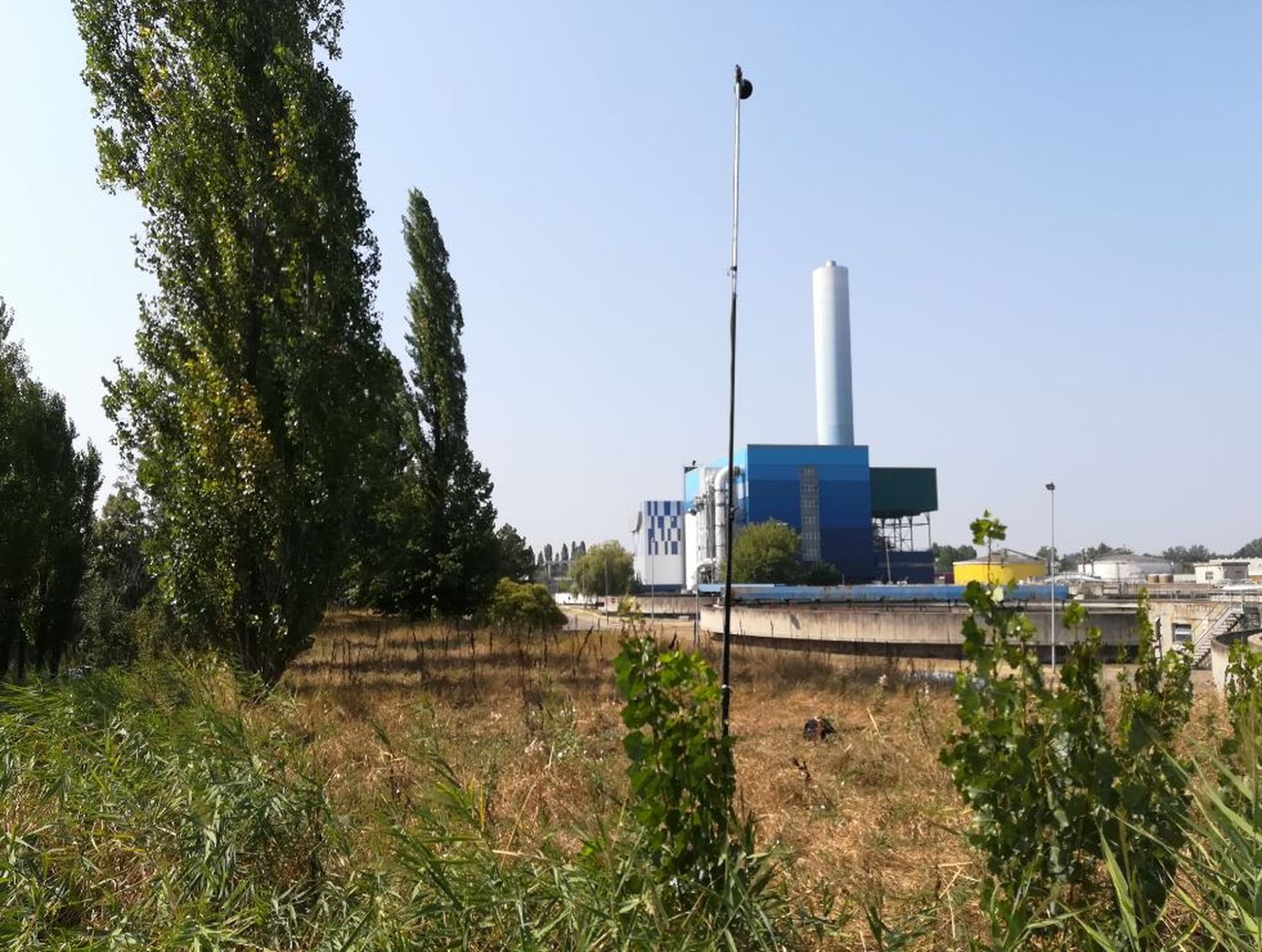 Herambiente – waste treatment plantsSettore: Energy Infrastructures
Herambiente – waste treatment plantsSettore: Energy Infrastructures -
 Municipality of Latina – Action PlanSettore: Public Administrations
Municipality of Latina – Action PlanSettore: Public Administrations -
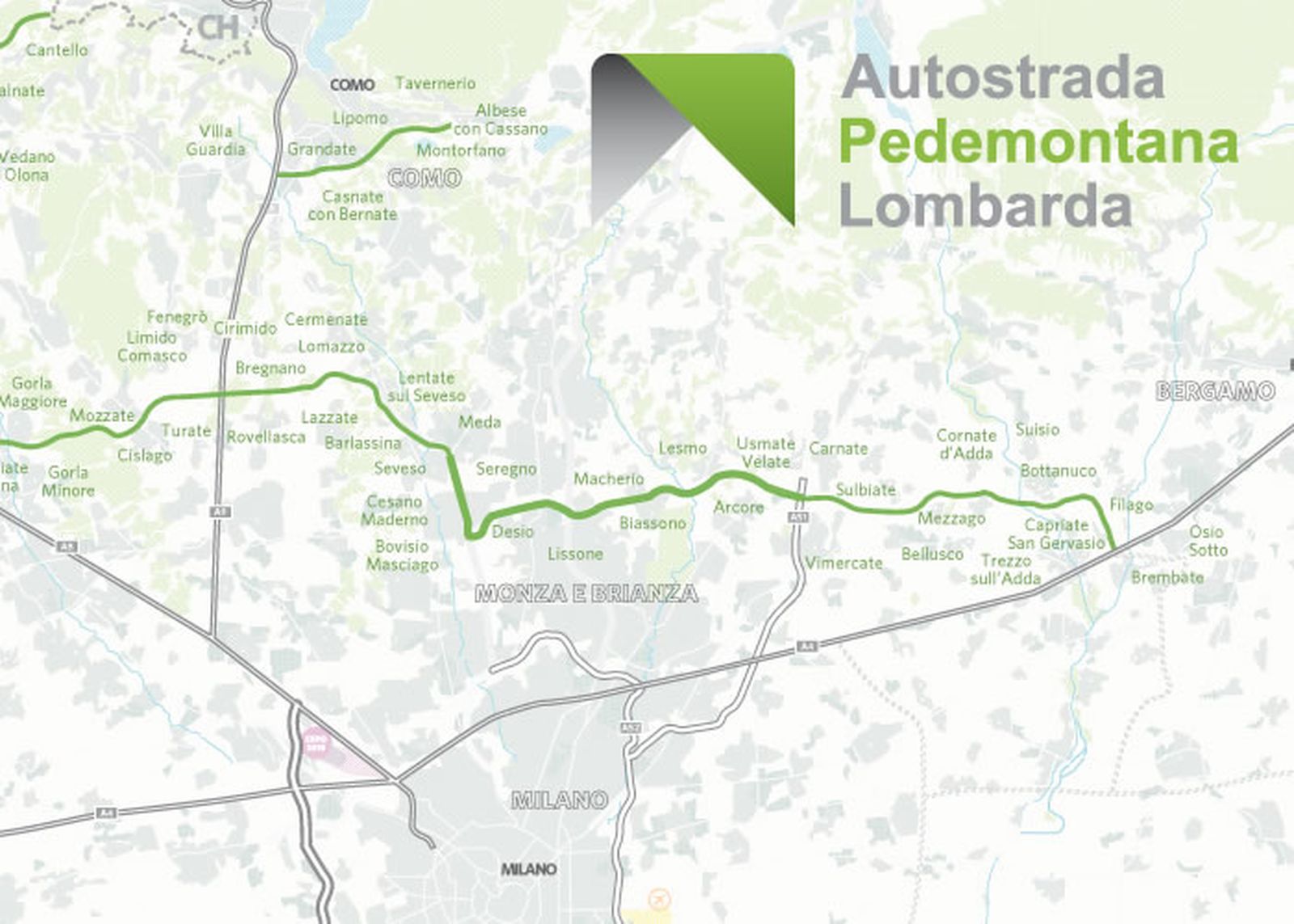 Como and Varese Bypass Road – Social componentSettore: Roads & Highways
Como and Varese Bypass Road – Social componentSettore: Roads & Highways -
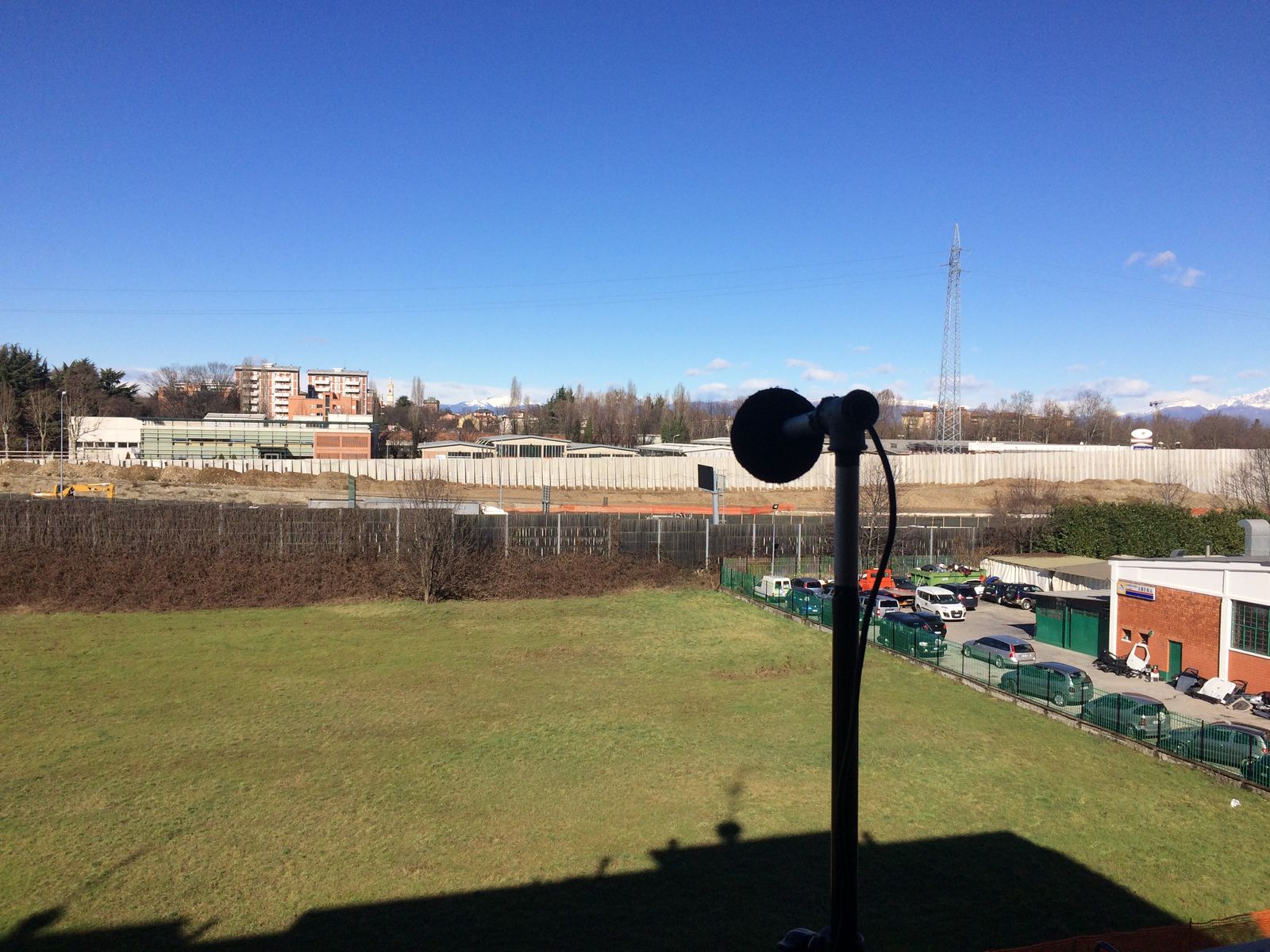 Monitoraggio ambientale riqualifica SP 46 Rho – MonzaSettore: Roads & Highways
Monitoraggio ambientale riqualifica SP 46 Rho – MonzaSettore: Roads & Highways -
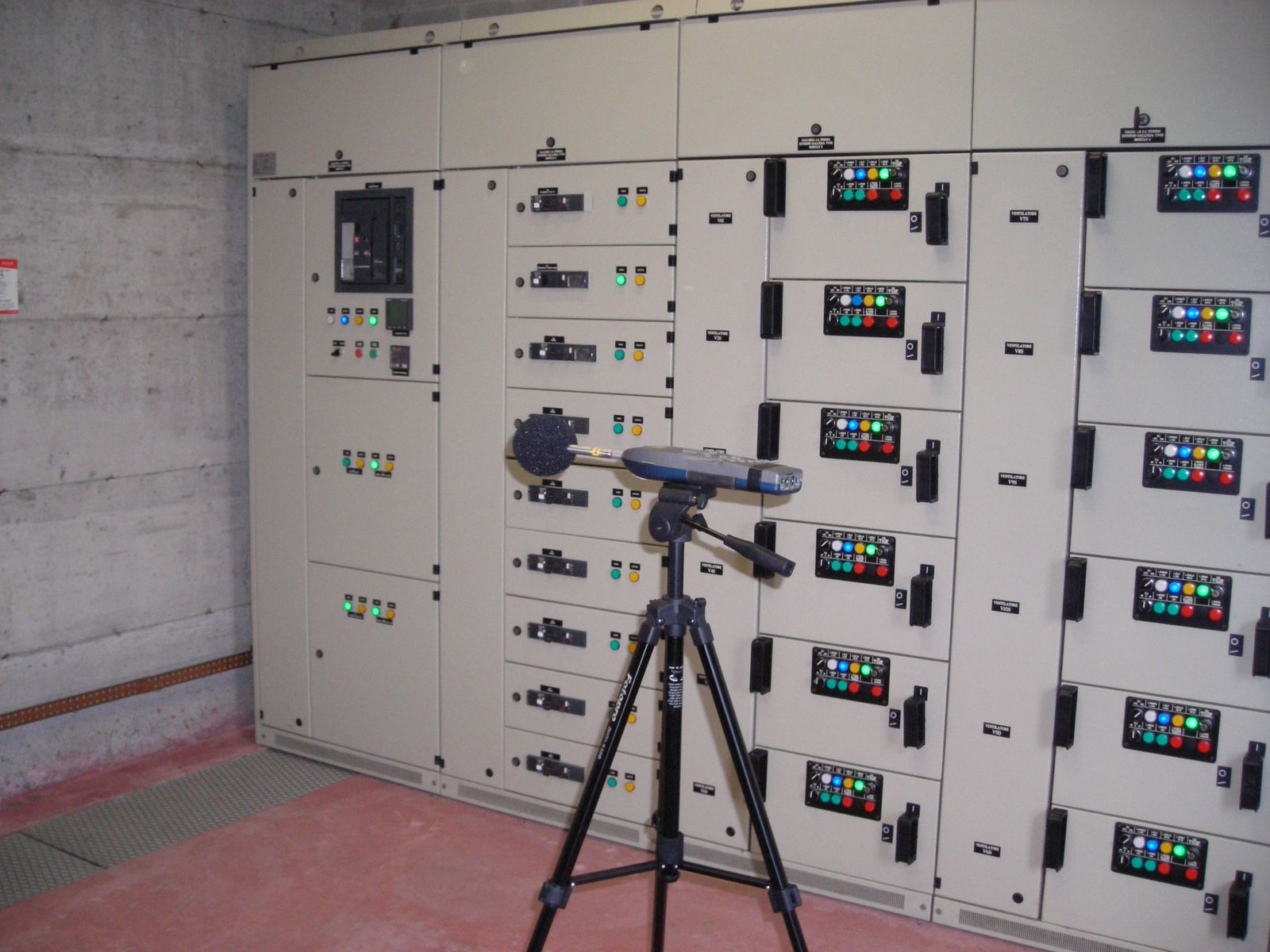 TO-Frejus Motorway – Working Environment MonitoringSettore: Roads & Highways
TO-Frejus Motorway – Working Environment MonitoringSettore: Roads & Highways -
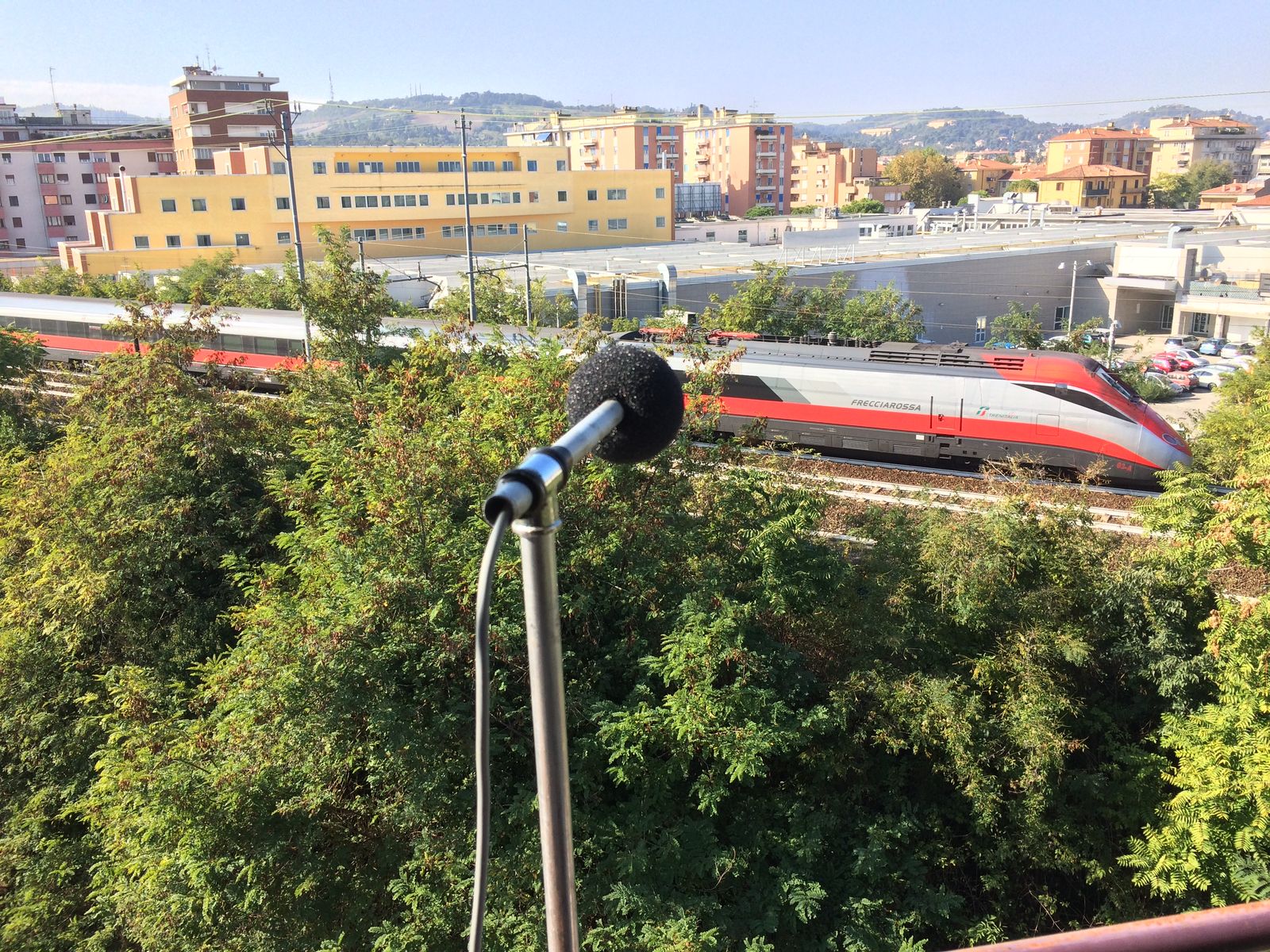 Risanamento Acustico per 5 Comuni dell’ Emilia RomagnaSettore: Railways & Station
Risanamento Acustico per 5 Comuni dell’ Emilia RomagnaSettore: Railways & Station -
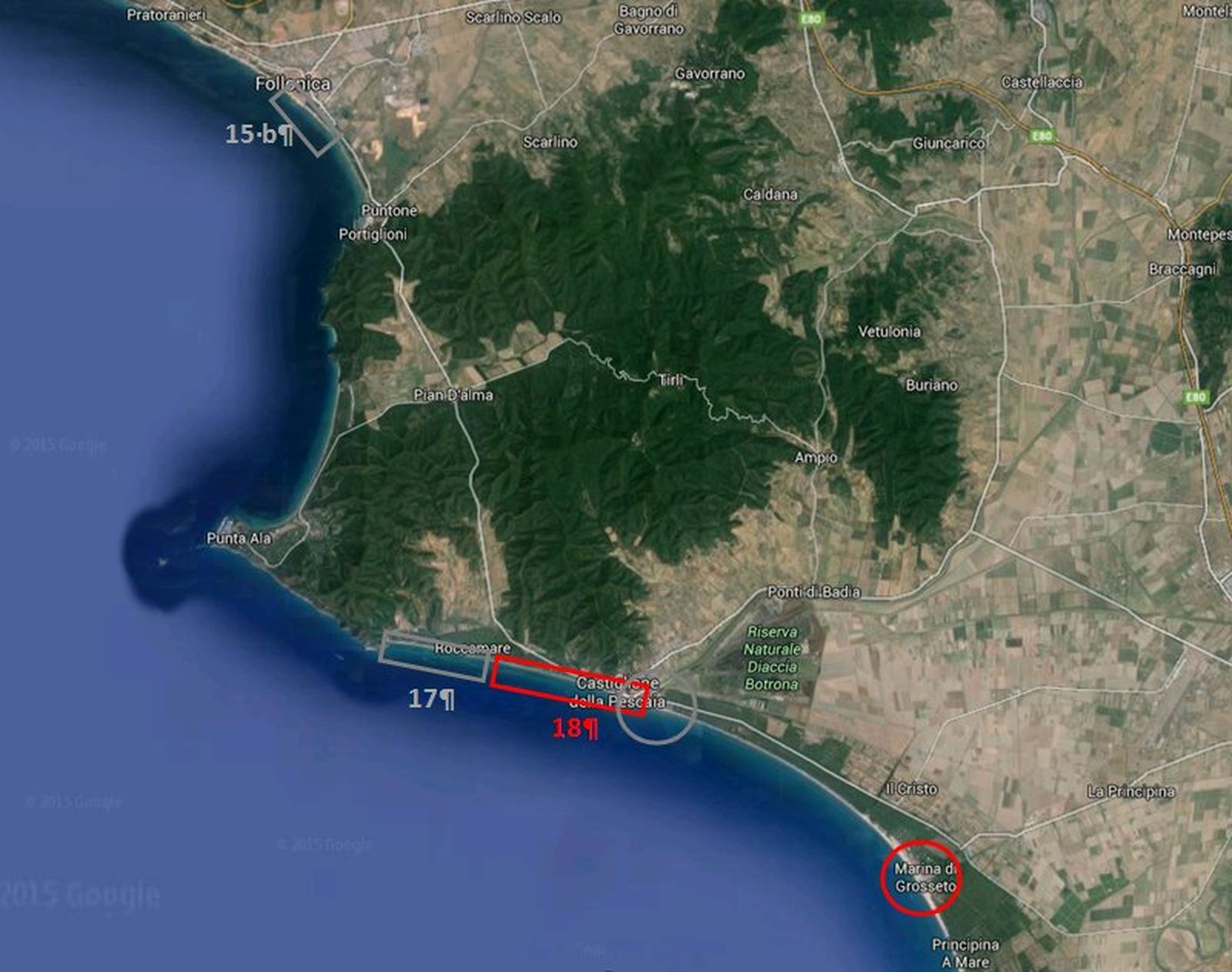 Coastal sand characterization – Province of GrossetoSettore: Public Administrations
Coastal sand characterization – Province of GrossetoSettore: Public Administrations -
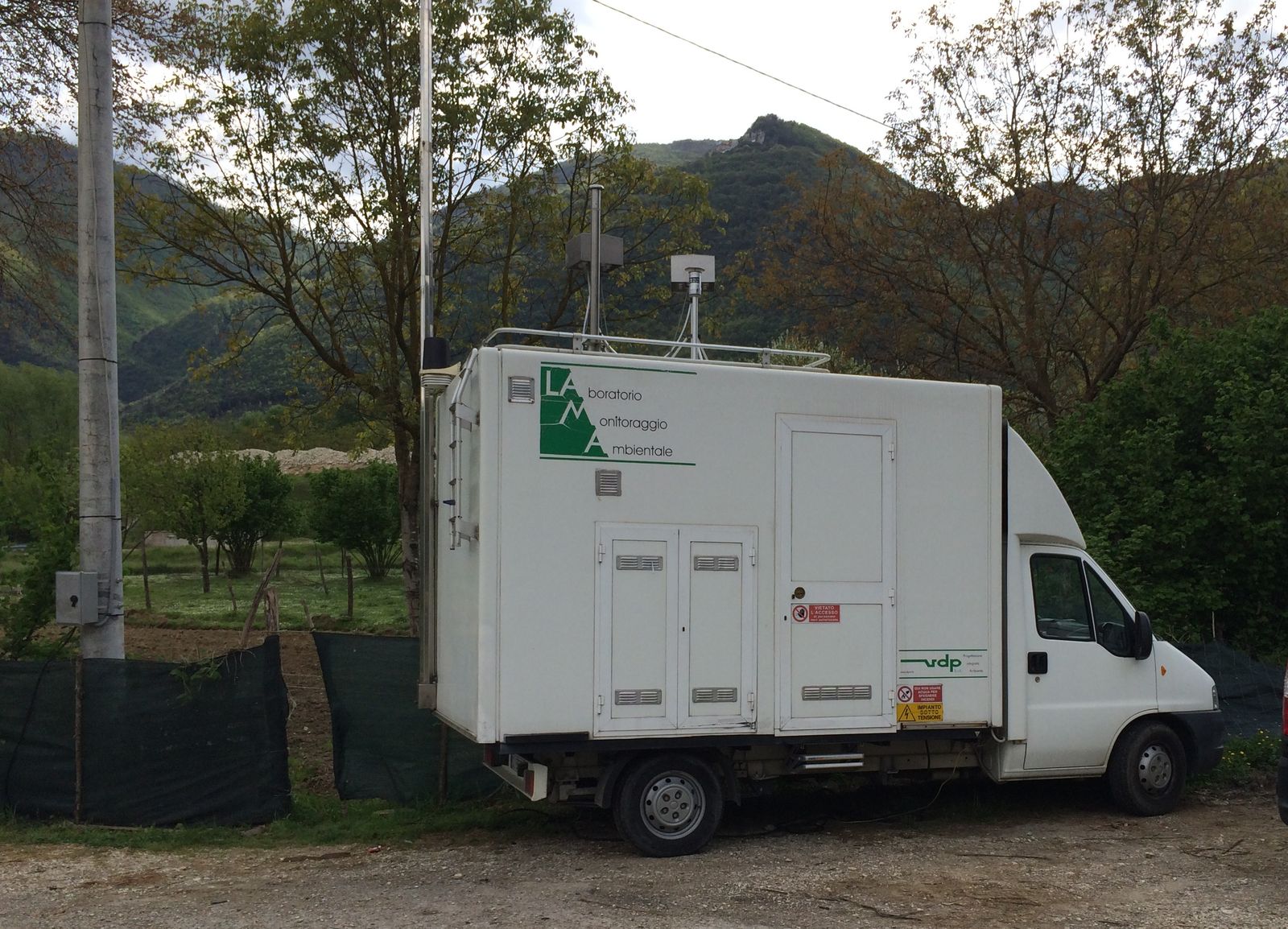 Direttrice Civitavecchia – Orte – Terni – RietiSettore: Roads & Highways
Direttrice Civitavecchia – Orte – Terni – RietiSettore: Roads & Highways -
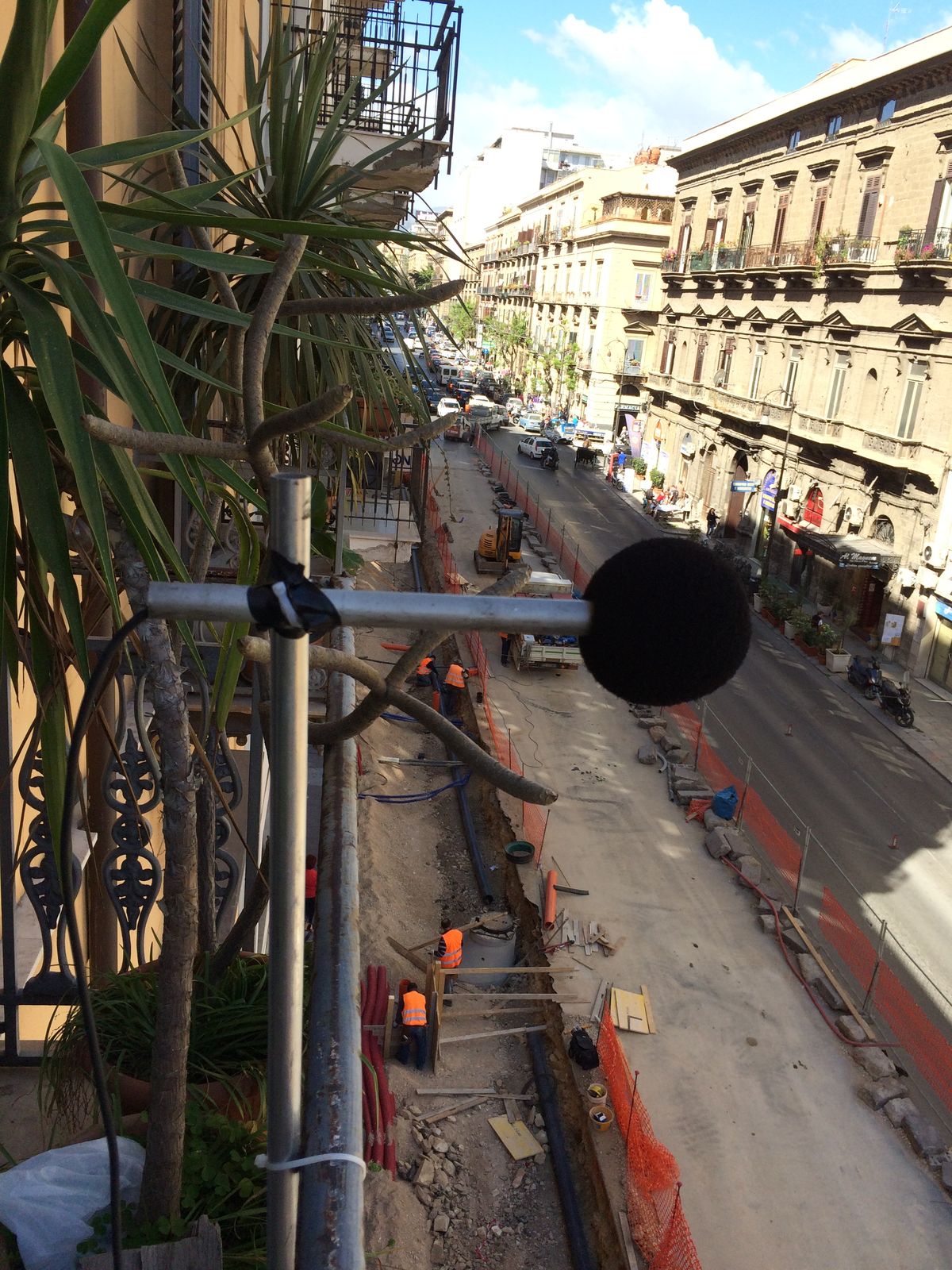 Accordo Quadro Italferr Monitoraggio rumore/vibrazioniSettore: Railways & Station
Accordo Quadro Italferr Monitoraggio rumore/vibrazioniSettore: Railways & Station -
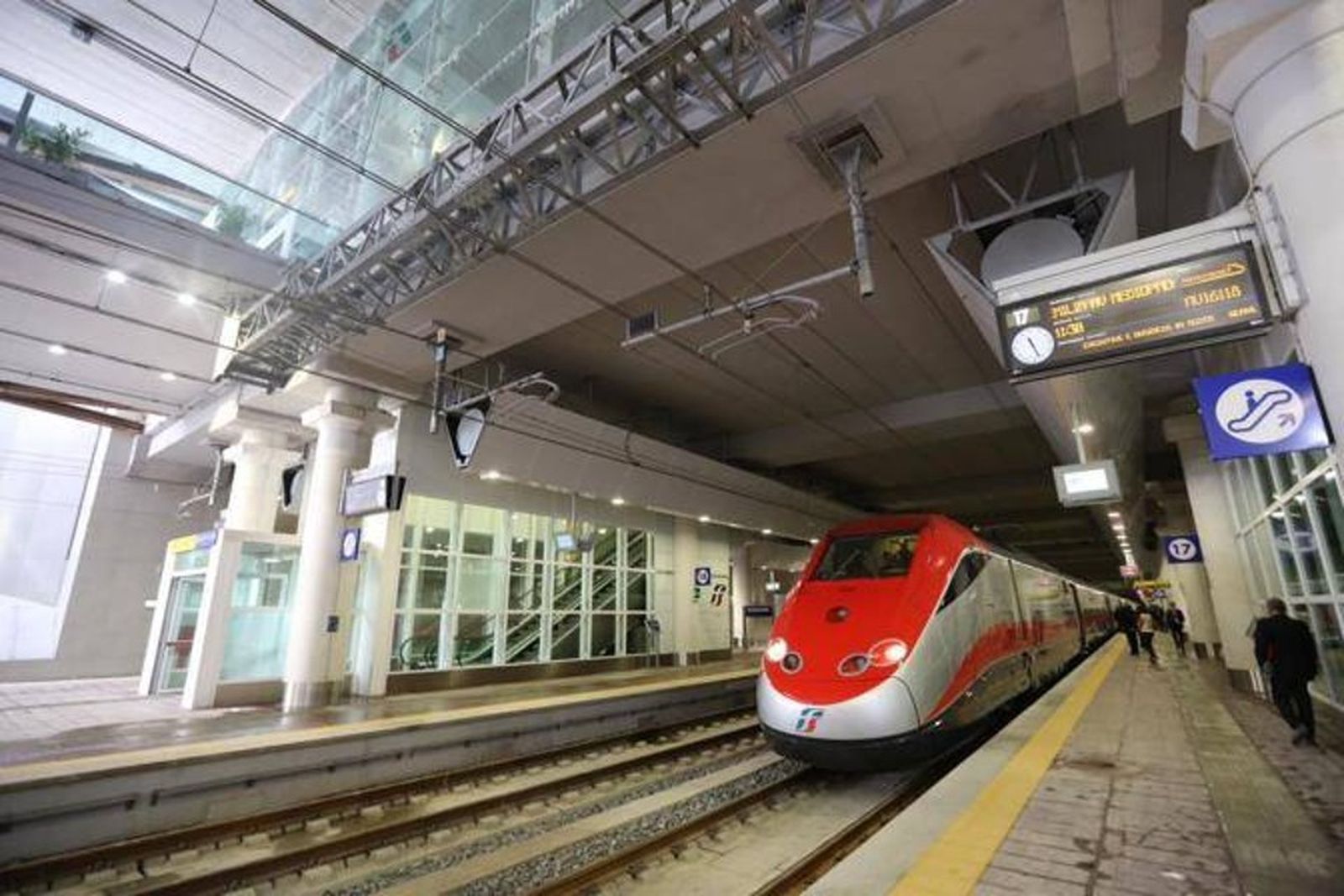 Nodo AV Bologna – Studio di Impatto AmbientaleSettore: Railways & Station
Nodo AV Bologna – Studio di Impatto AmbientaleSettore: Railways & Station -
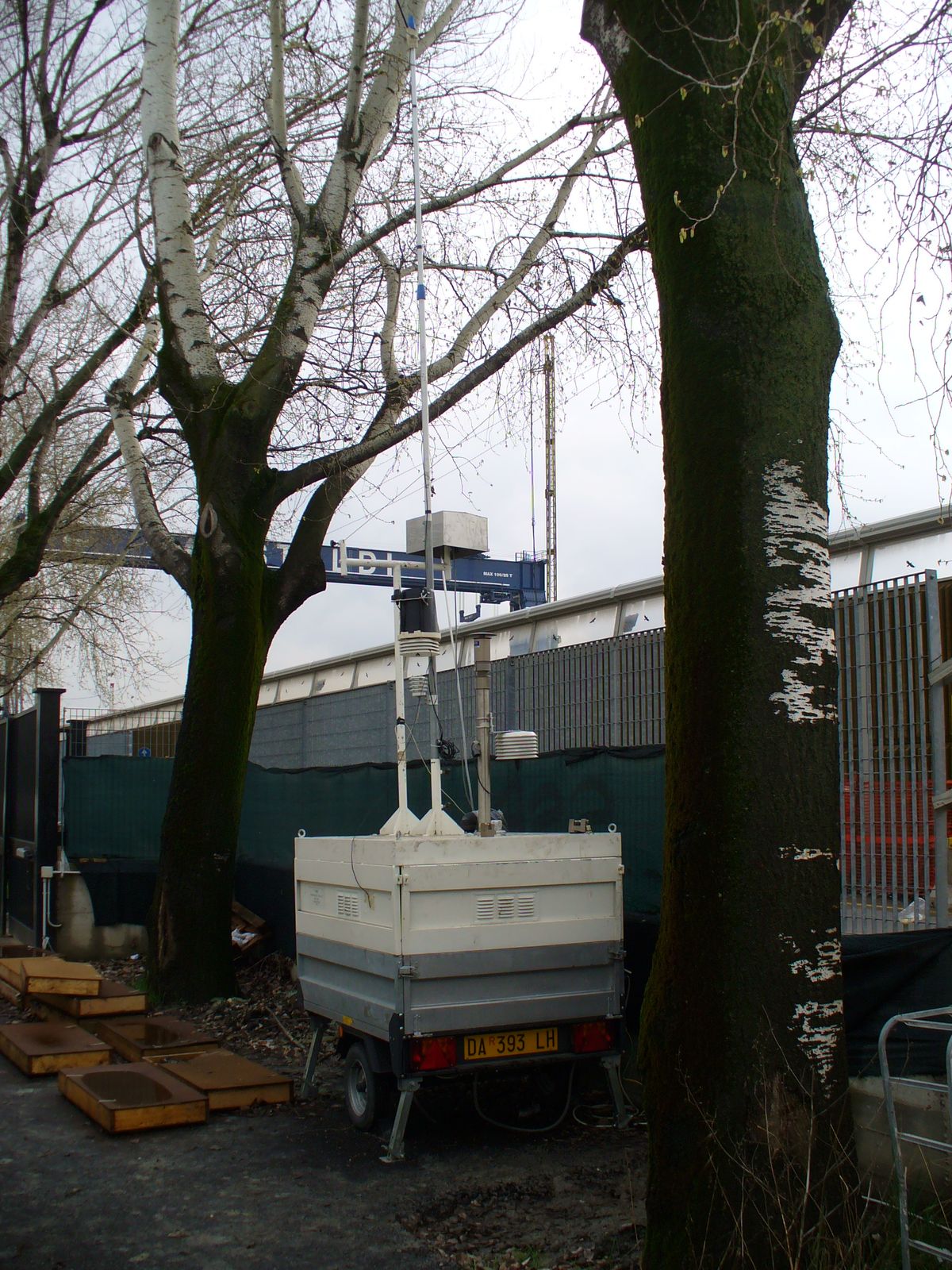 Italferr Framework Agreement – Atmosphere monitoringSettore: Railways & Station
Italferr Framework Agreement – Atmosphere monitoringSettore: Railways & Station -
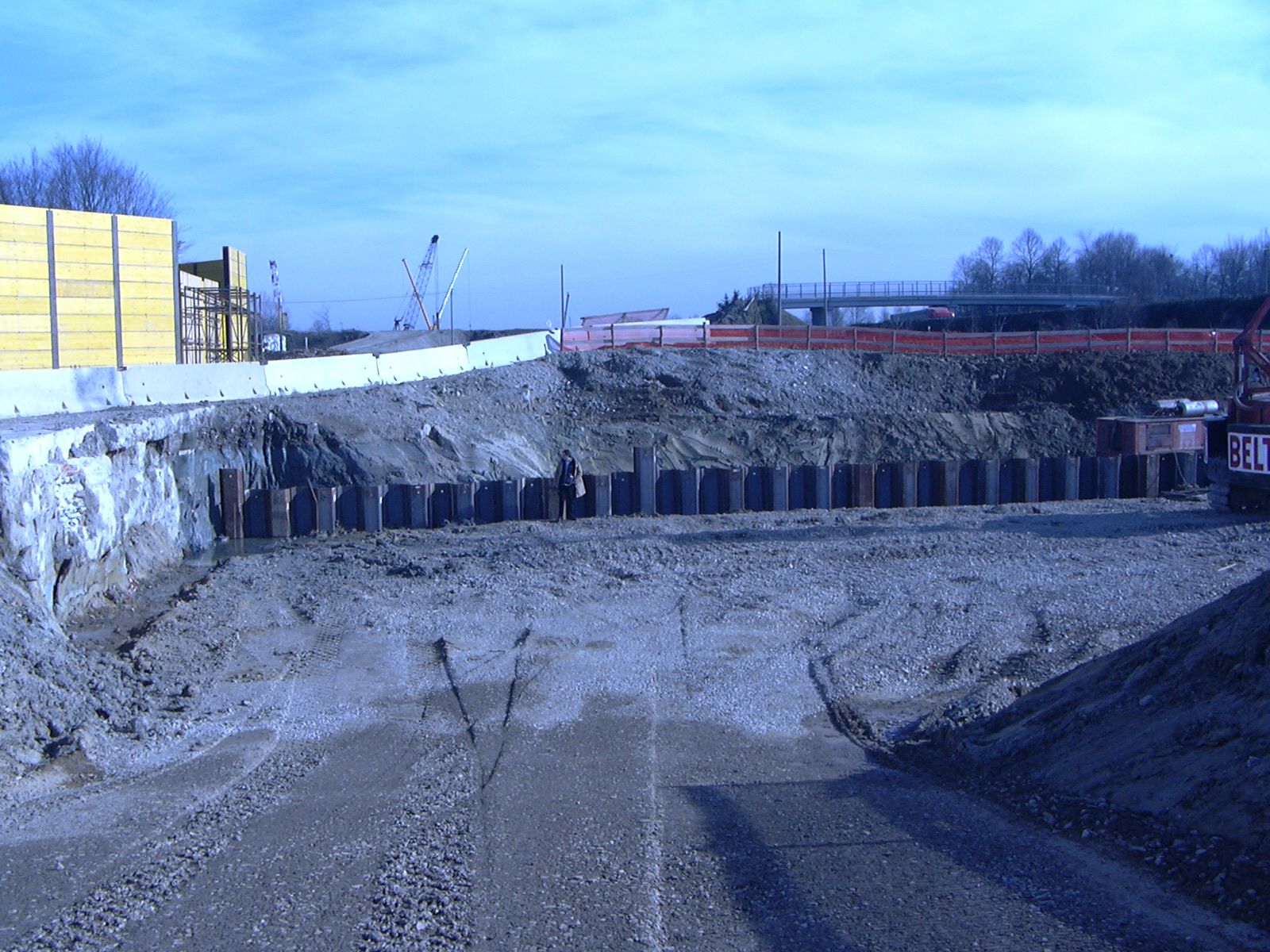 Bologna High-Speed Railway Junction – Noise MonitoringSettore: Railways & Station
Bologna High-Speed Railway Junction – Noise MonitoringSettore: Railways & Station -
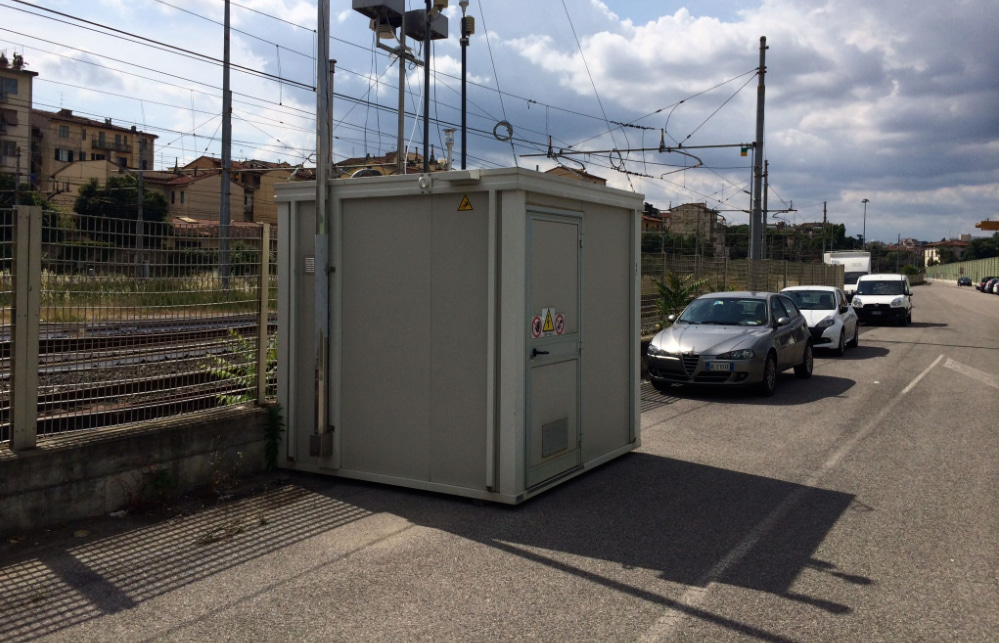 Florence HS Railway Junction – Air Quality MonitoringSettore: Railways & Station
Florence HS Railway Junction – Air Quality MonitoringSettore: Railways & Station -
 Rome Metro C Line – Environmental MonitoringSettore: Urban Transport
Rome Metro C Line – Environmental MonitoringSettore: Urban Transport -
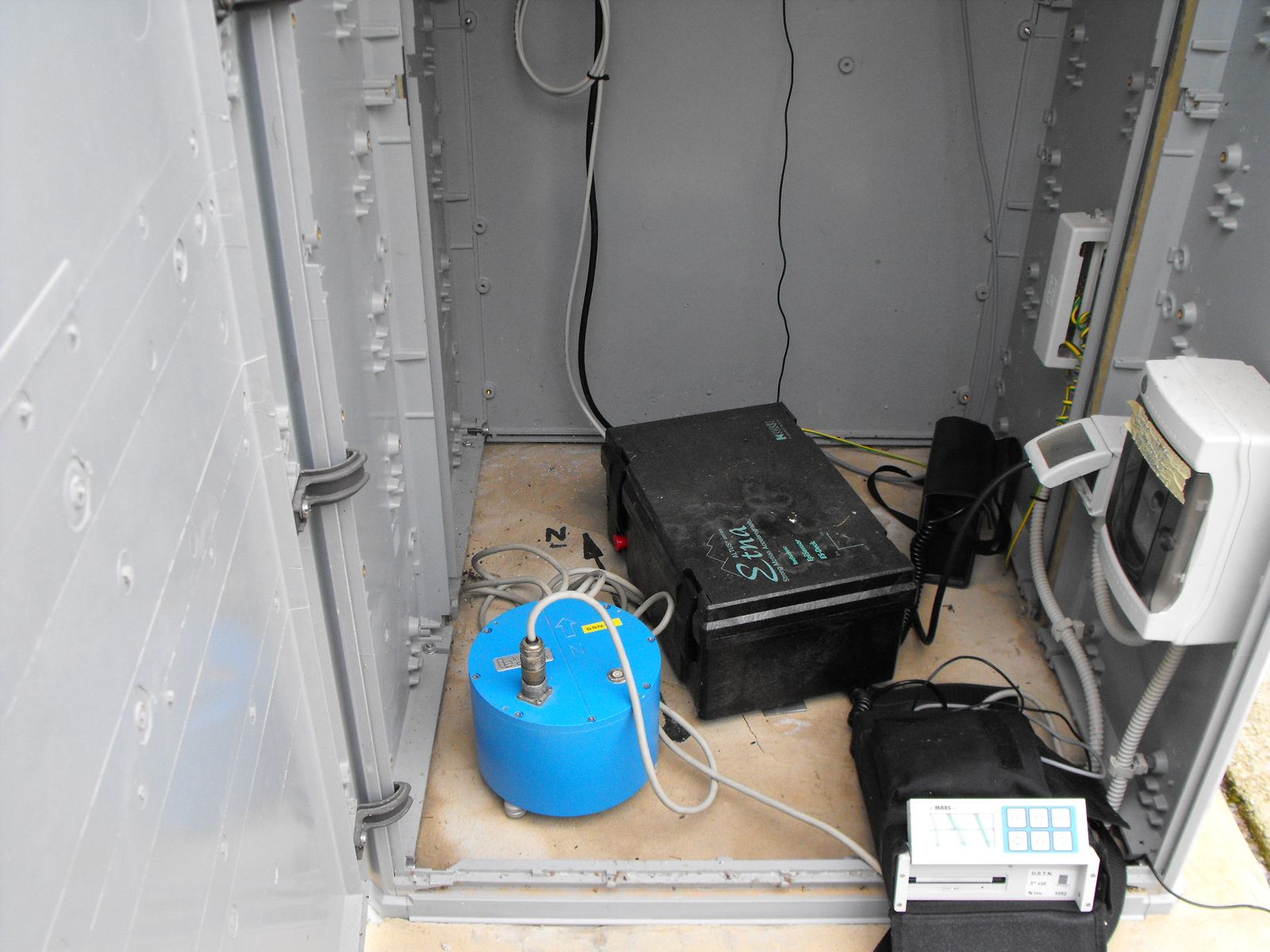 Civil Protection – Sismic MonitoringSettore: Public Administrations
Civil Protection – Sismic MonitoringSettore: Public Administrations -
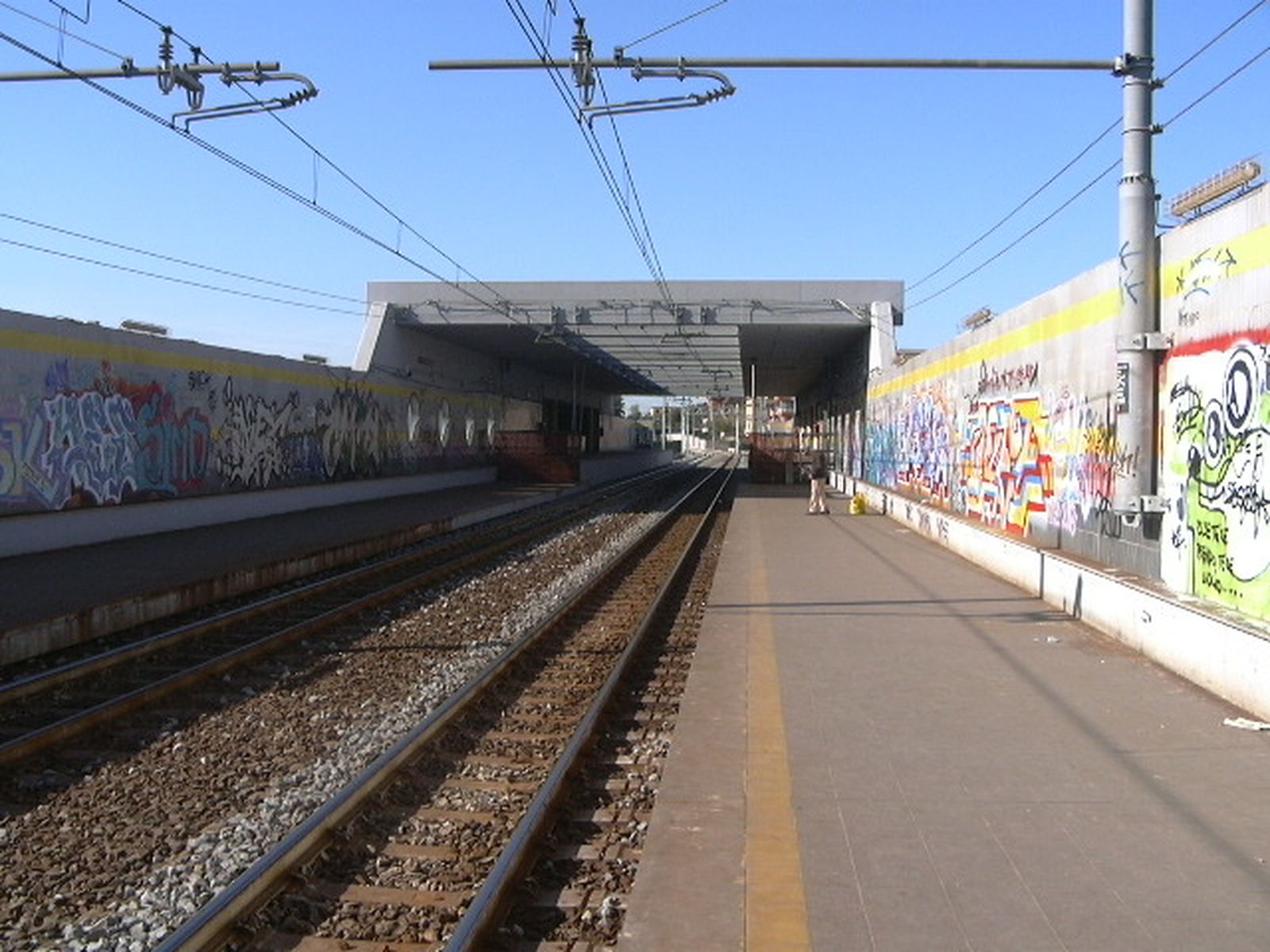 Metro Line C in Rome – Section T7 – Acoustic studiesSettore: Urban Transport
Metro Line C in Rome – Section T7 – Acoustic studiesSettore: Urban Transport -
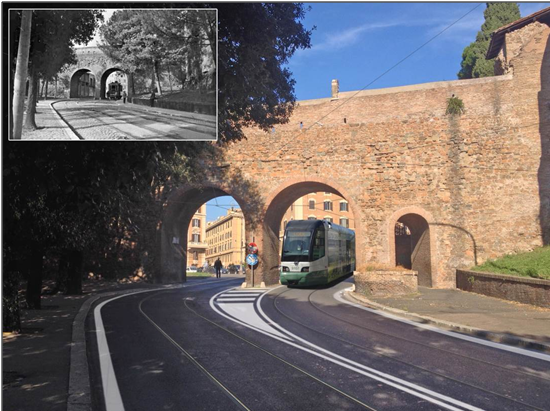 Lodi – Carlo Felice tram line in RomeSettore: Urban Transport
Lodi – Carlo Felice tram line in RomeSettore: Urban Transport -
 Province of Cagliari – Acoustic Recovery PlanSettore: Public Administrations
Province of Cagliari – Acoustic Recovery PlanSettore: Public Administrations -
 Municipality of Cosenza – Acoustic zoningSettore: Public Administrations
Municipality of Cosenza – Acoustic zoningSettore: Public Administrations -
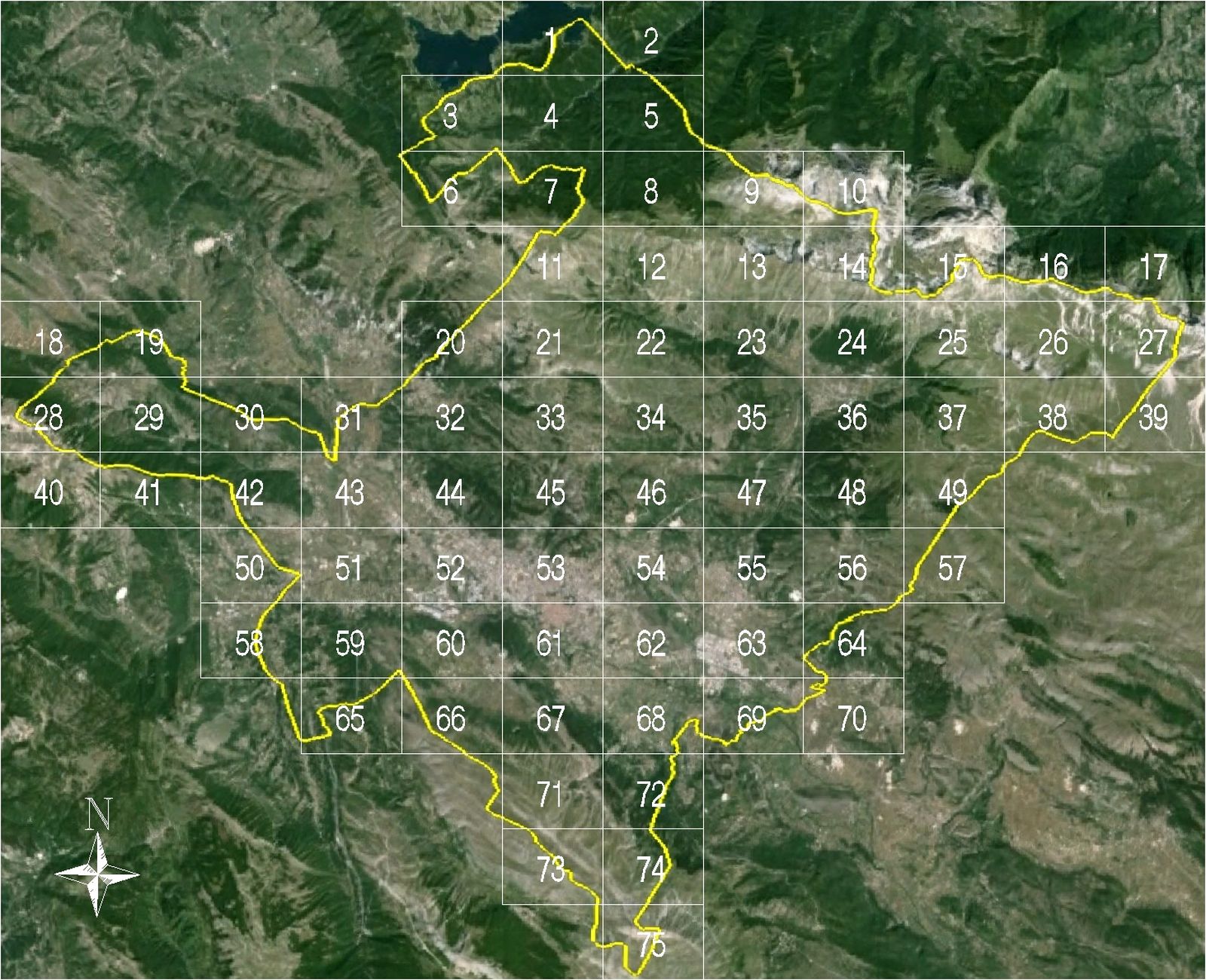 L’Aquila Municipality – Acoustic ClassificationSettore: Public Administrations
L’Aquila Municipality – Acoustic ClassificationSettore: Public Administrations -
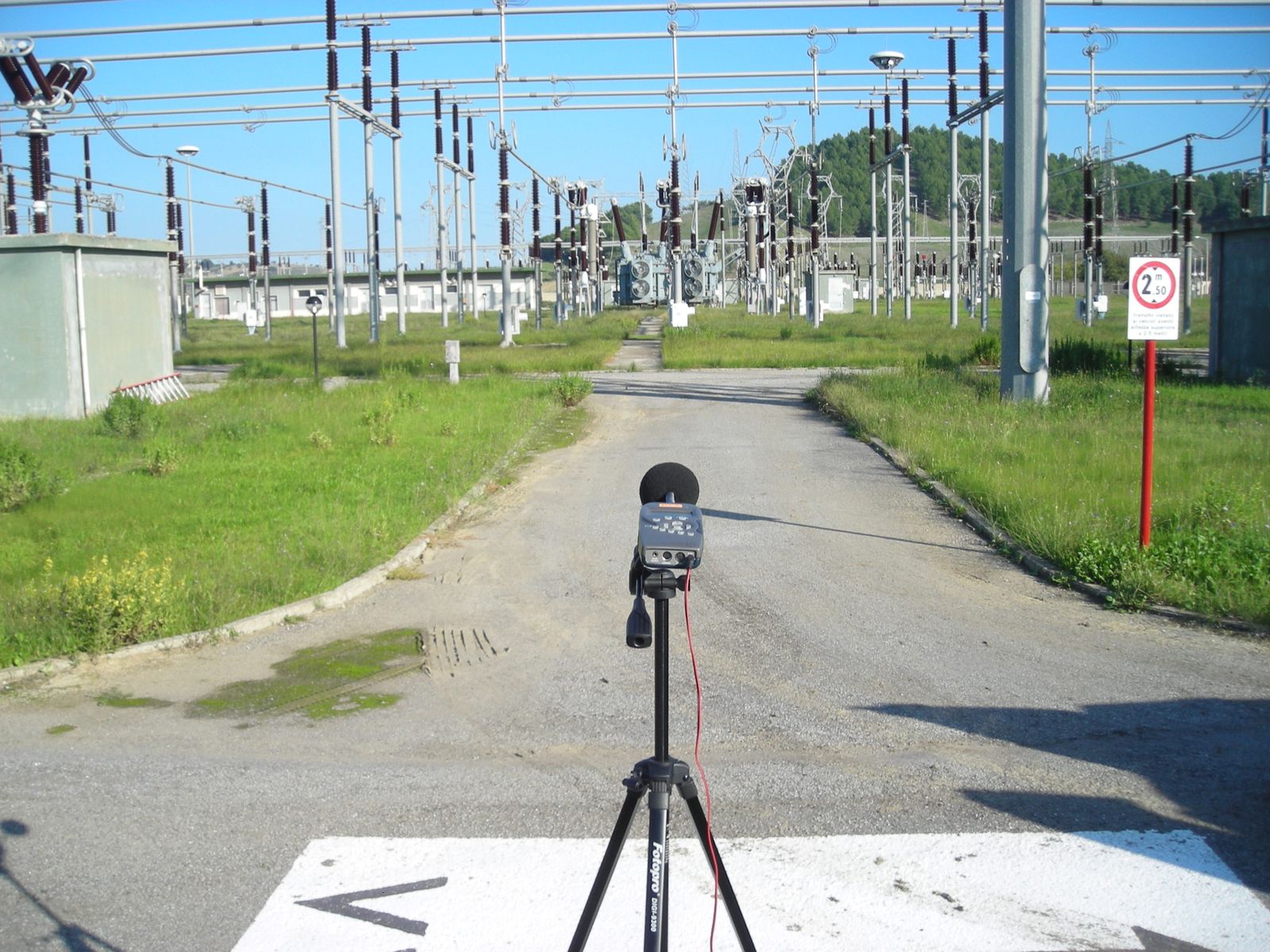 Terna Electrical SubstationsSettore: Energy Infrastructures
Terna Electrical SubstationsSettore: Energy Infrastructures -
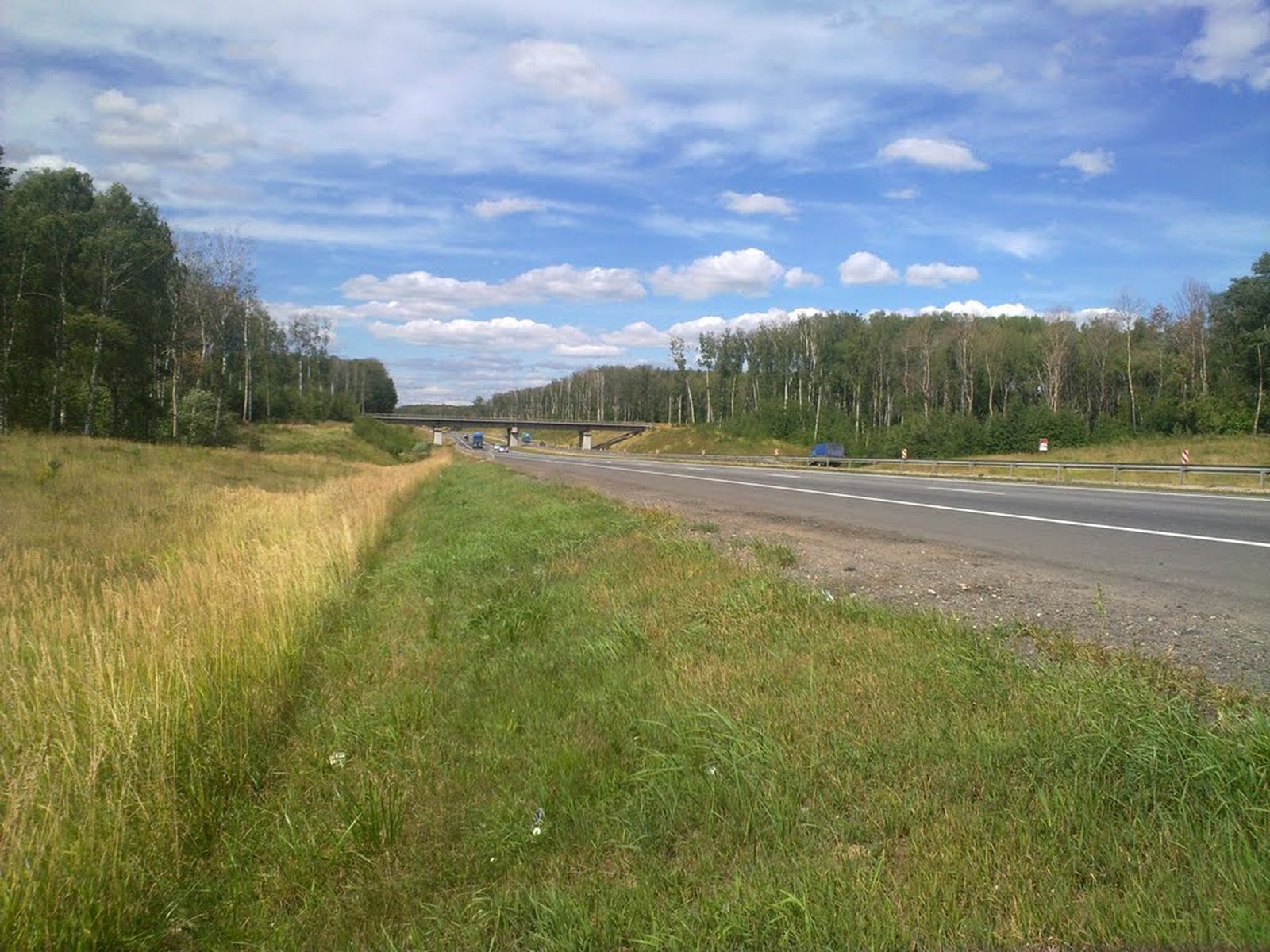 Acoustic study for the M-5 (Moscow-Kolomna) motorwaySettore: Roads & Highways
Acoustic study for the M-5 (Moscow-Kolomna) motorwaySettore: Roads & Highways -
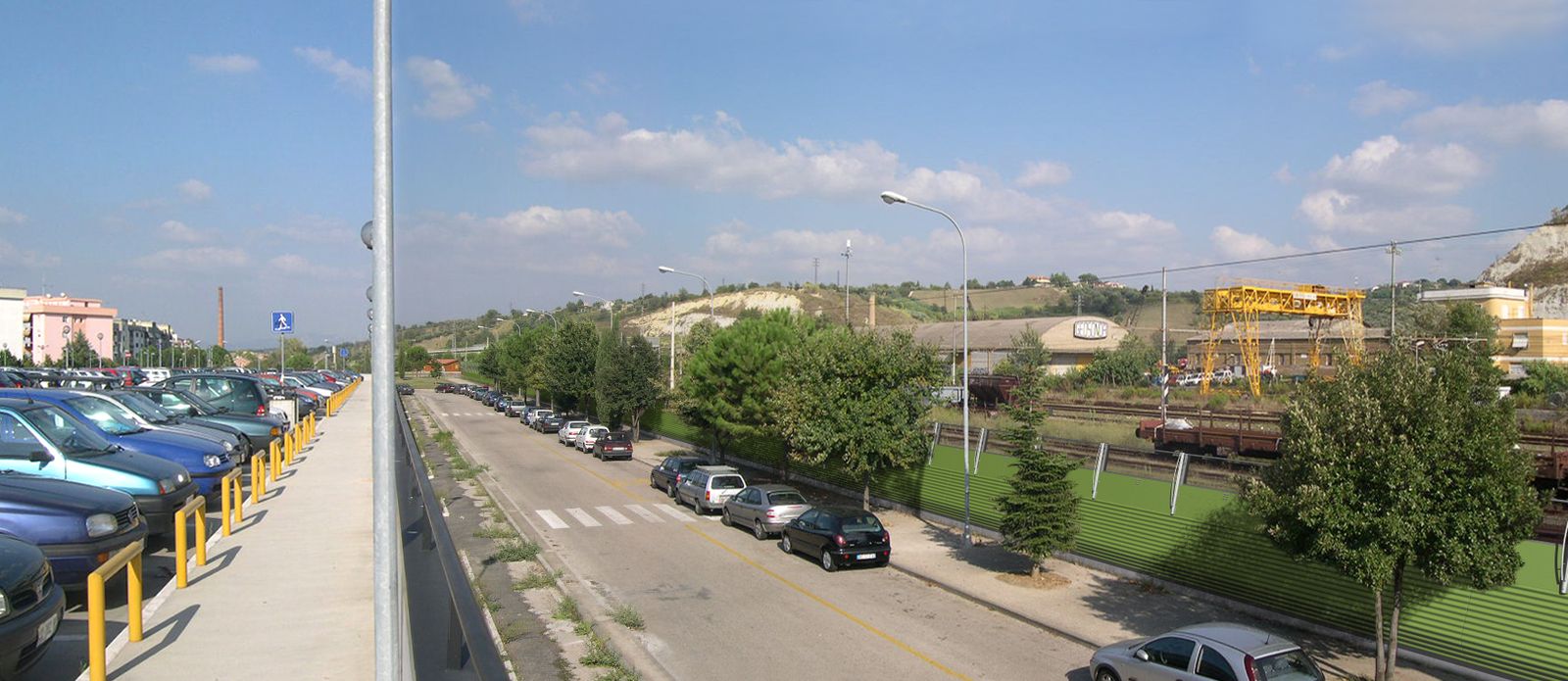 Rome-Florence Railway (local line)Settore: Railways & Station
Rome-Florence Railway (local line)Settore: Railways & Station -
 Highway A14 – Bologna BypassSettore: Roads & Highways
Highway A14 – Bologna BypassSettore: Roads & Highways -
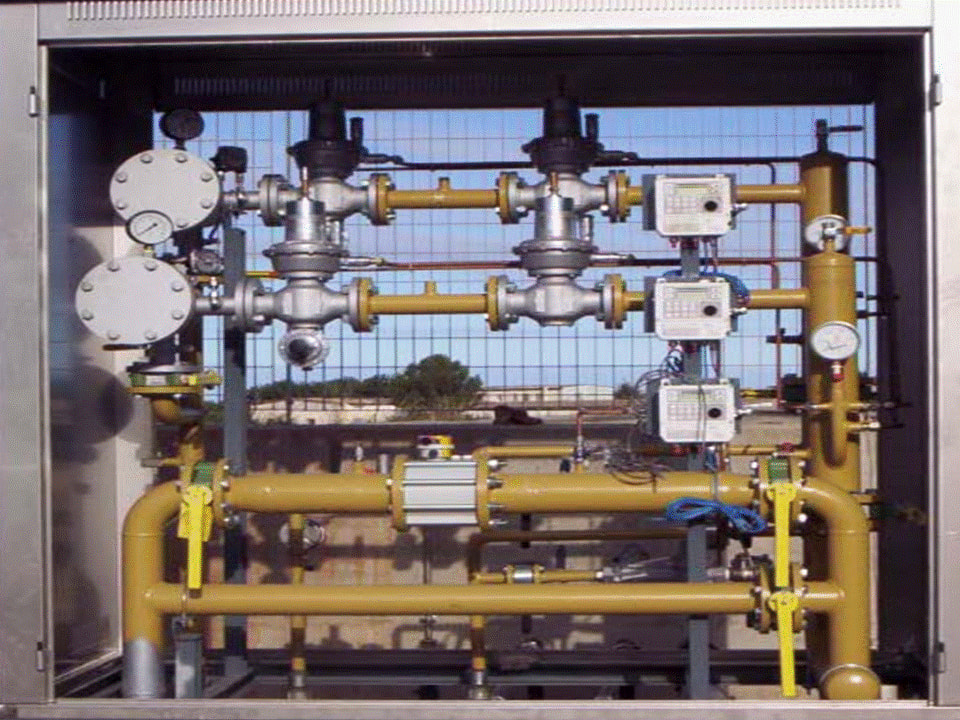 Stations for pressure reduction – Noise Framework ContractSettore: Energy Infrastructures
Stations for pressure reduction – Noise Framework ContractSettore: Energy Infrastructures -
 220 kV Italy – Malta Interconnector – AuthorizationsSettore: Energy Infrastructures
220 kV Italy – Malta Interconnector – AuthorizationsSettore: Energy Infrastructures -
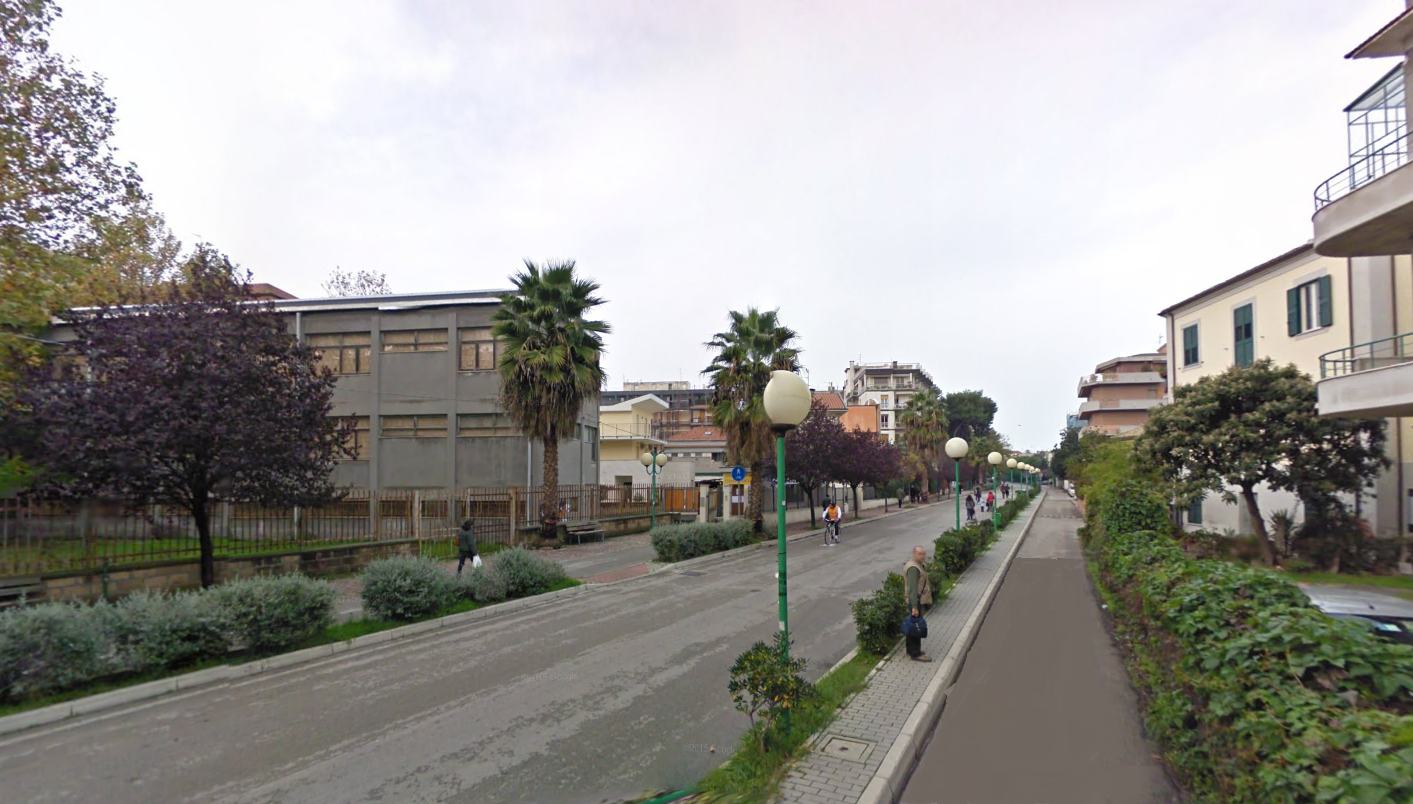 Pescara – Montesilvano TrolleybusSettore: Urban Transport
Pescara – Montesilvano TrolleybusSettore: Urban Transport -
 State Road 16 – Bellaria-Misano stretchSettore: Roads & Highways
State Road 16 – Bellaria-Misano stretchSettore: Roads & Highways -
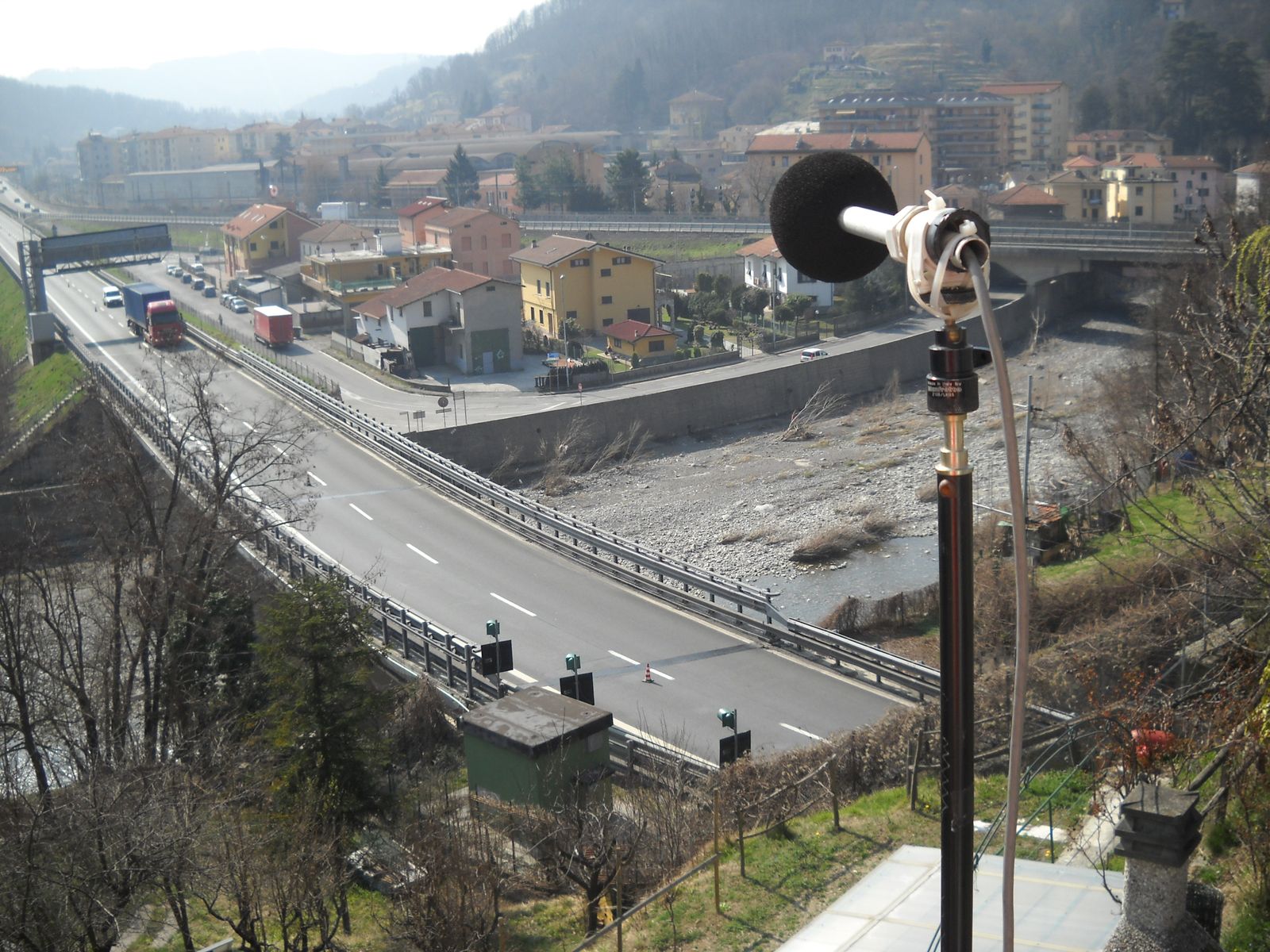 Autostrade per l’Italia Acoustic Mitigation Plan – Final designSettore: Roads & Highways
Autostrade per l’Italia Acoustic Mitigation Plan – Final designSettore: Roads & Highways -
 Public Transport monitoring in Rome
Public Transport monitoring in Rome -
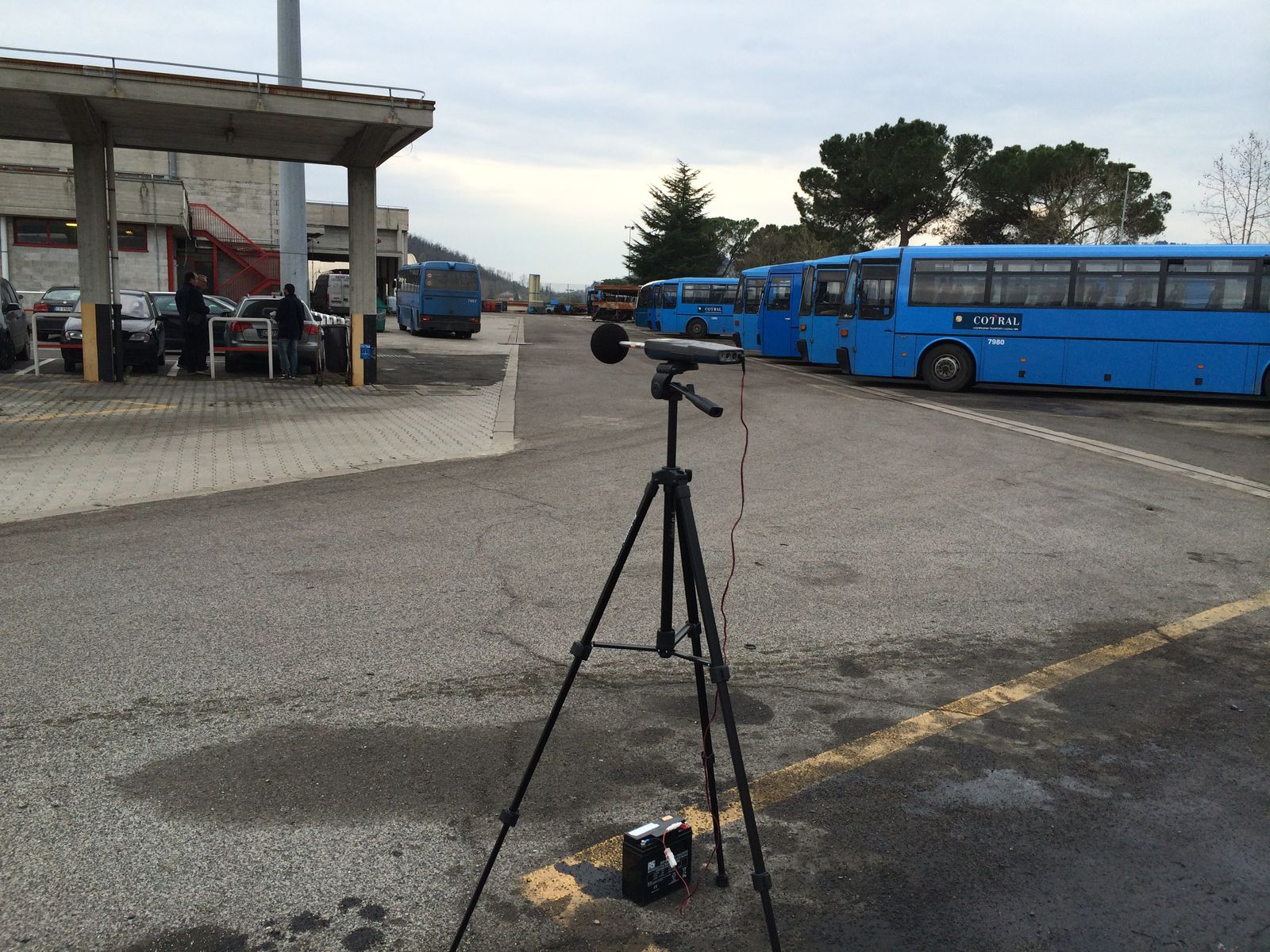 Plants and Depots of CO.TRA.L Transport CompanySettore: Urban Transport
Plants and Depots of CO.TRA.L Transport CompanySettore: Urban Transport -
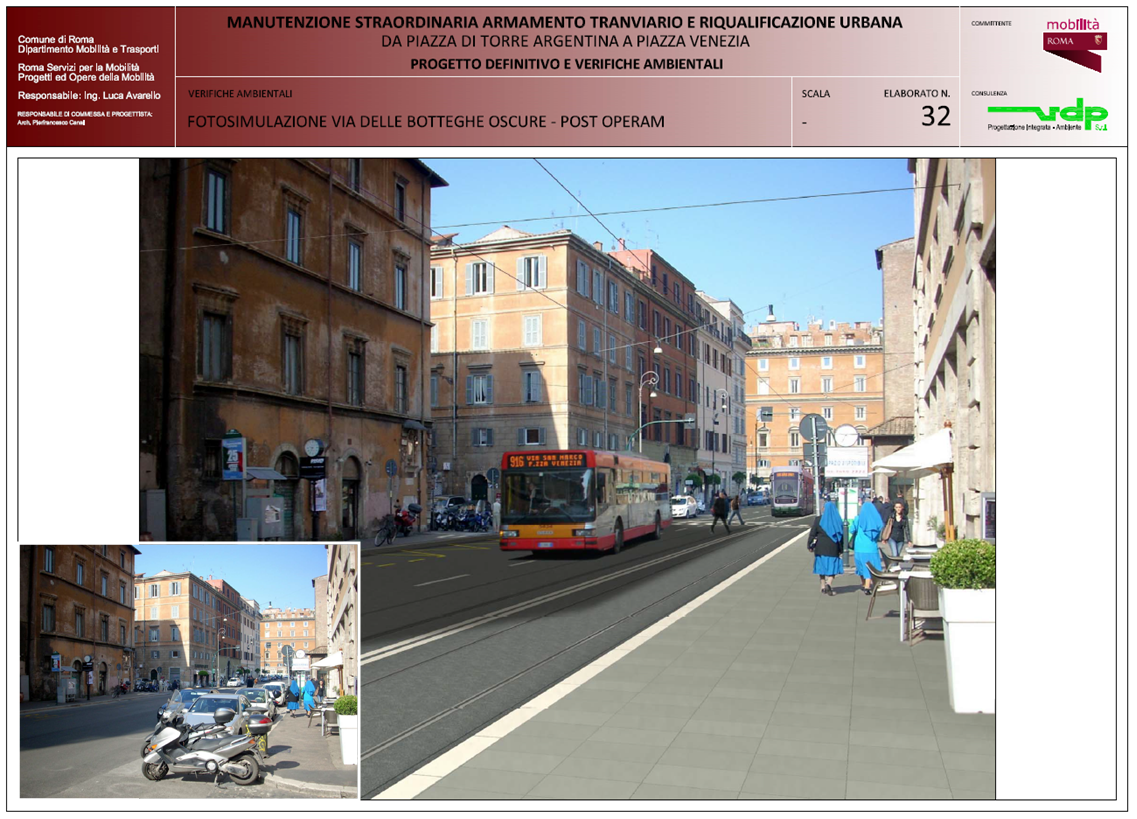 Tramway Line n°8 in RomeSettore: Urban Transport
Tramway Line n°8 in RomeSettore: Urban Transport -
 Rome Fiumicino Airport – Fiumicino South ProjectSettore: Airports
Rome Fiumicino Airport – Fiumicino South ProjectSettore: Airports -
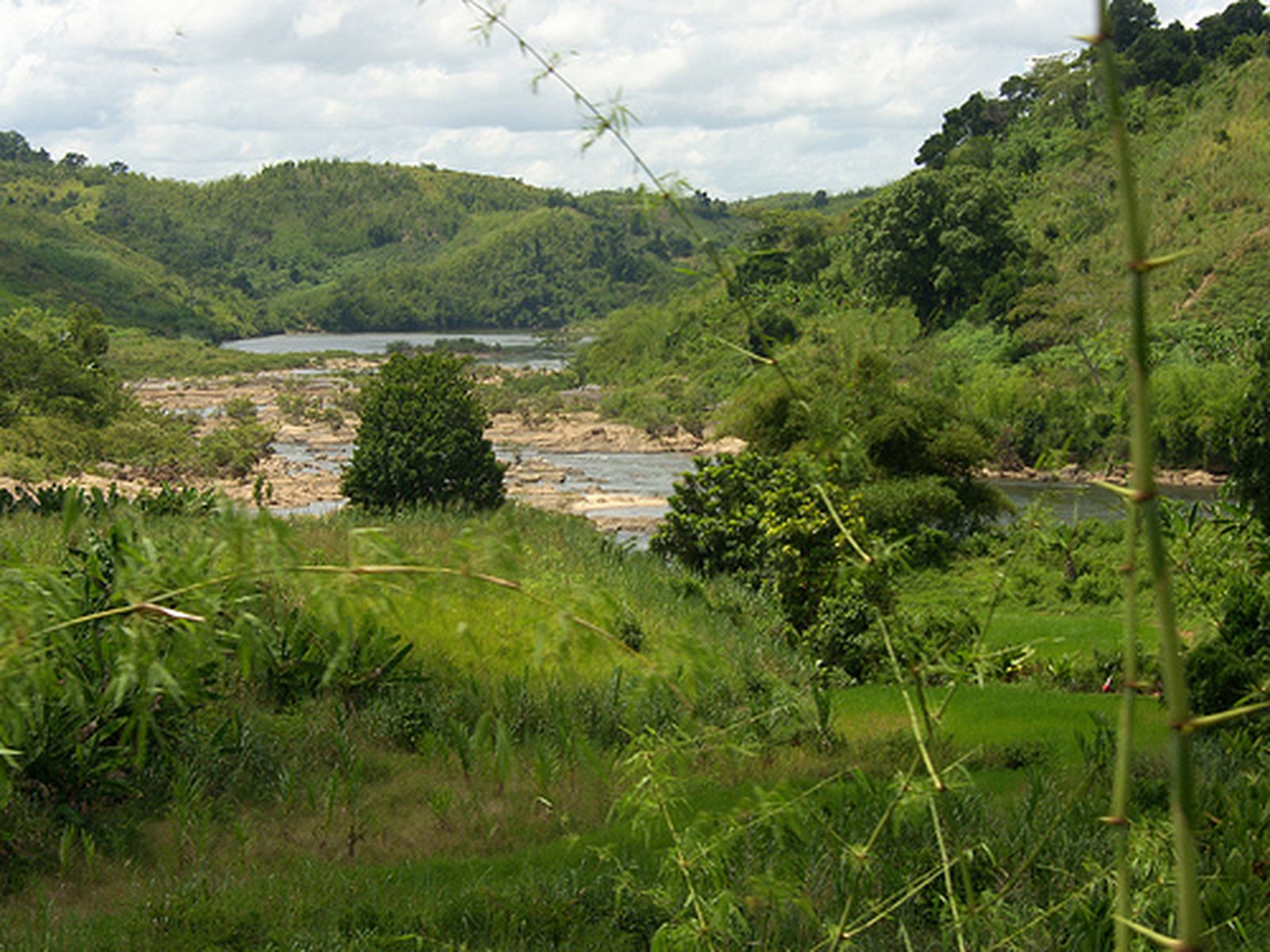 Vatovavy Fitovinany Dams – MadagascarSettore: Ports and hydraulic projects
Vatovavy Fitovinany Dams – MadagascarSettore: Ports and hydraulic projects -
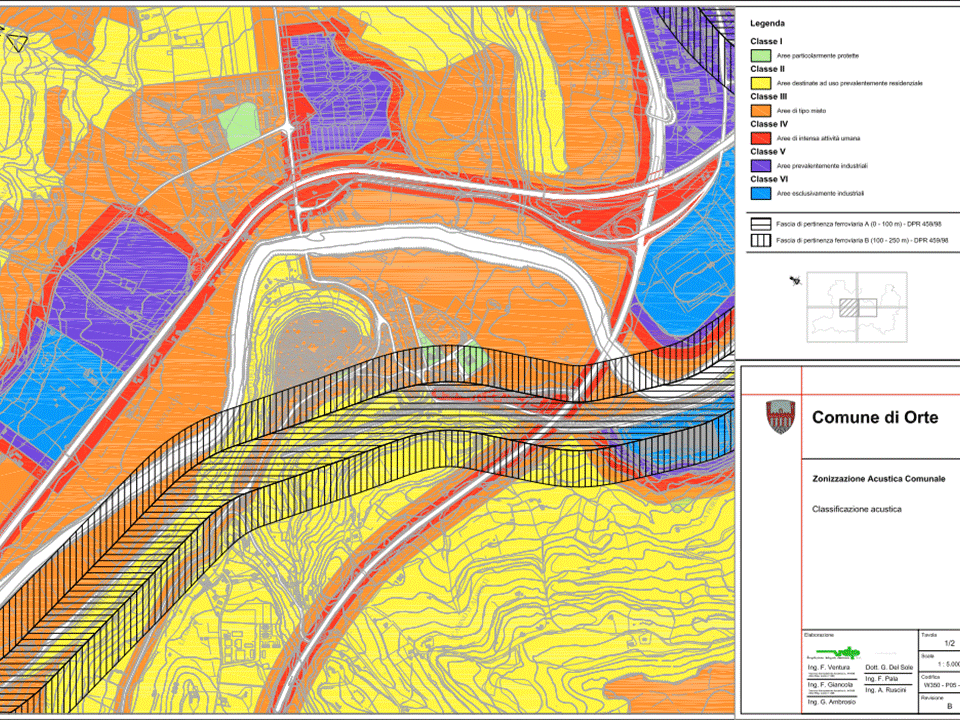 Orte – Acoustic Classification PlanSettore: Public Administrations
Orte – Acoustic Classification PlanSettore: Public Administrations -
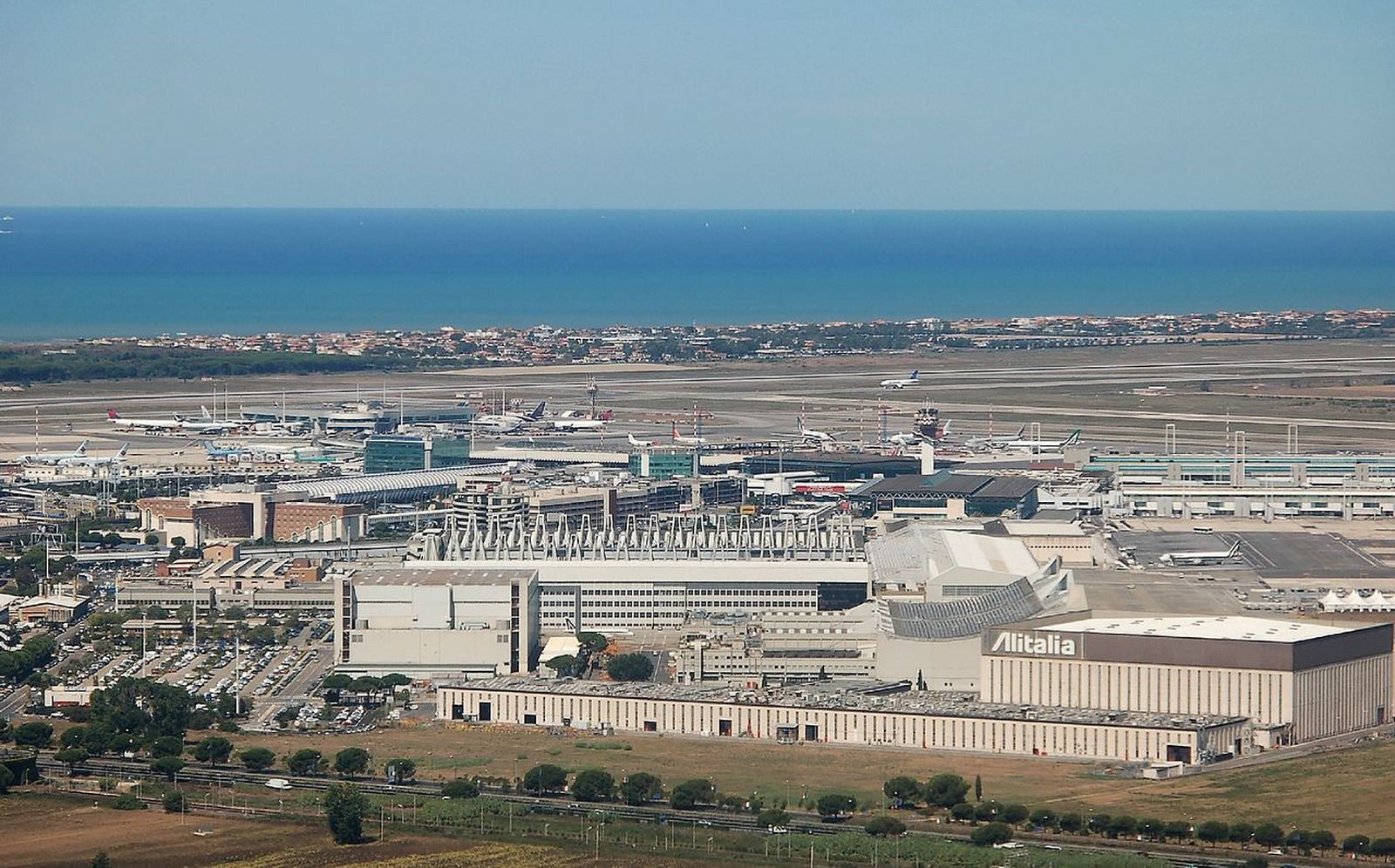 Rome Fiumicino Airport – Development PlanSettore: Airports
Rome Fiumicino Airport – Development PlanSettore: Airports -
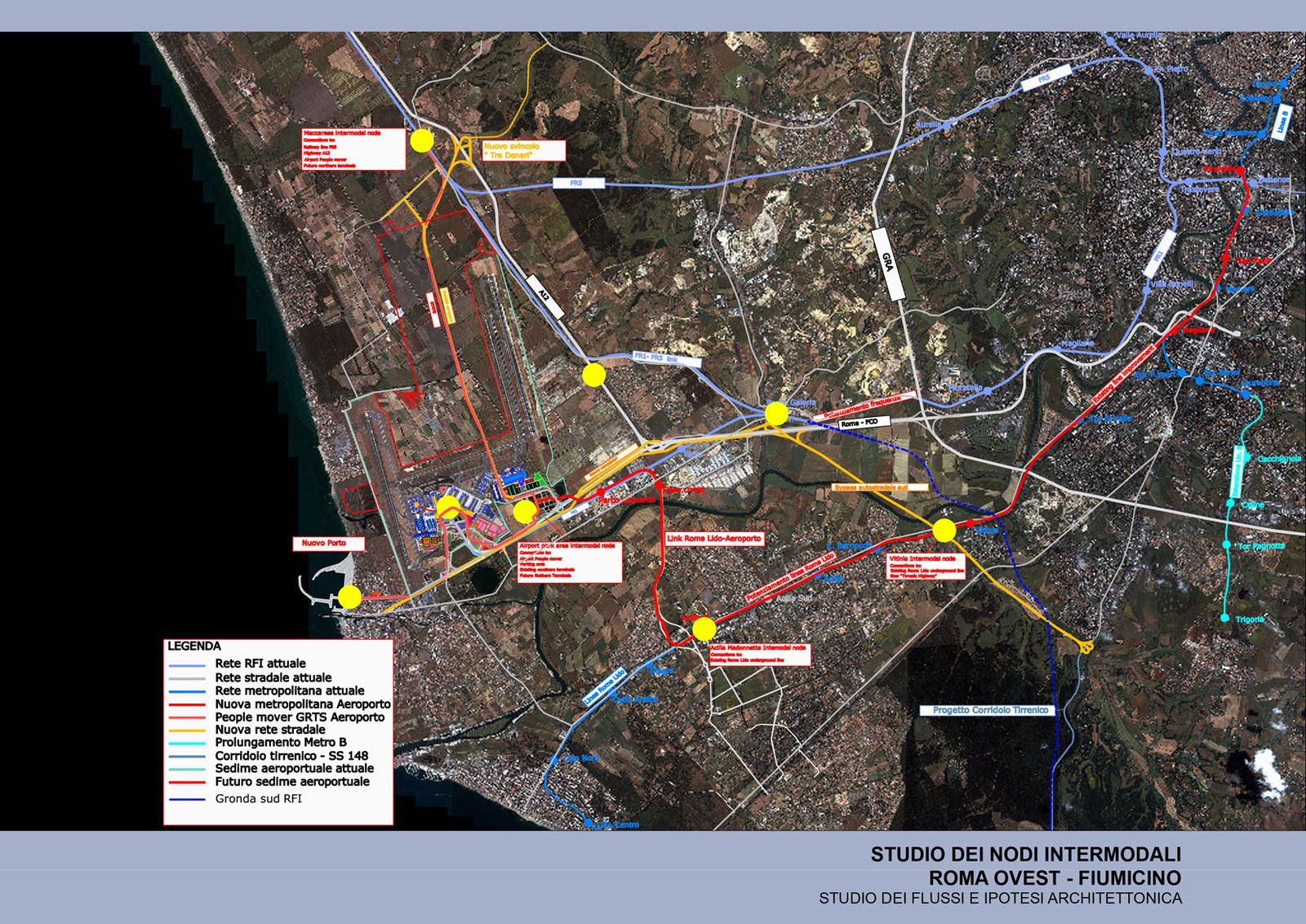 Rome Fiumicino Airport – Specific Environmental StudiesSettore: Airports
Rome Fiumicino Airport – Specific Environmental StudiesSettore: Airports -
 Rome – Study on charged parking systemSettore: Public Administrations
Rome – Study on charged parking systemSettore: Public Administrations -
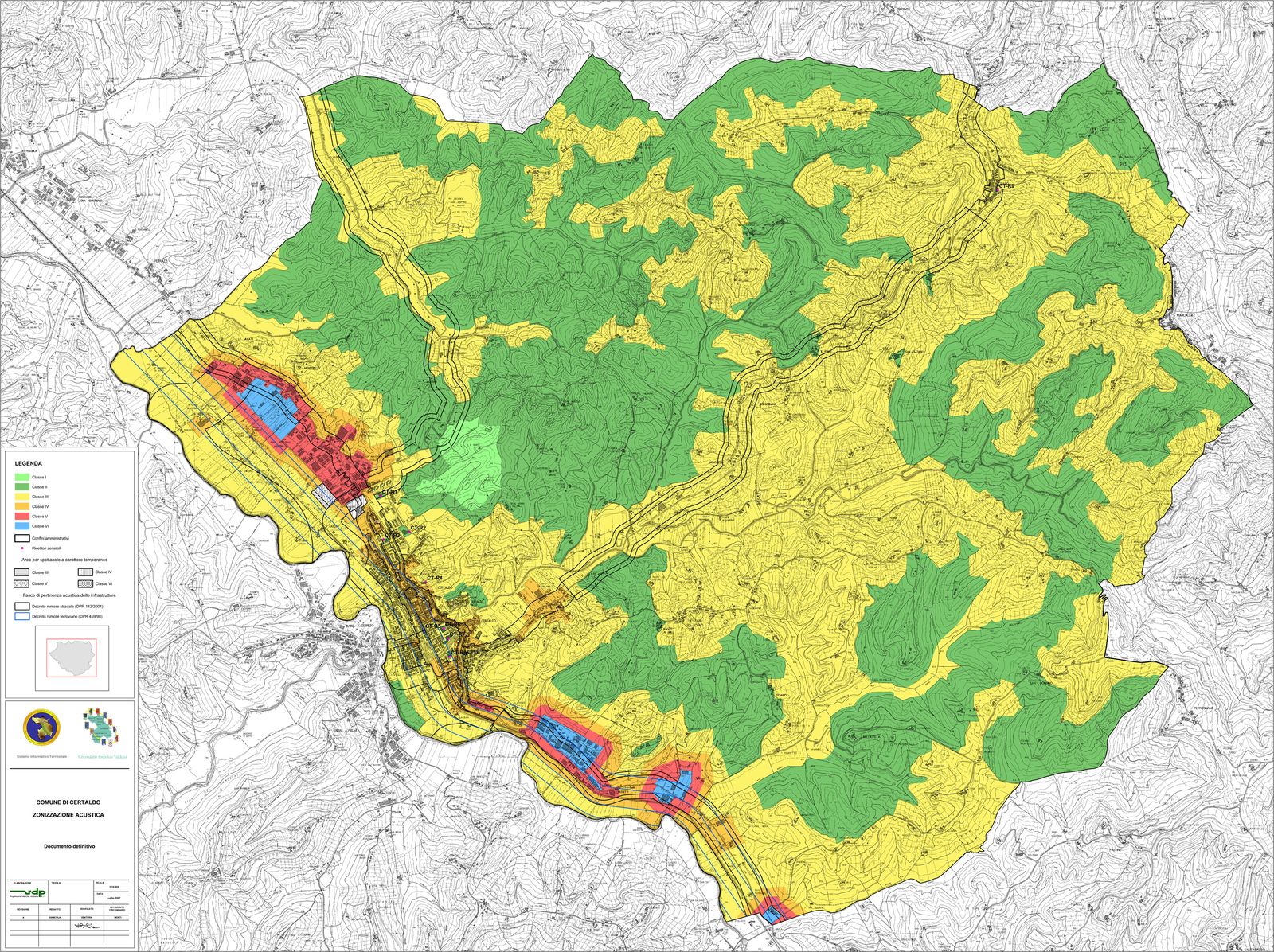 Acoustic Classification of Circondario Empolese ValdelsaSettore: Public Administrations
Acoustic Classification of Circondario Empolese ValdelsaSettore: Public Administrations -
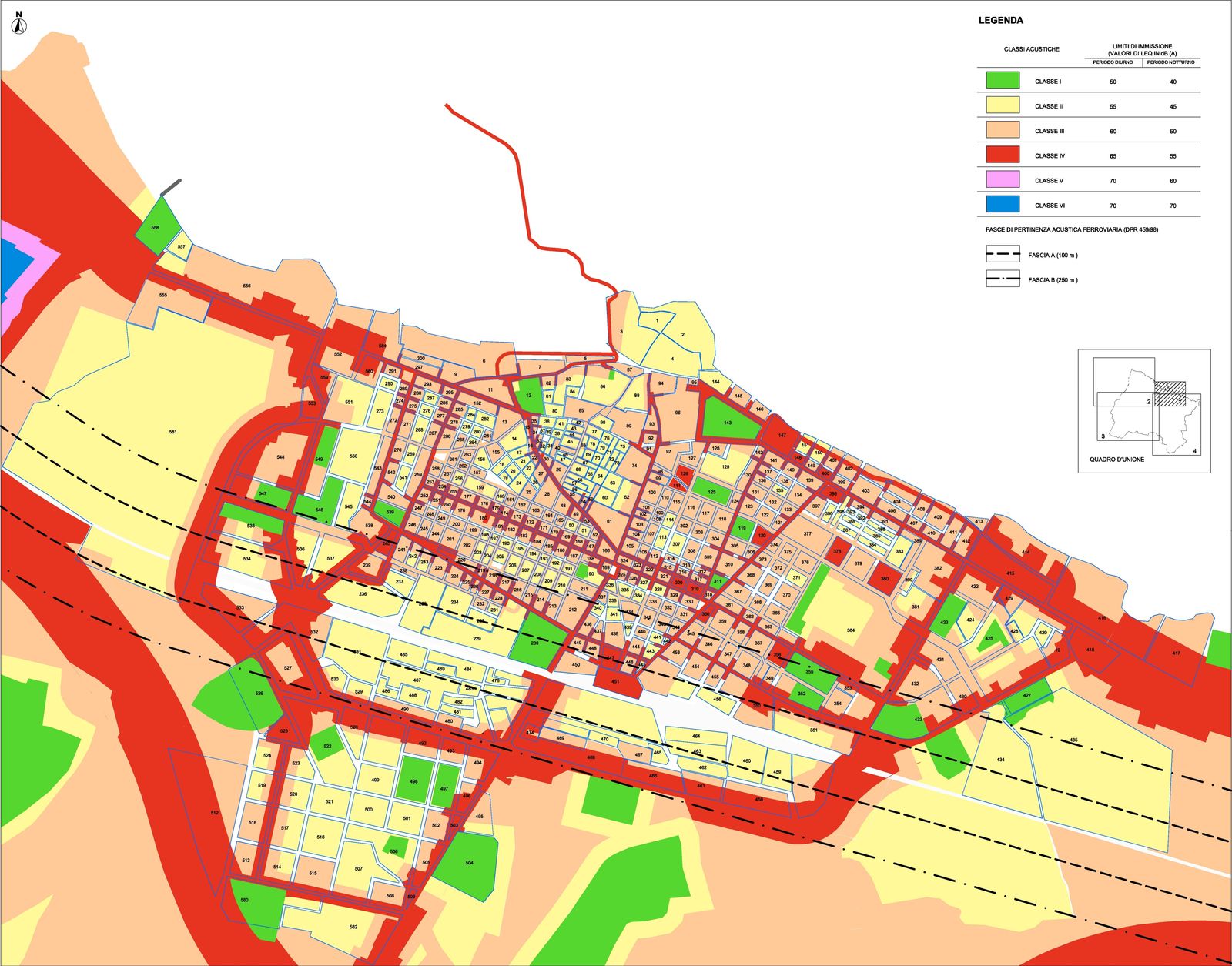 Molfetta Municipality Acoustic Classification/Mitigation PlanSettore: Public Administrations
Molfetta Municipality Acoustic Classification/Mitigation PlanSettore: Public Administrations -
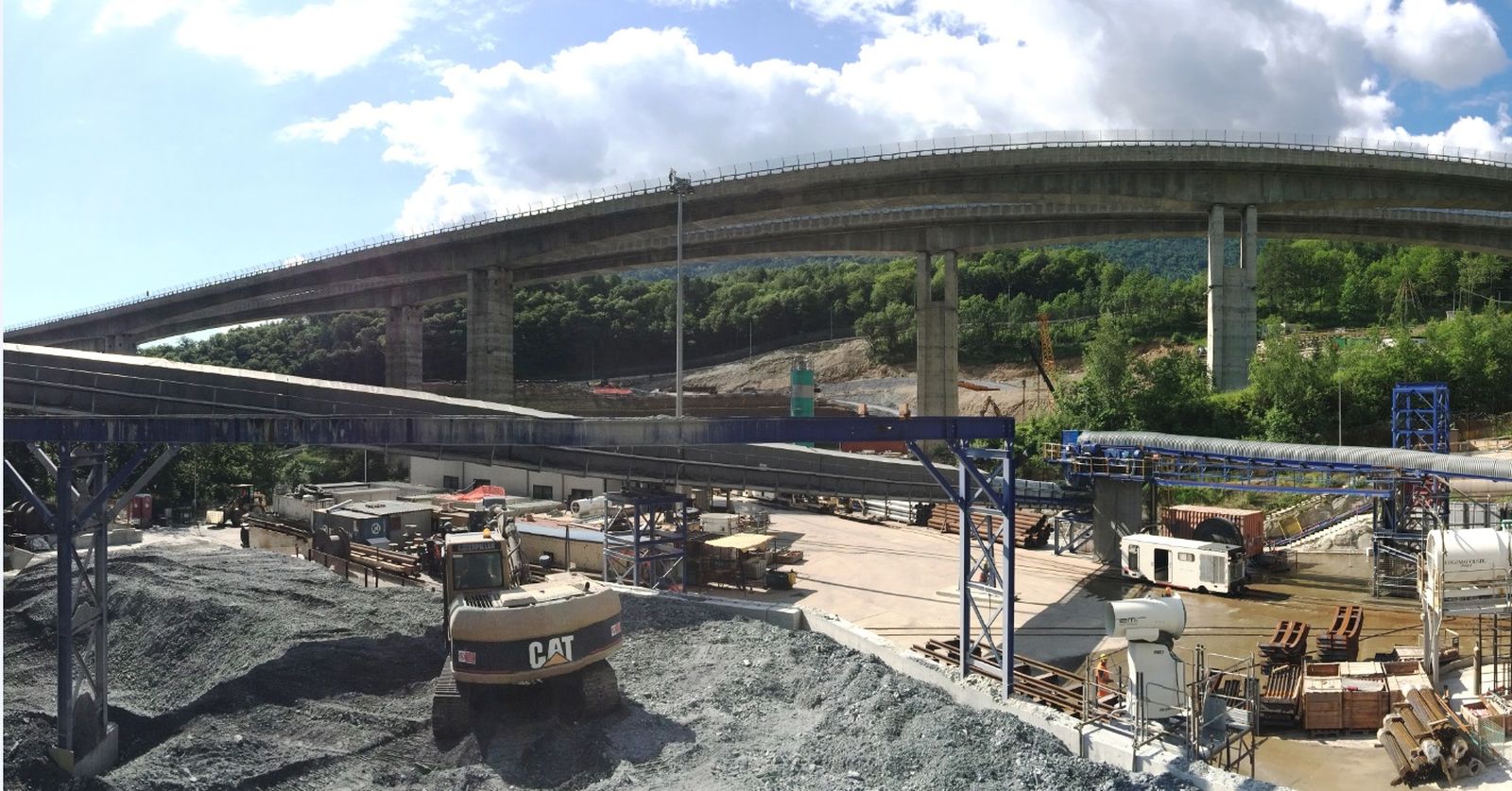 Turin–Lyon High Speed Railway LineSettore: Railways & Station
Turin–Lyon High Speed Railway LineSettore: Railways & Station -
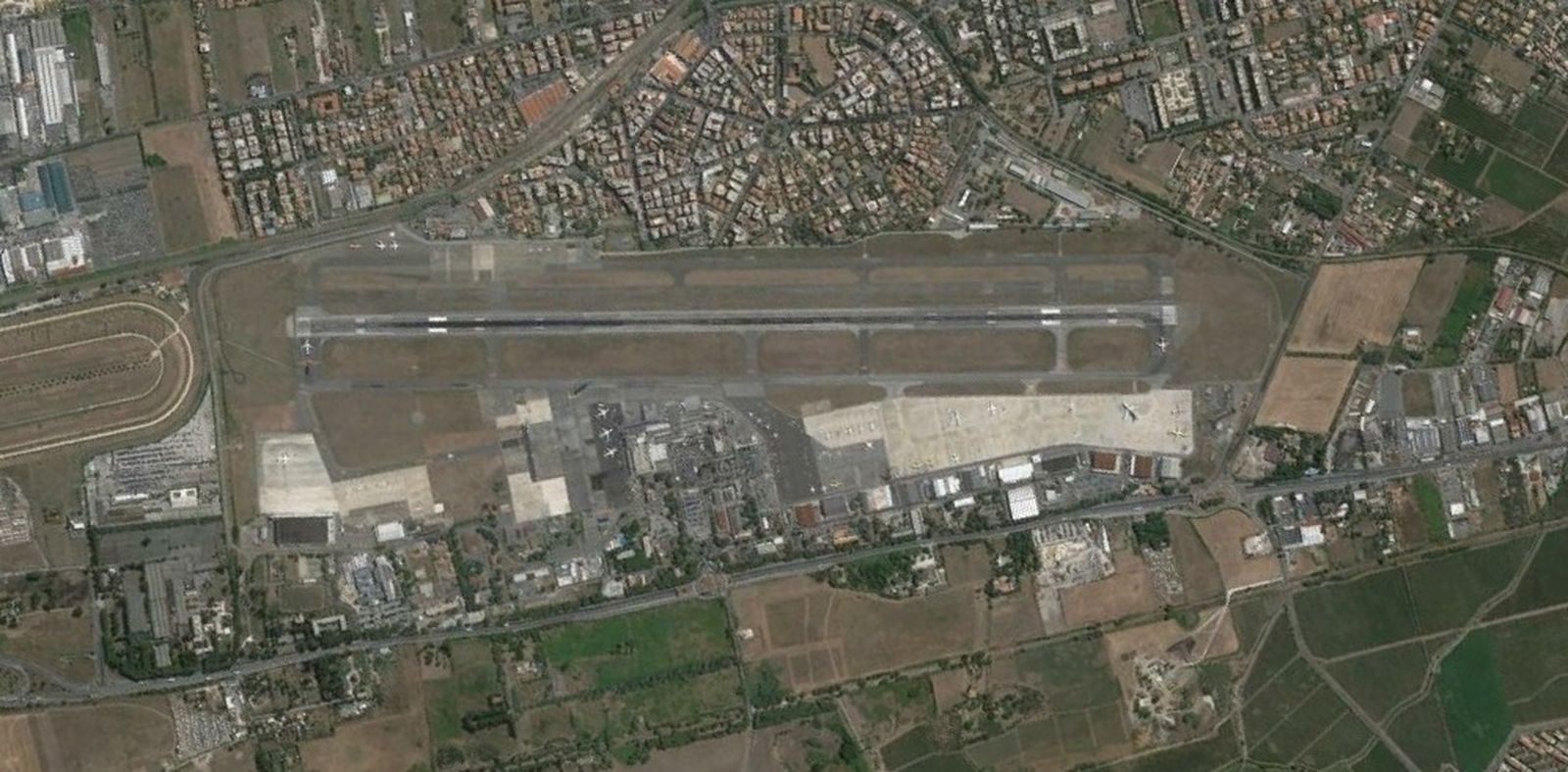 Rome Ciampino AirportSettore: Airports
Rome Ciampino AirportSettore: Airports -
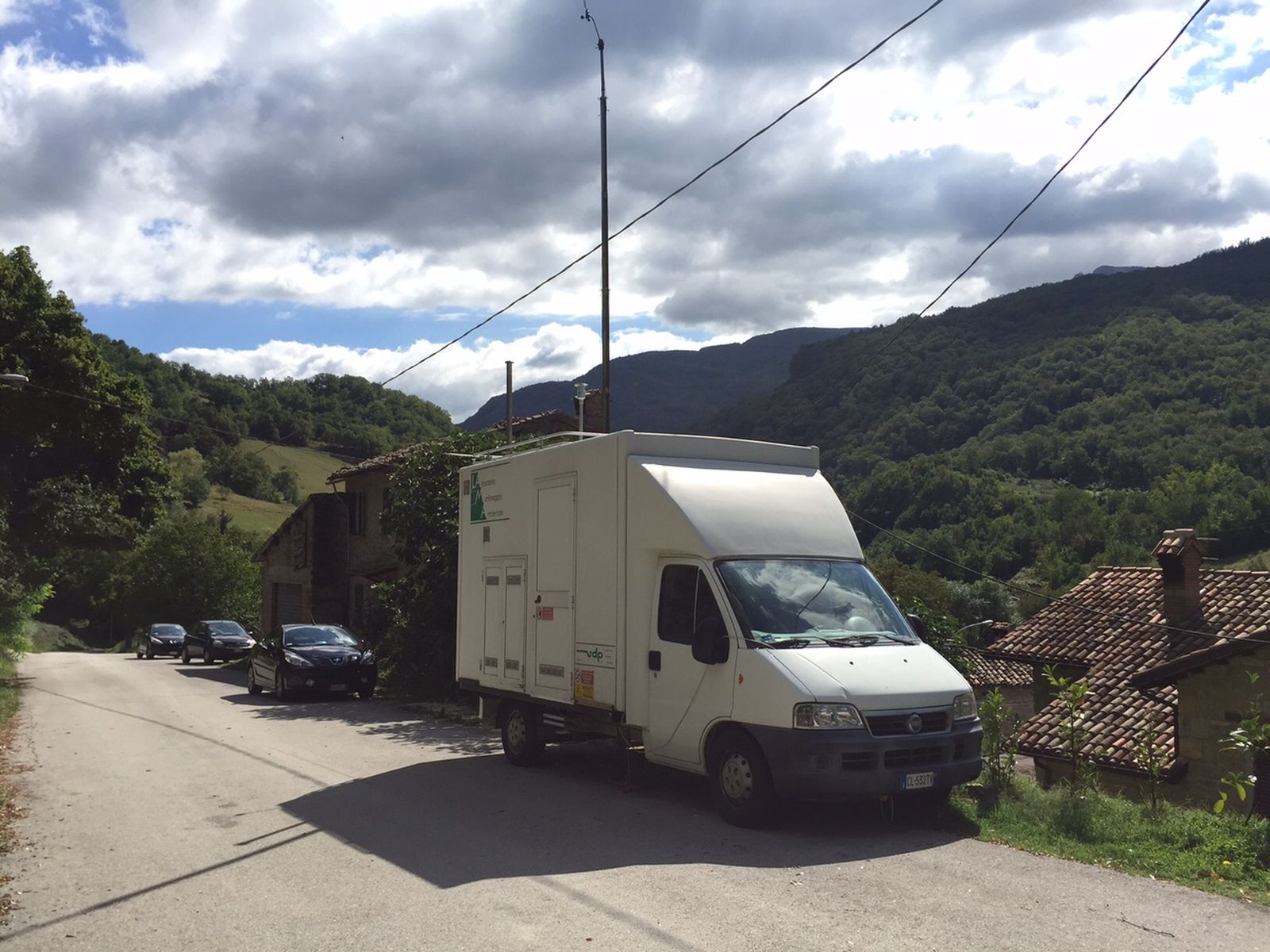 Salaria Main Road (SS4) – Trisungo – Acquasanta SectionSettore: Roads & Highways
Salaria Main Road (SS4) – Trisungo – Acquasanta SectionSettore: Roads & Highways -
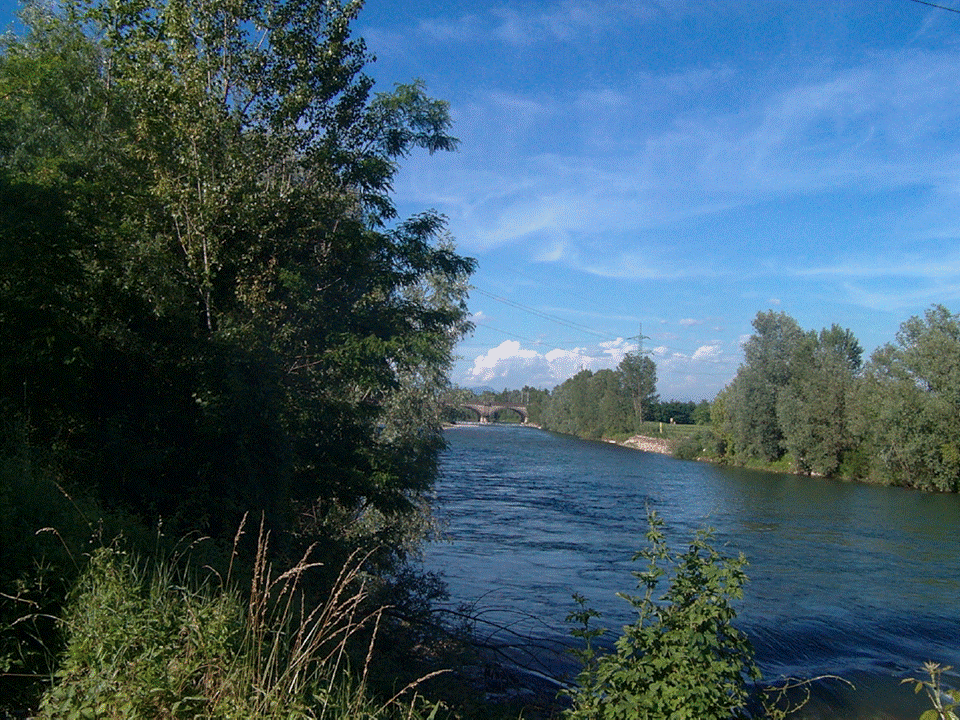 Milan-Venice Railway Line – Pioltello-Treviglio SectionSettore: Railways & Station
Milan-Venice Railway Line – Pioltello-Treviglio SectionSettore: Railways & Station -
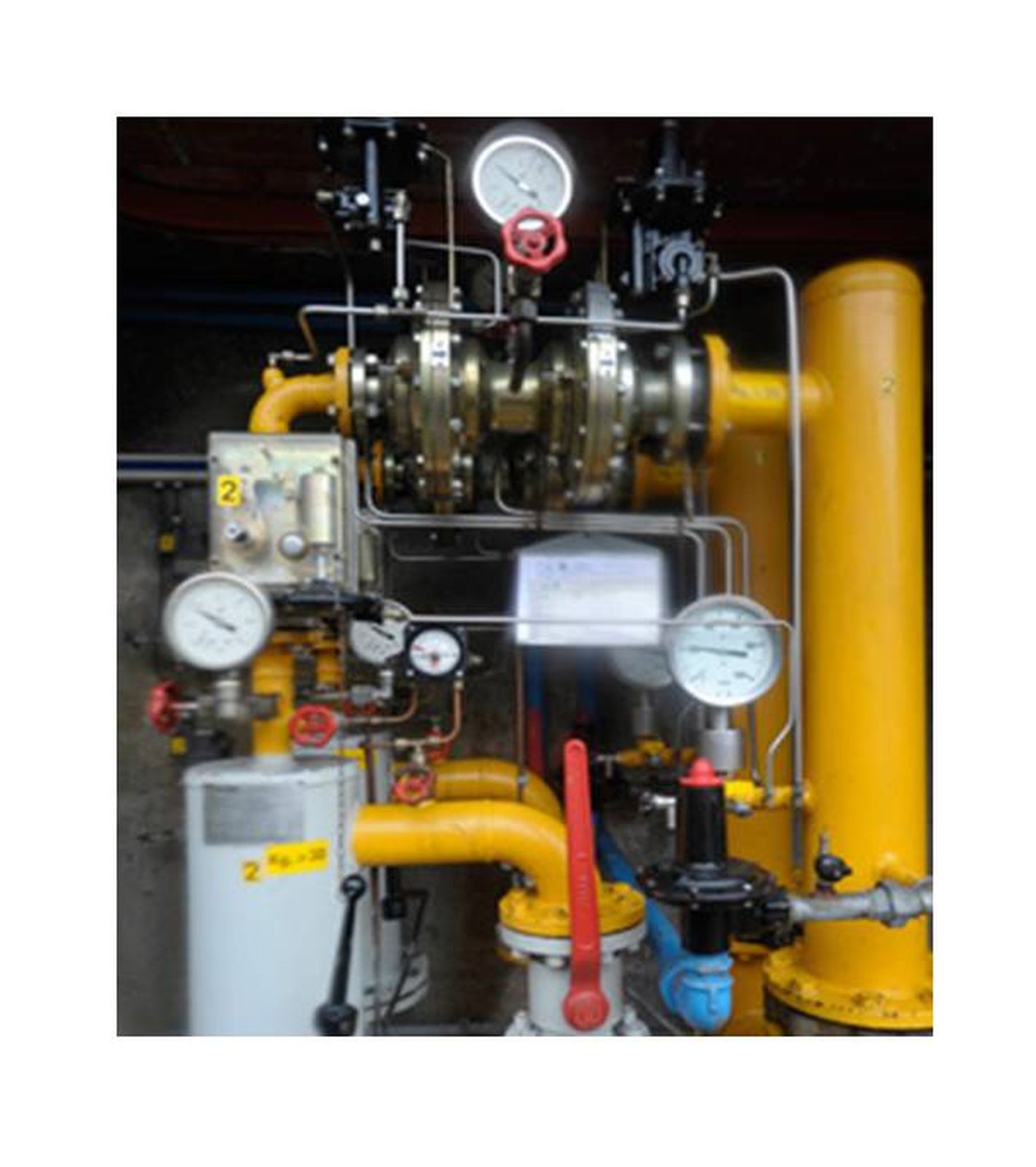 Natural gas reducing stations in RomeSettore: Energy Infrastructures
Natural gas reducing stations in RomeSettore: Energy Infrastructures -
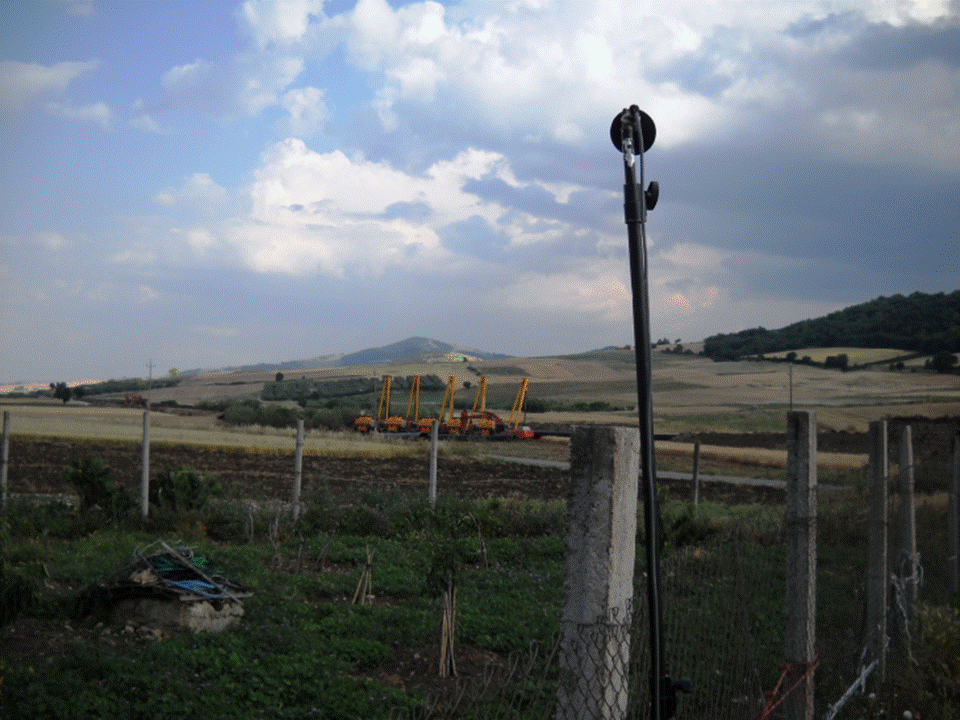 Massafra-Biccari Natural Gas PipelineSettore: Energy Infrastructures
Massafra-Biccari Natural Gas PipelineSettore: Energy Infrastructures -
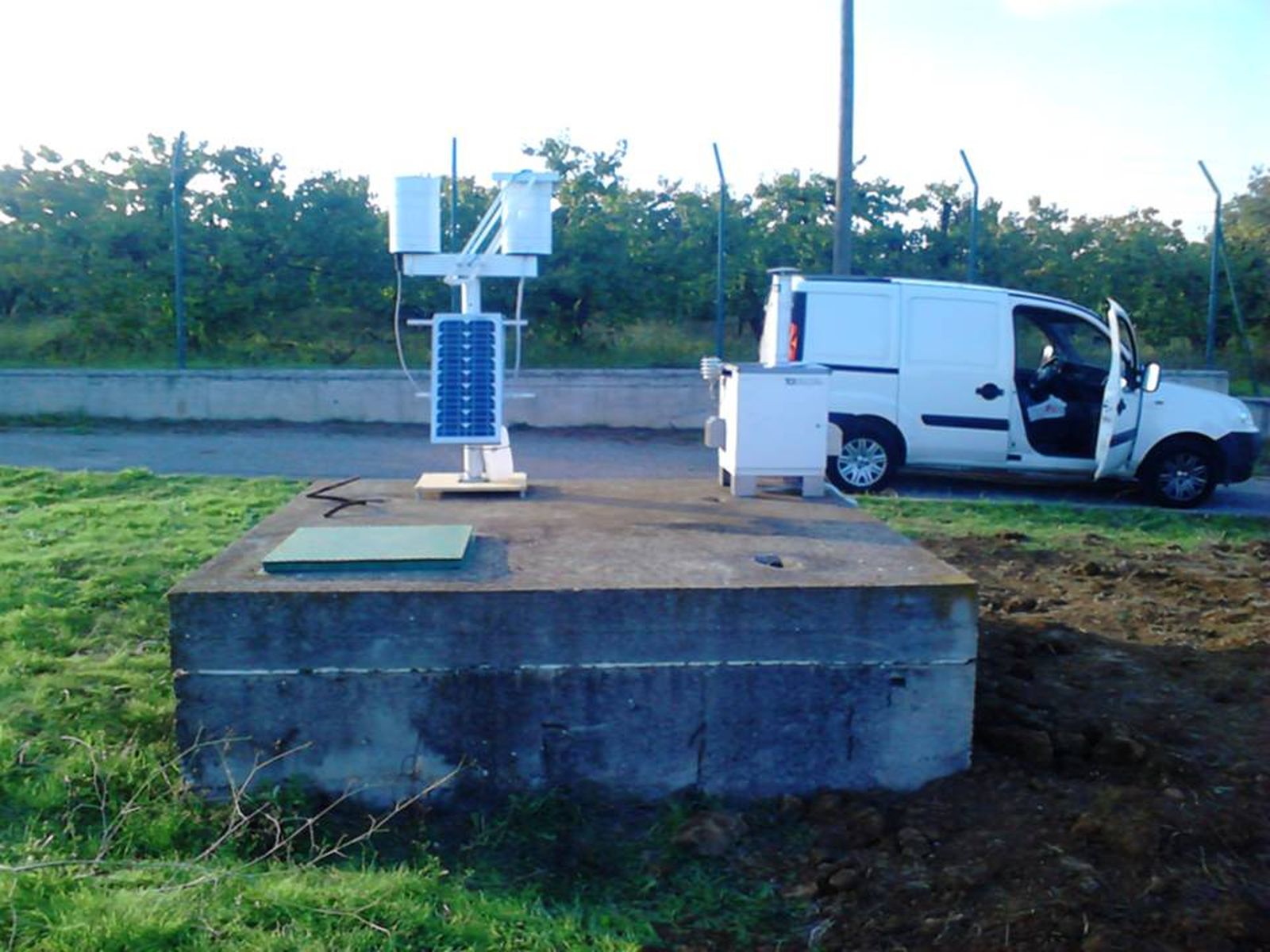 Air Quality Monitoring – Trisaia Nuclear Power PlantSettore: Decommissioning
Air Quality Monitoring – Trisaia Nuclear Power PlantSettore: Decommissioning -
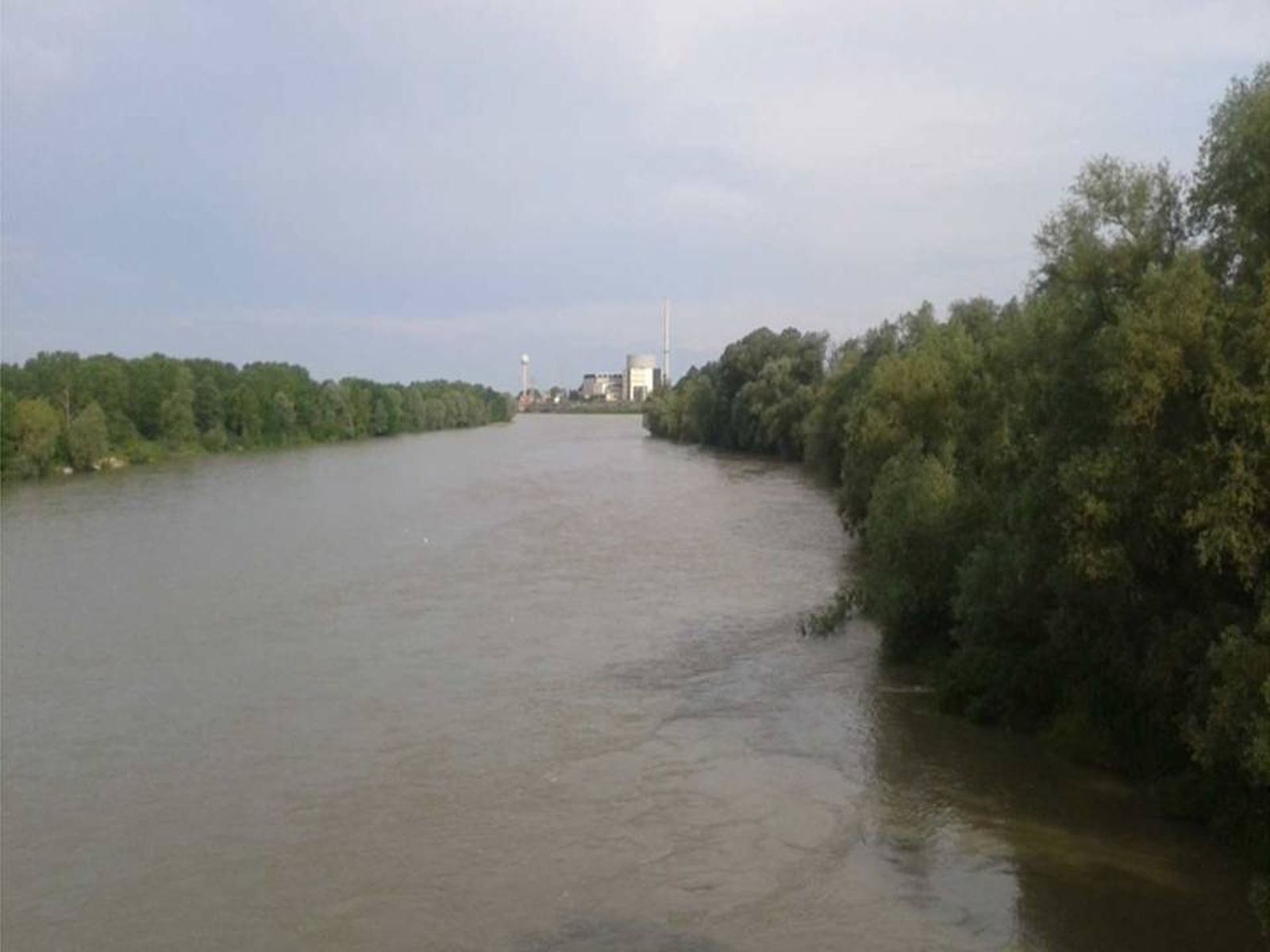 Air and Water Quality Monitoring-Trino Nuclear PlantSettore: Decommissioning
Air and Water Quality Monitoring-Trino Nuclear PlantSettore: Decommissioning -
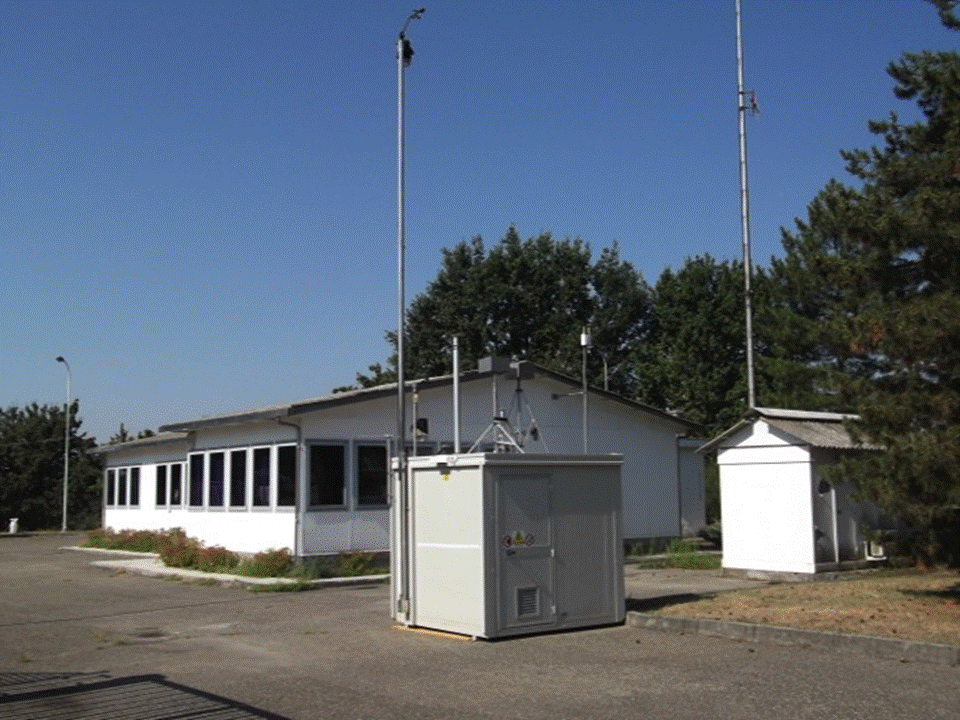 Air Quality Monitoring – Caorso Nuclear Power PlantSettore: Decommissioning
Air Quality Monitoring – Caorso Nuclear Power PlantSettore: Decommissioning -
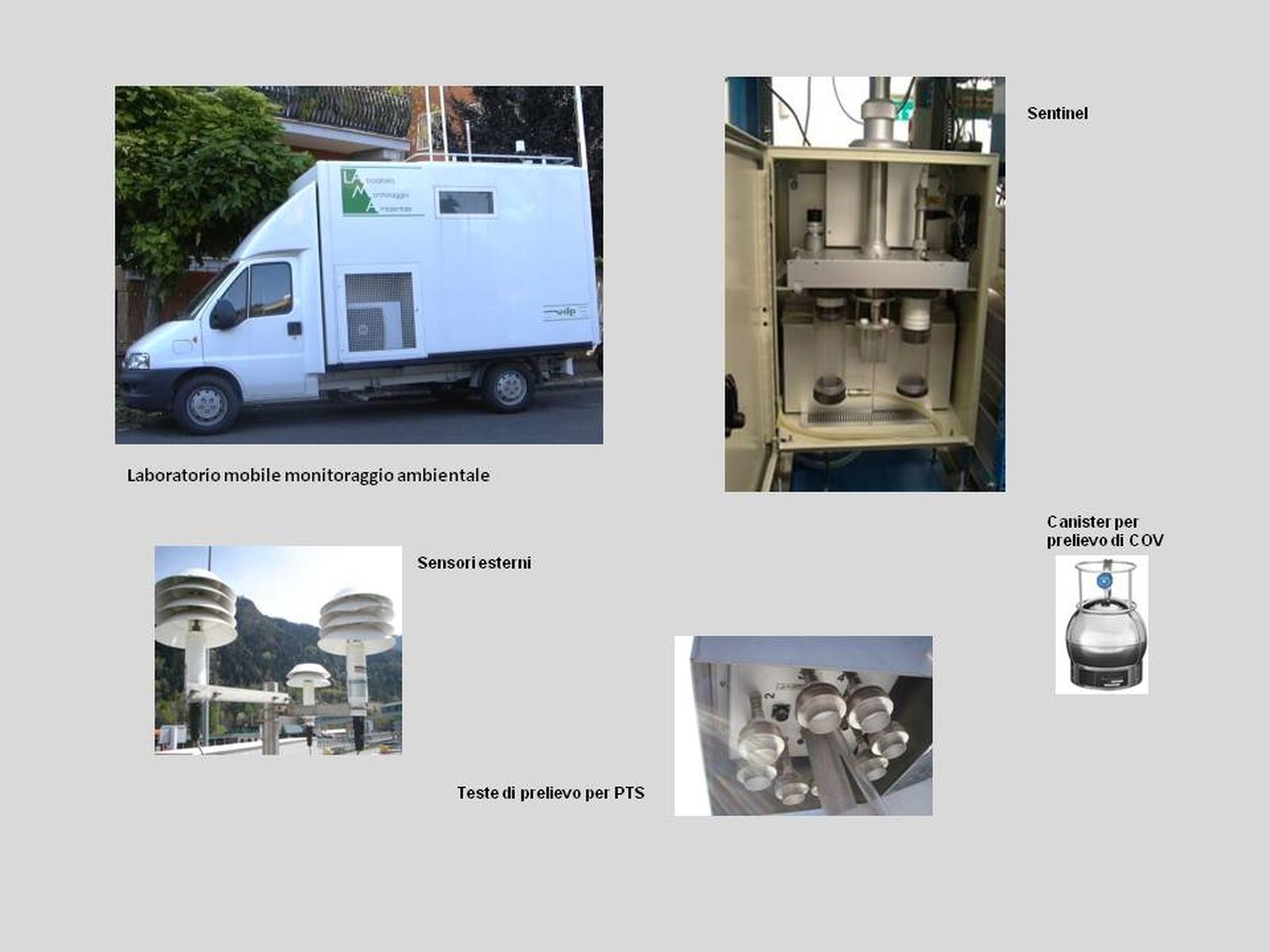 Air Quality Monitoring – Latina Nuclear Power PlantSettore: Decommissioning
Air Quality Monitoring – Latina Nuclear Power PlantSettore: Decommissioning -
 Environmental services contract – Sogin nuclear plantsSettore: Decommissioning
Environmental services contract – Sogin nuclear plantsSettore: Decommissioning -
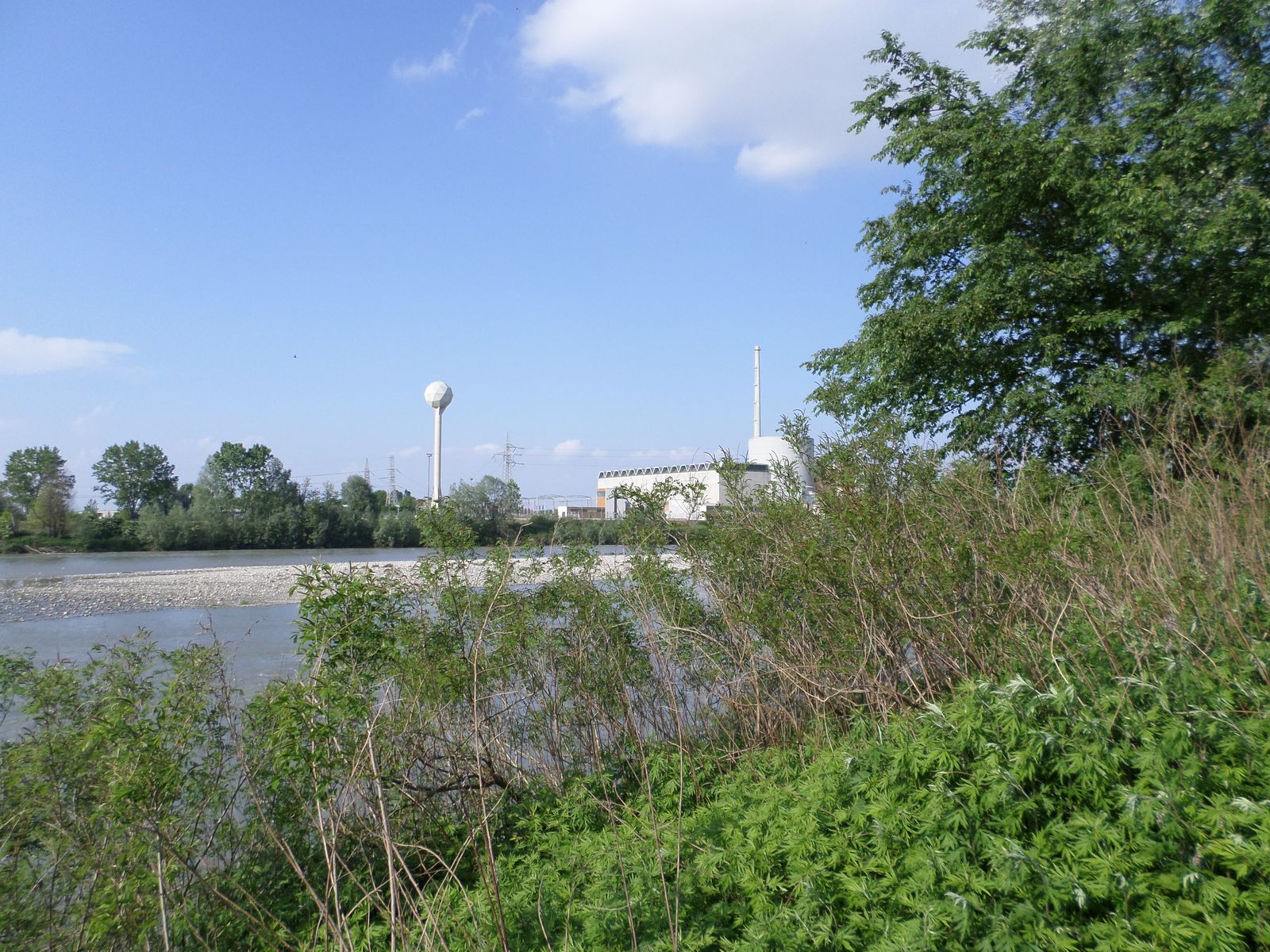 Vegetation, Flora, Fauna Monitoring-Trino Nuclear PlantSettore: Decommissioning
Vegetation, Flora, Fauna Monitoring-Trino Nuclear PlantSettore: Decommissioning -
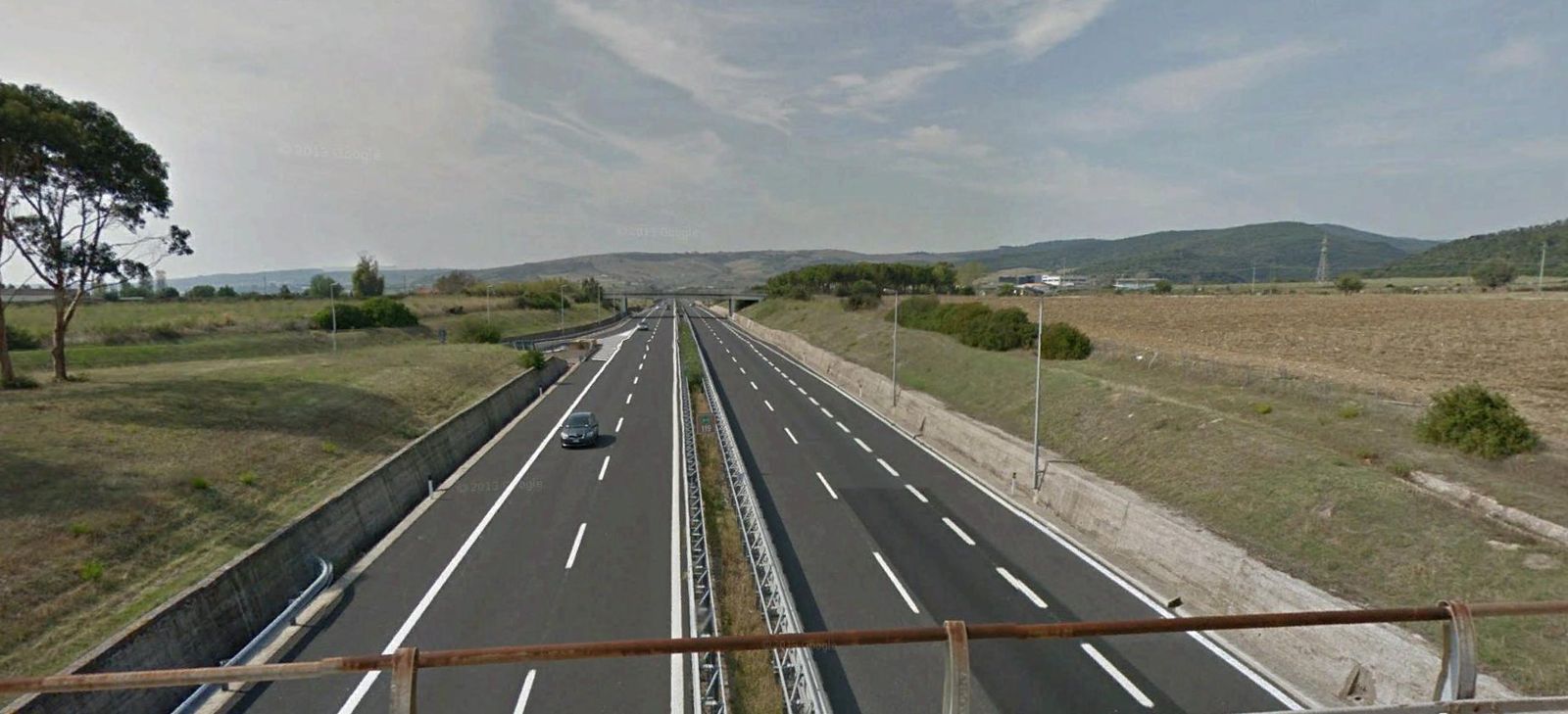 A12 Highway – Torrimpietra–Santa Marinella SectionSettore: Roads & Highways
A12 Highway – Torrimpietra–Santa Marinella SectionSettore: Roads & Highways -
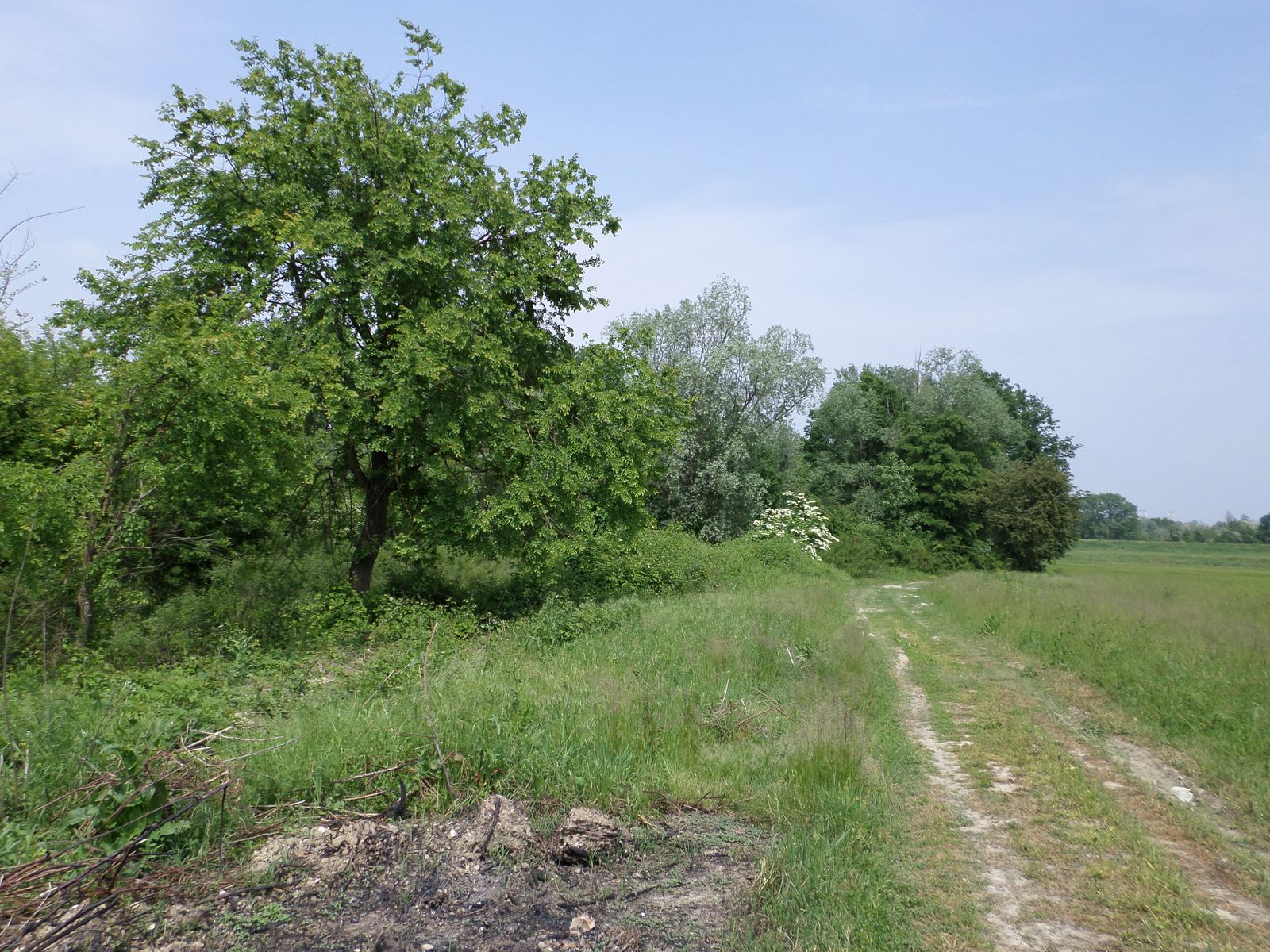 Caorso Nuclear Plant – Flora, Vegetation, Fauna MonitoringSettore: Decommissioning
Caorso Nuclear Plant – Flora, Vegetation, Fauna MonitoringSettore: Decommissioning -
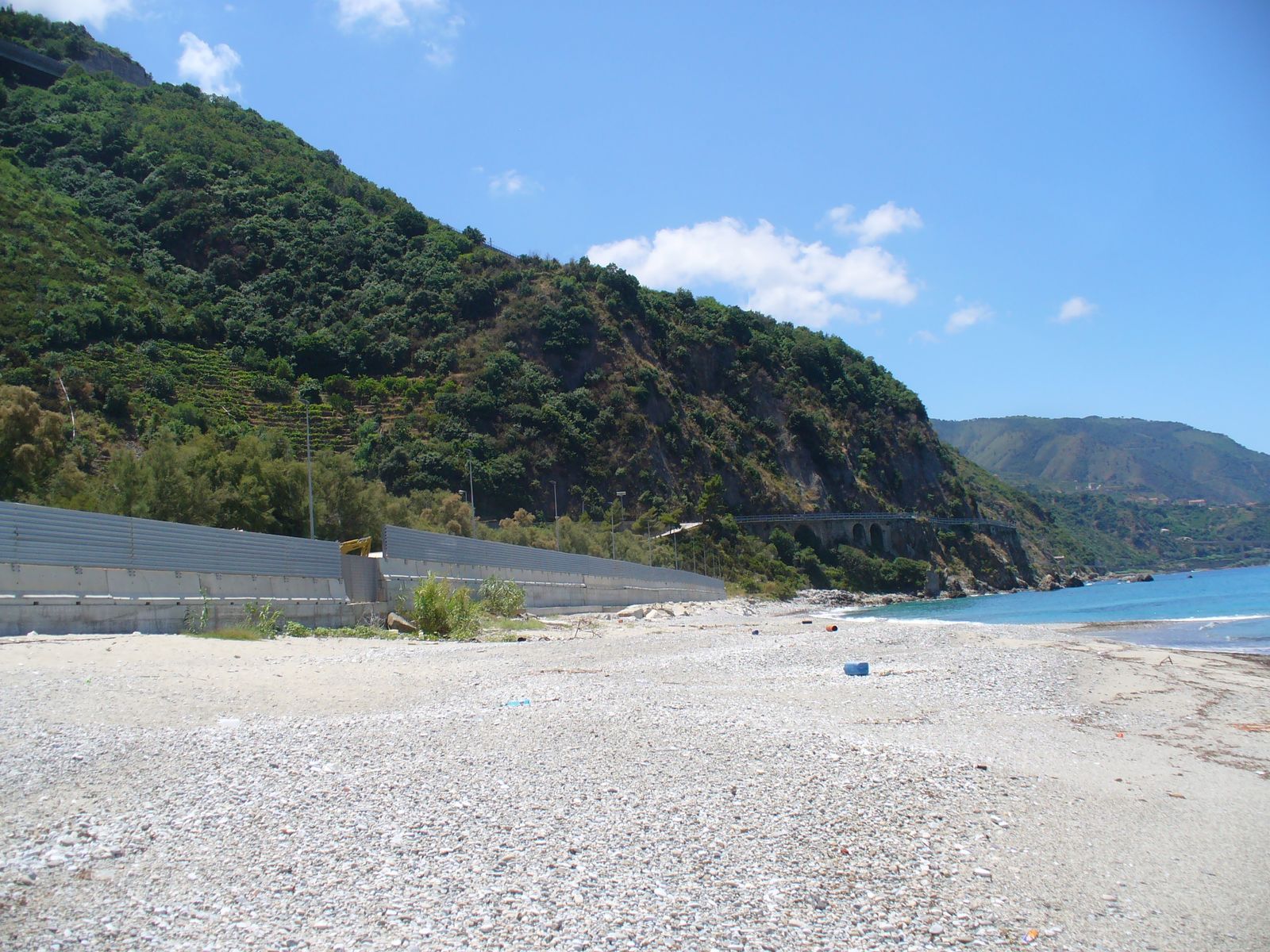 “Sorgente – Rizziconi” 380 kV Power LineSettore: Energy Infrastructures
“Sorgente – Rizziconi” 380 kV Power LineSettore: Energy Infrastructures -
 Vegetation Monitoring – Latina Nuclear Power PlantSettore: Decommissioning
Vegetation Monitoring – Latina Nuclear Power PlantSettore: Decommissioning -
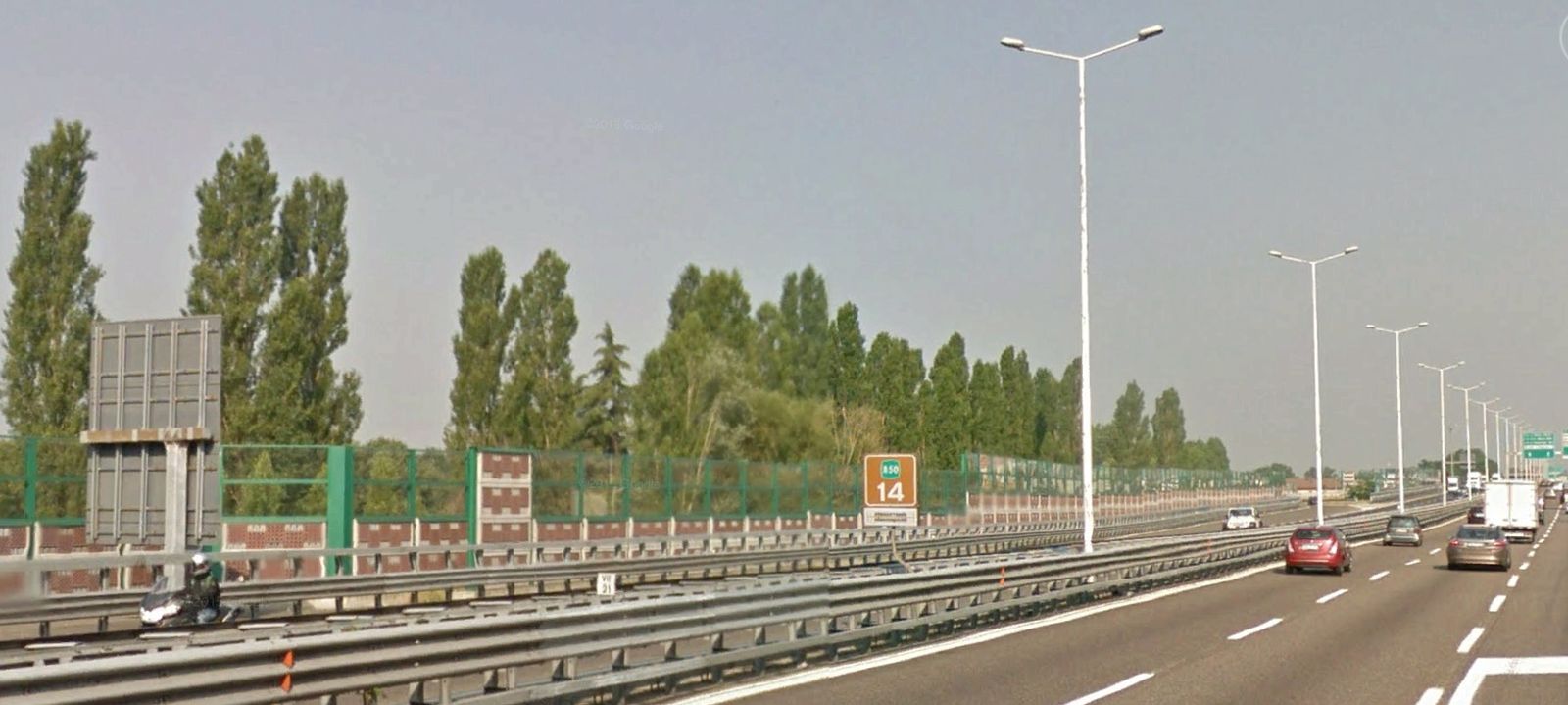 Milan Western Ring Road – Noise MitigationSettore: Roads & Highways
Milan Western Ring Road – Noise MitigationSettore: Roads & Highways -
 Noise Mitigation Plan – Province of RomeSettore: Roads & Highways
Noise Mitigation Plan – Province of RomeSettore: Roads & Highways -
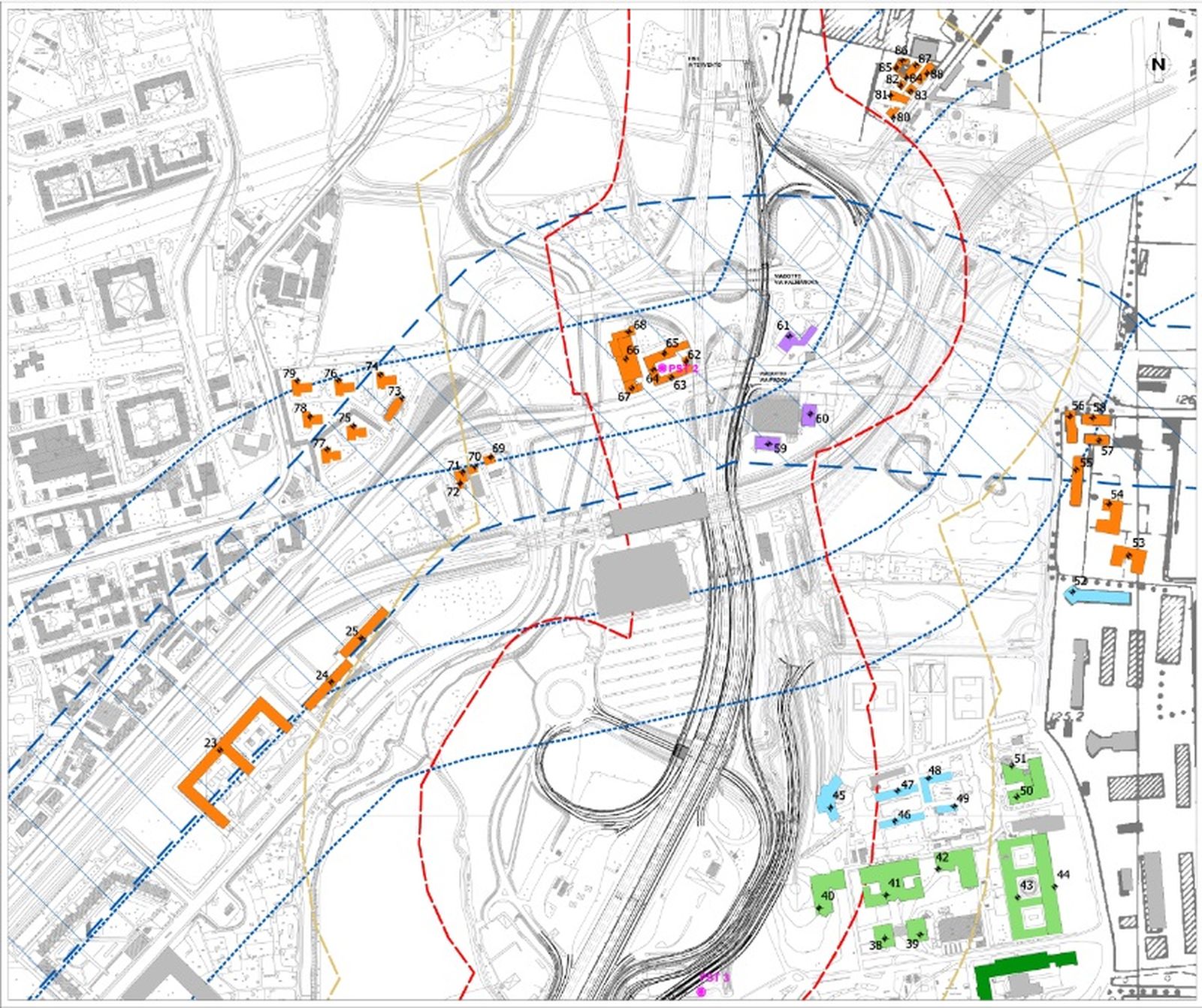 Milan Ring Roads – Noise Mitigation PlansSettore: Roads & Highways
Milan Ring Roads – Noise Mitigation PlansSettore: Roads & Highways -
 Torino-Bardonecchia Highway – Autoroute de la MaurienneSettore: Roads & Highways
Torino-Bardonecchia Highway – Autoroute de la MaurienneSettore: Roads & Highways -
 Genoa road and highway junctionSettore: Roads & Highways
Genoa road and highway junctionSettore: Roads & Highways -
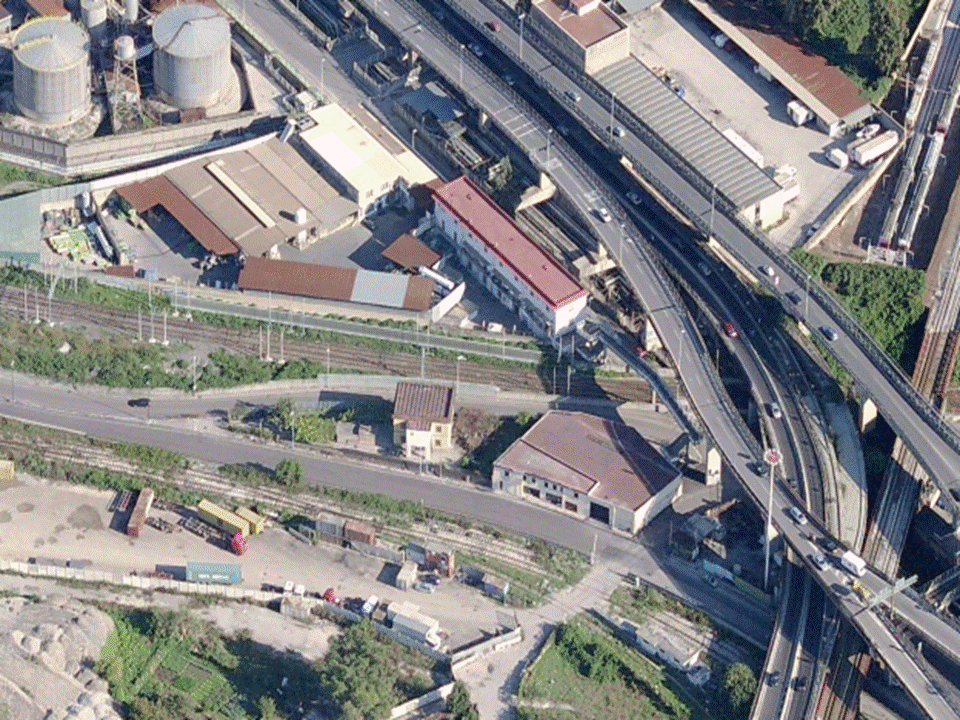 Noise Mitigation Plans in the A3 zone of NaplesSettore: Railways & Station
Noise Mitigation Plans in the A3 zone of NaplesSettore: Railways & Station -
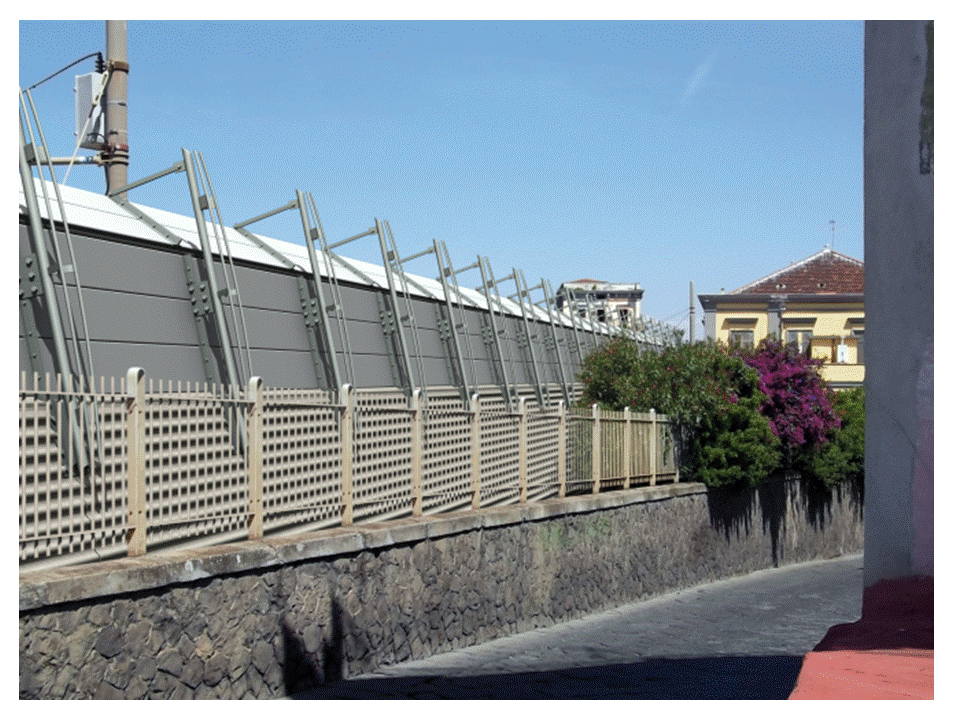 Noise Mitigation Plan for 3 Municipalities in Naples areaSettore: Railways & Station
Noise Mitigation Plan for 3 Municipalities in Naples areaSettore: Railways & Station -
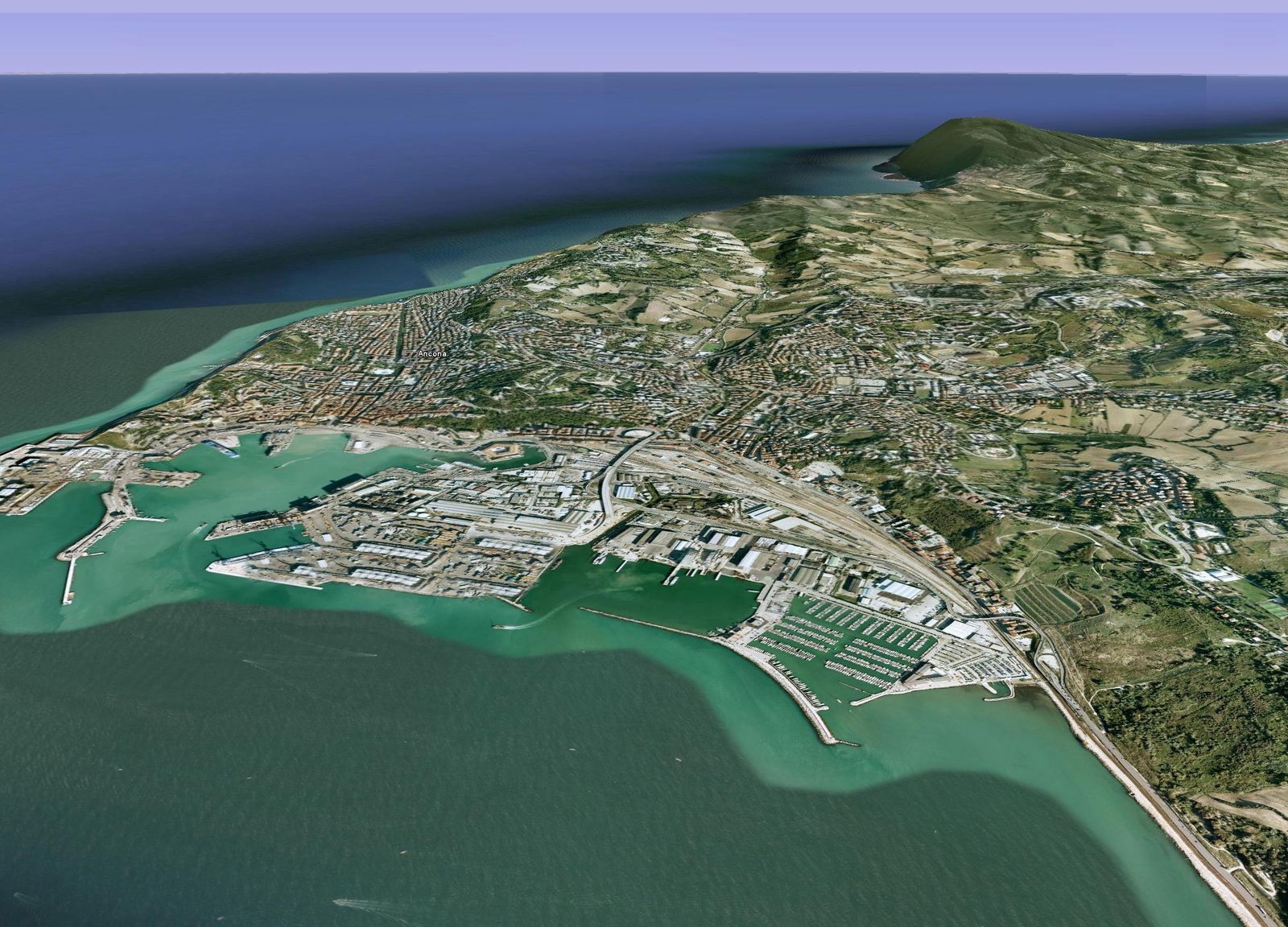 Port of AnconaSettore: Ports and hydraulic projects
Port of AnconaSettore: Ports and hydraulic projects -
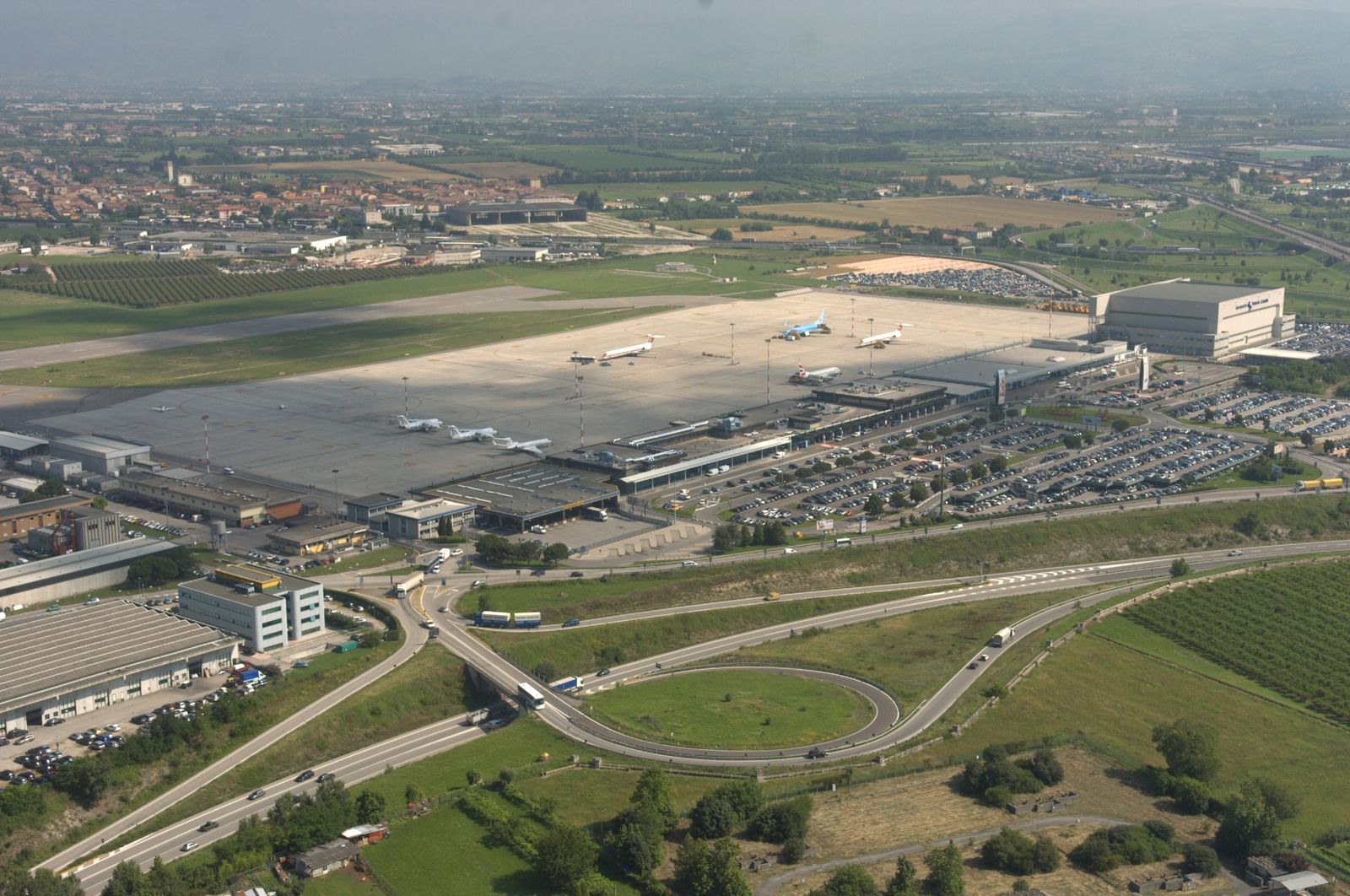 Verona AirportSettore: Airports
Verona AirportSettore: Airports -
 Rivolto (UD) Air Force BaseSettore: Airports
Rivolto (UD) Air Force BaseSettore: Airports -
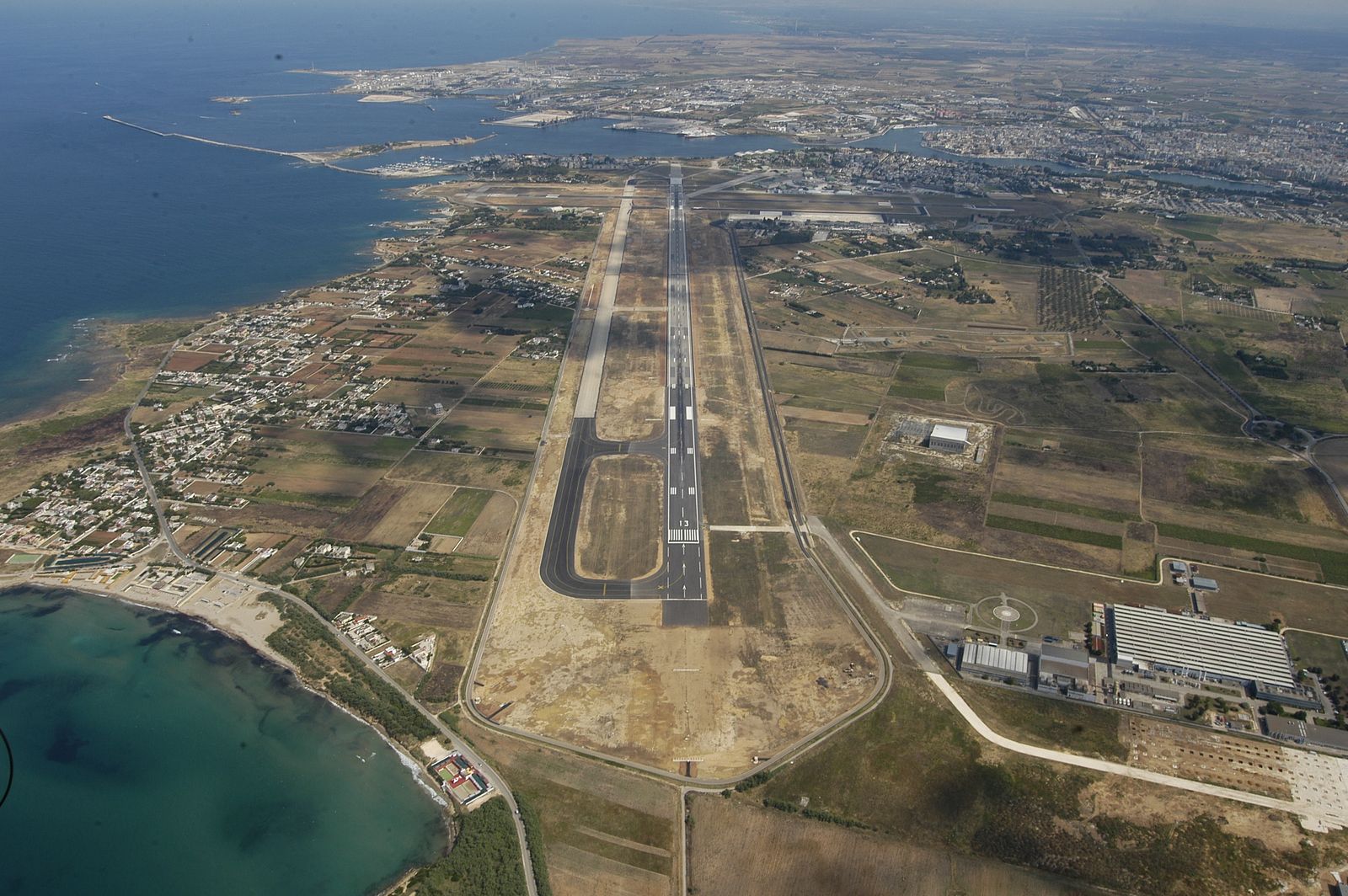 Brindisi AirportSettore: Airports
Brindisi AirportSettore: Airports -
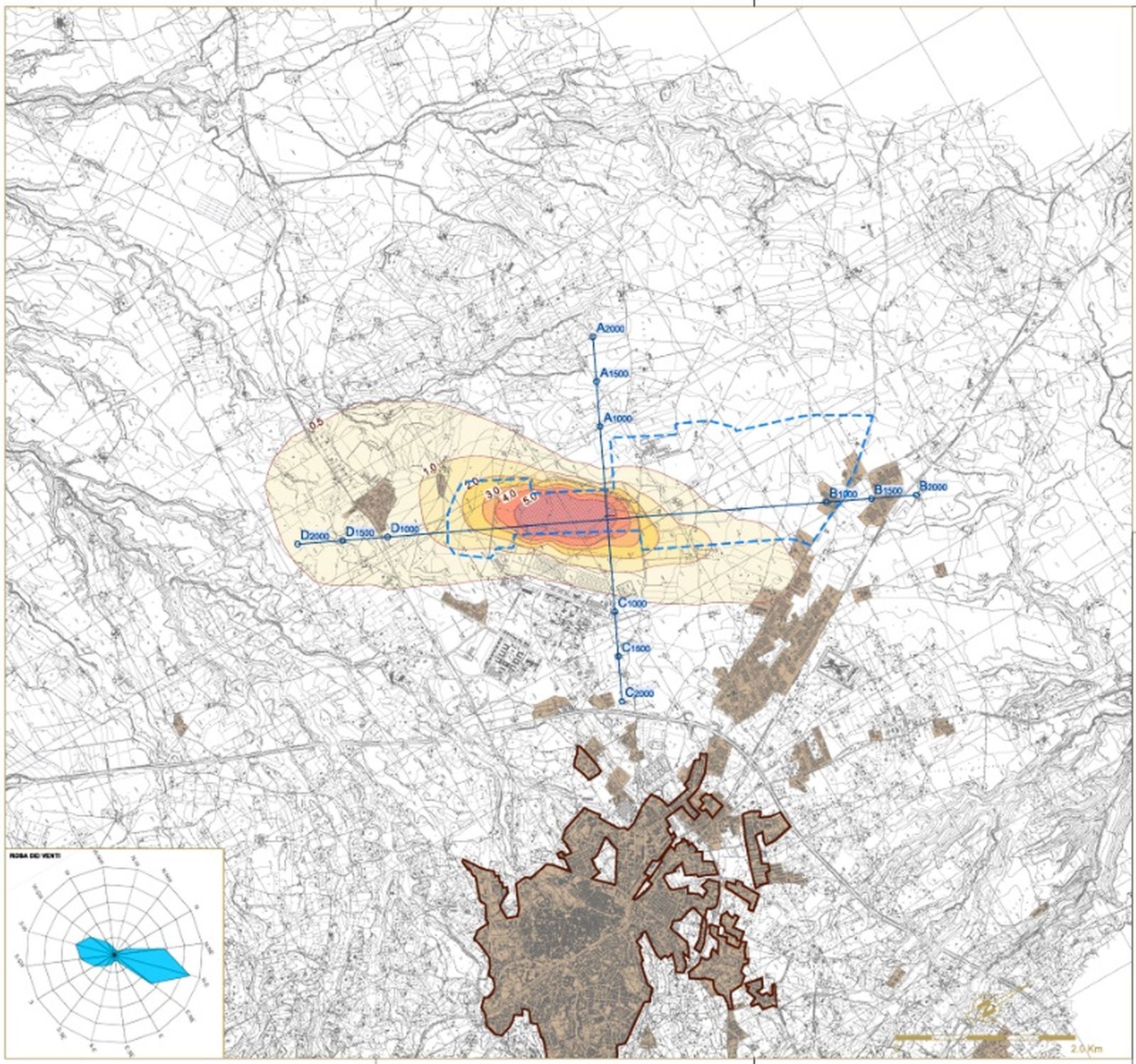 Viterbo Airport HubSettore: Airports
Viterbo Airport HubSettore: Airports -
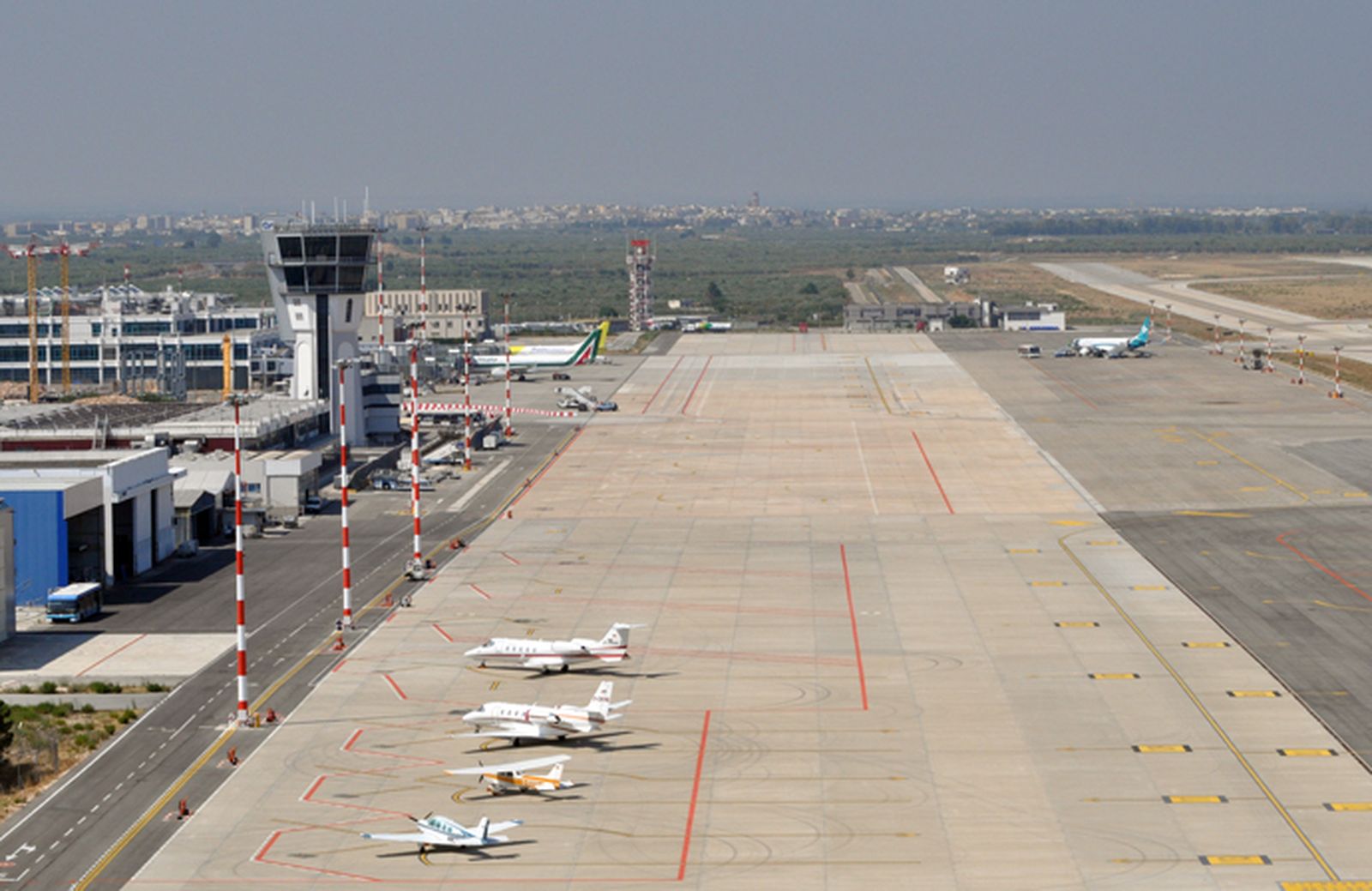 Bari AirportSettore: Airports
Bari AirportSettore: Airports -
 Catania AirportSettore: Airports
Catania AirportSettore: Airports